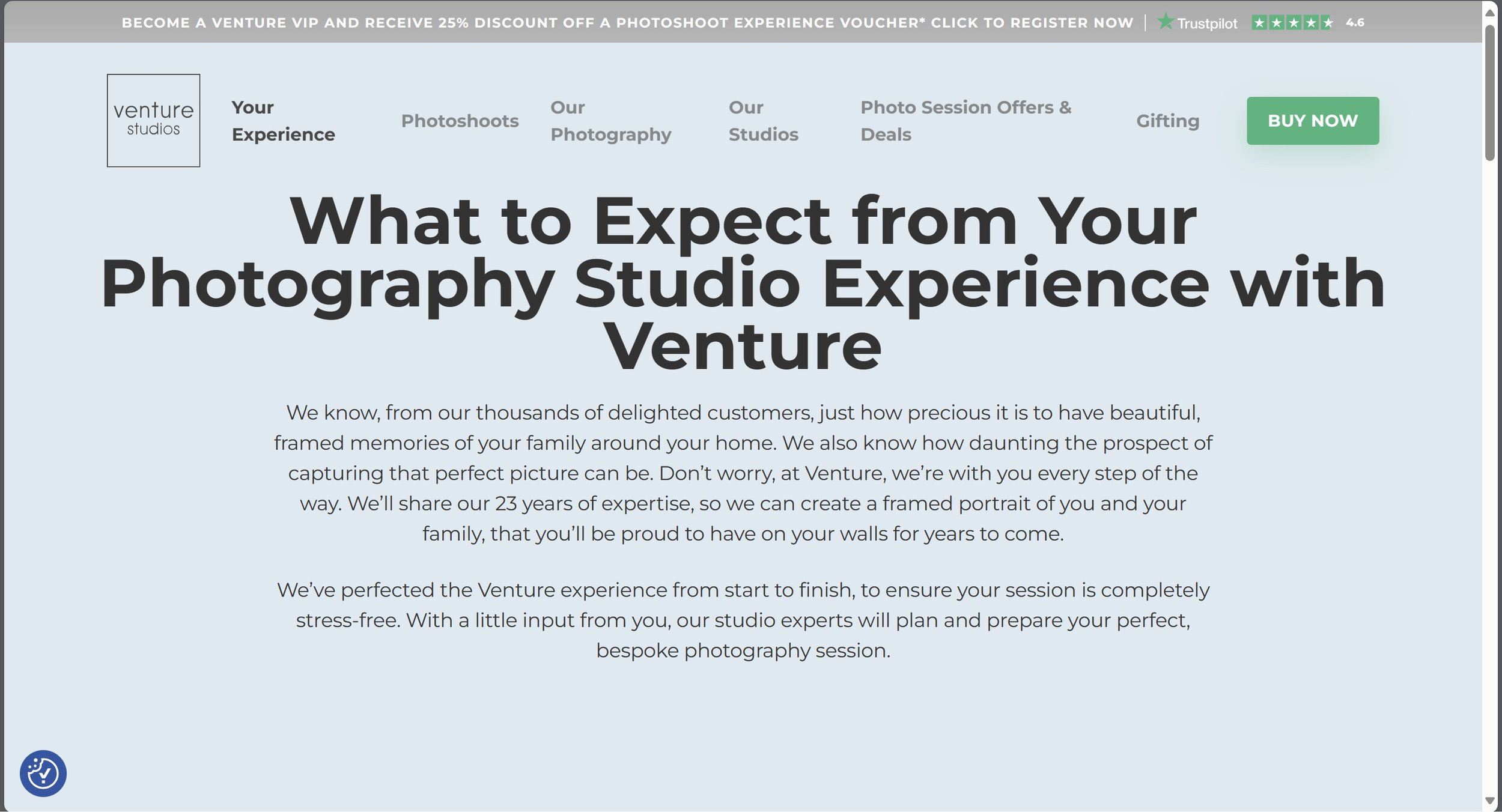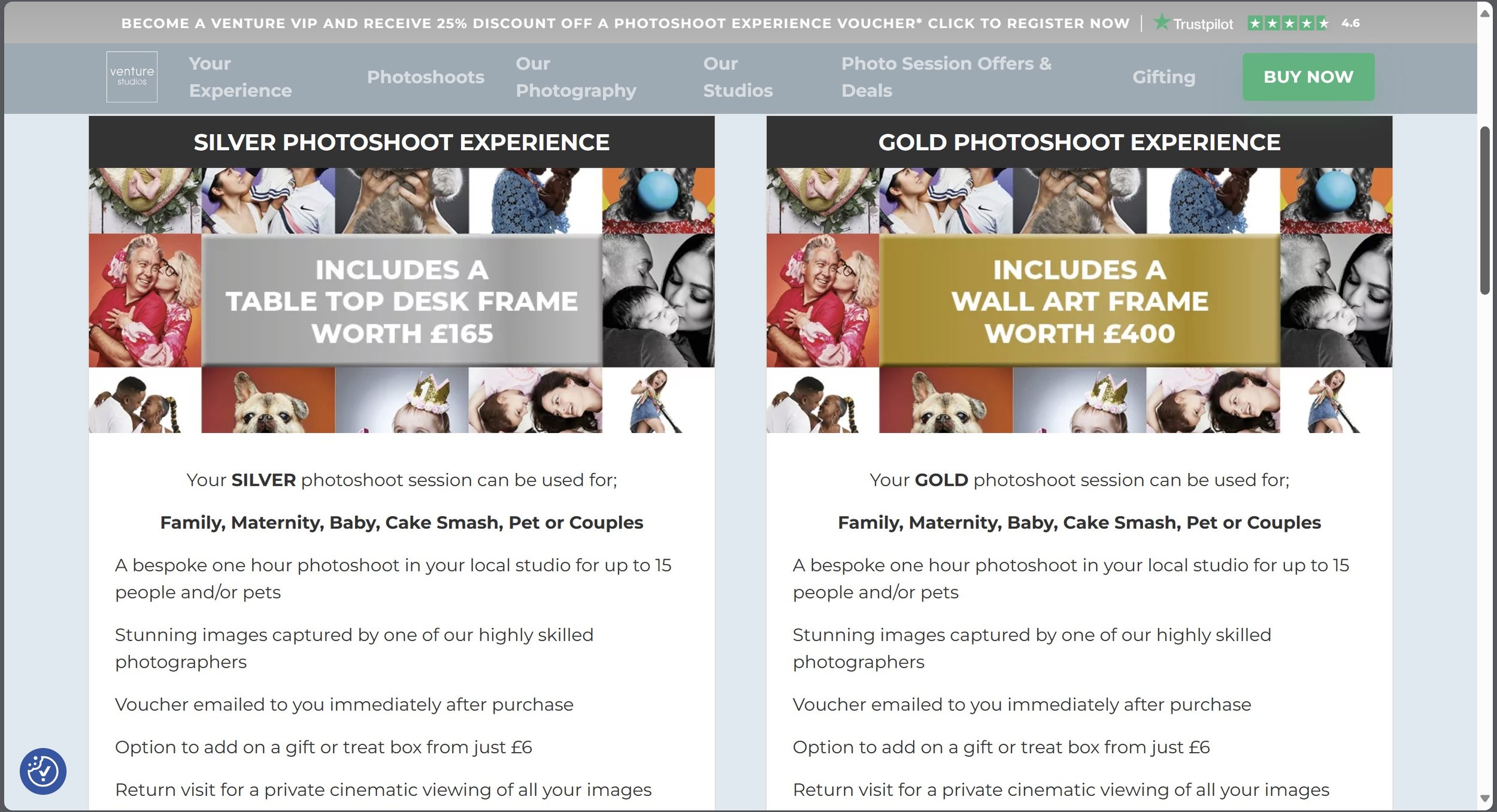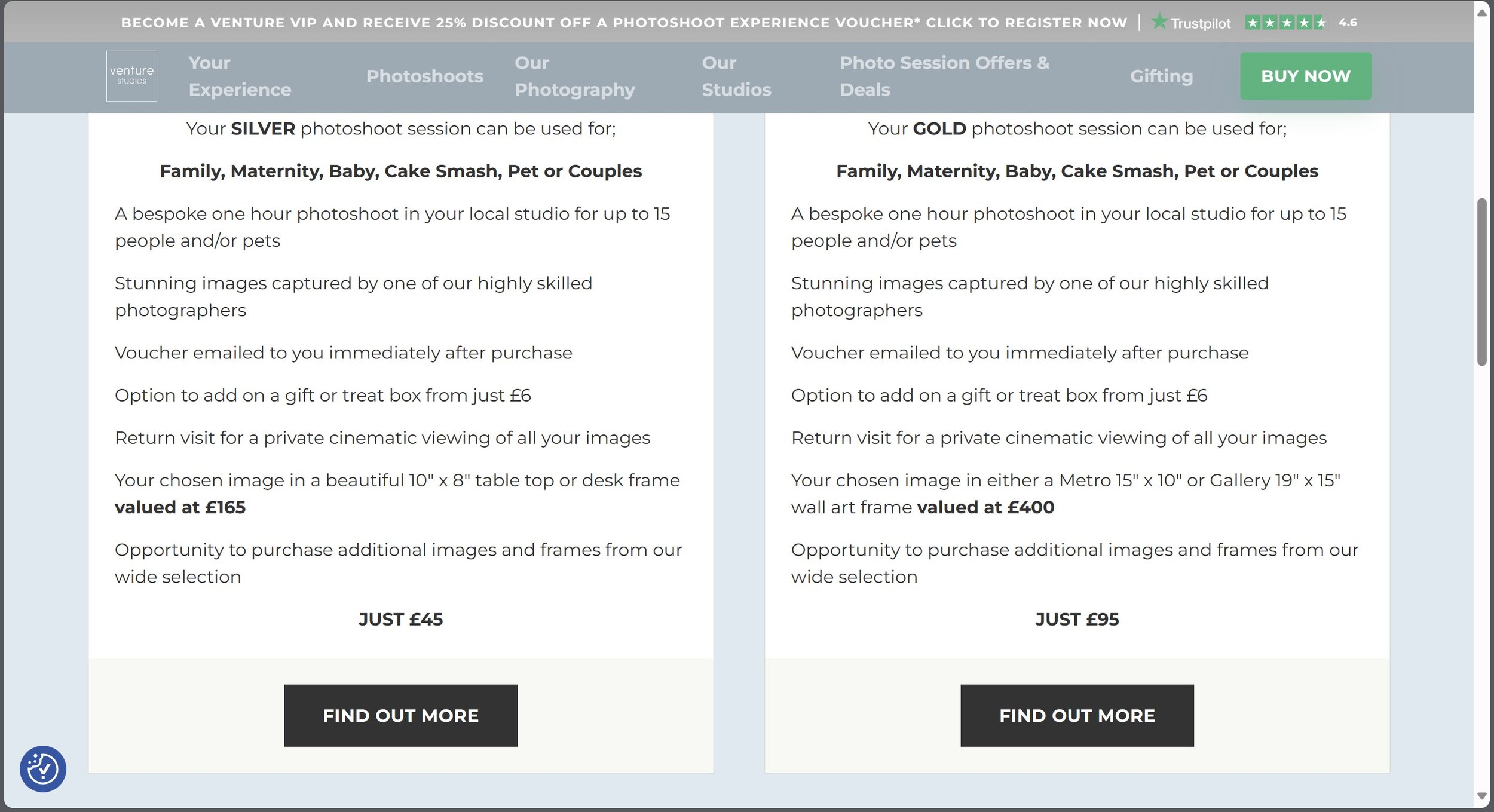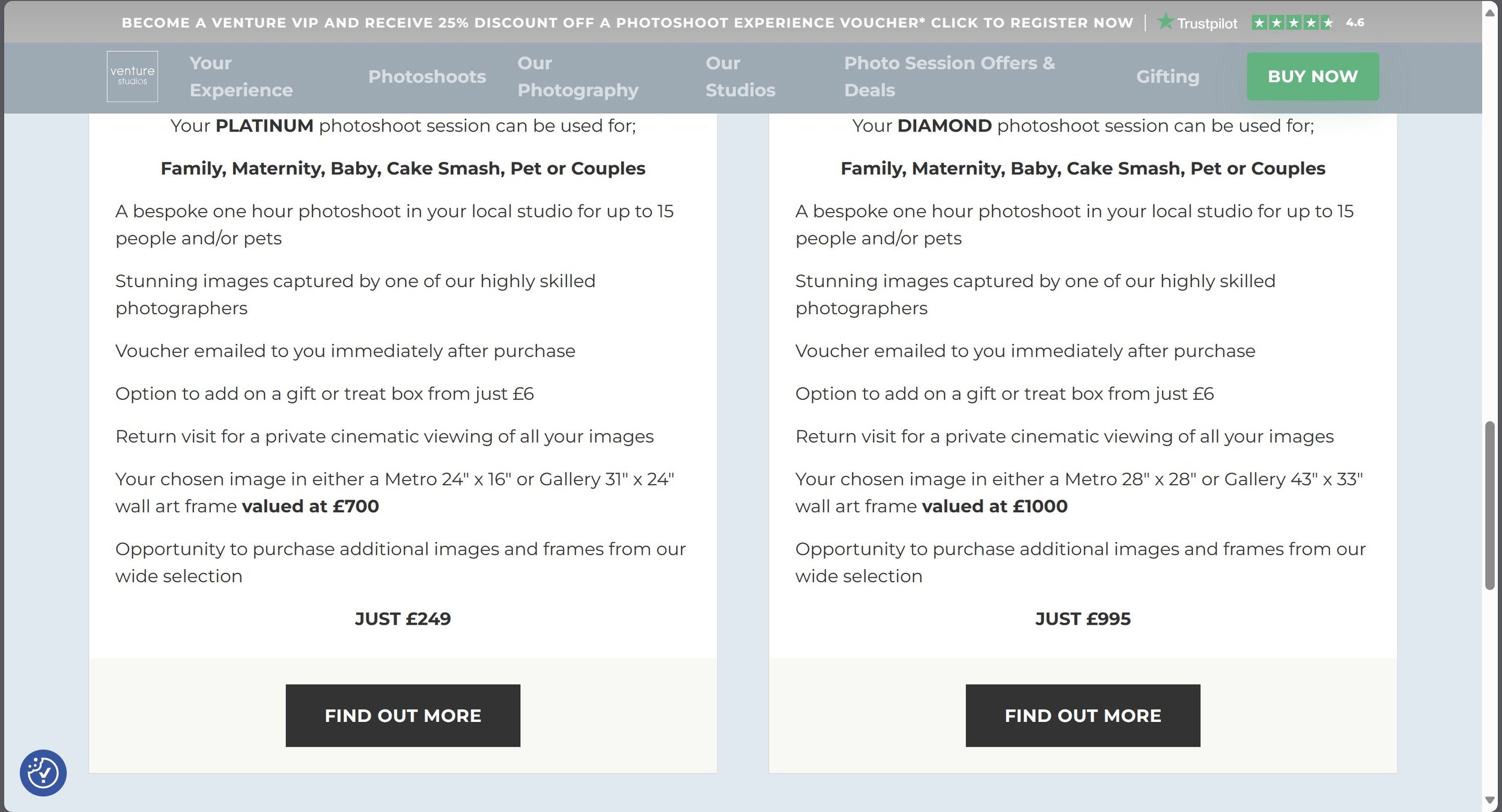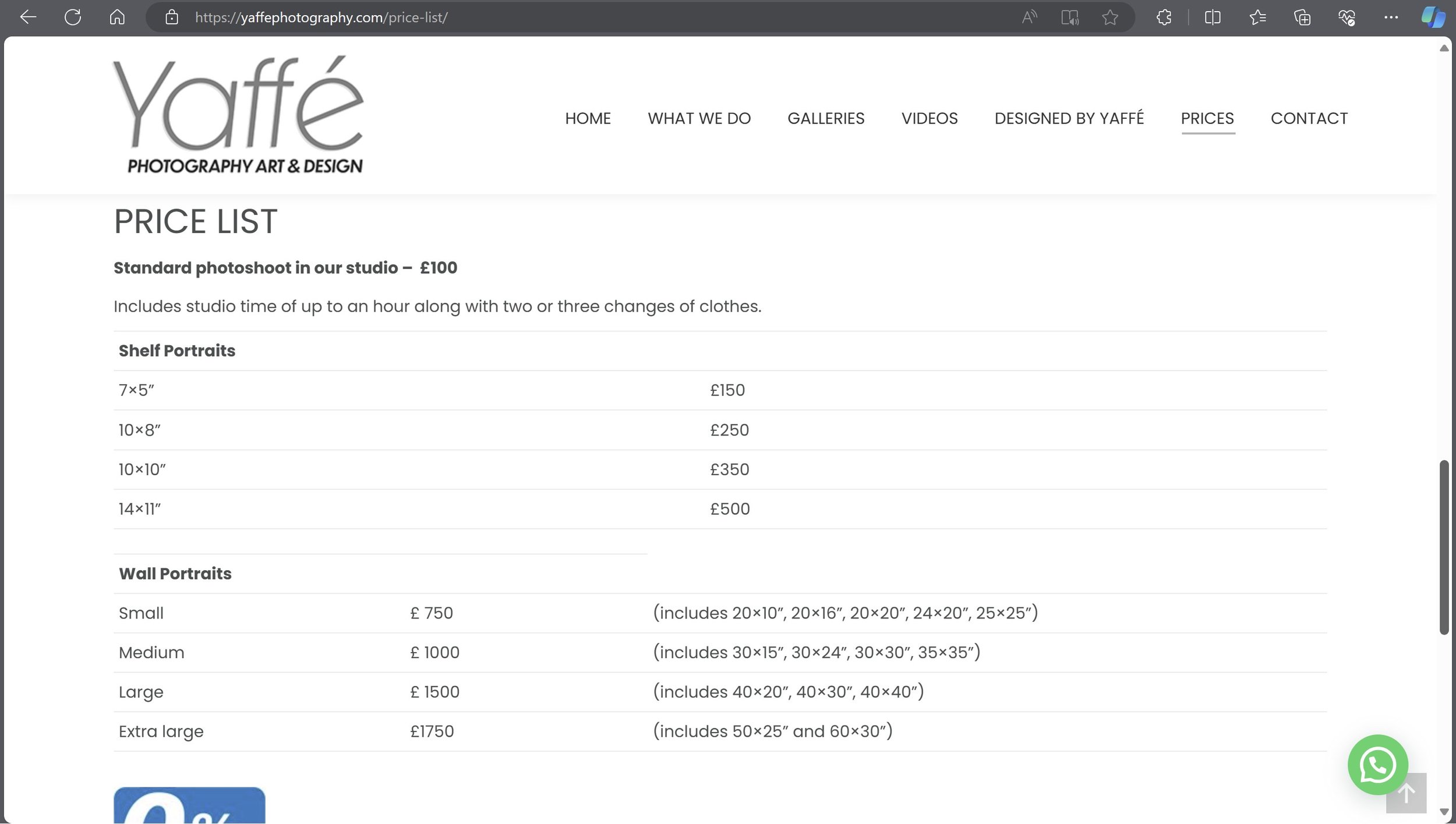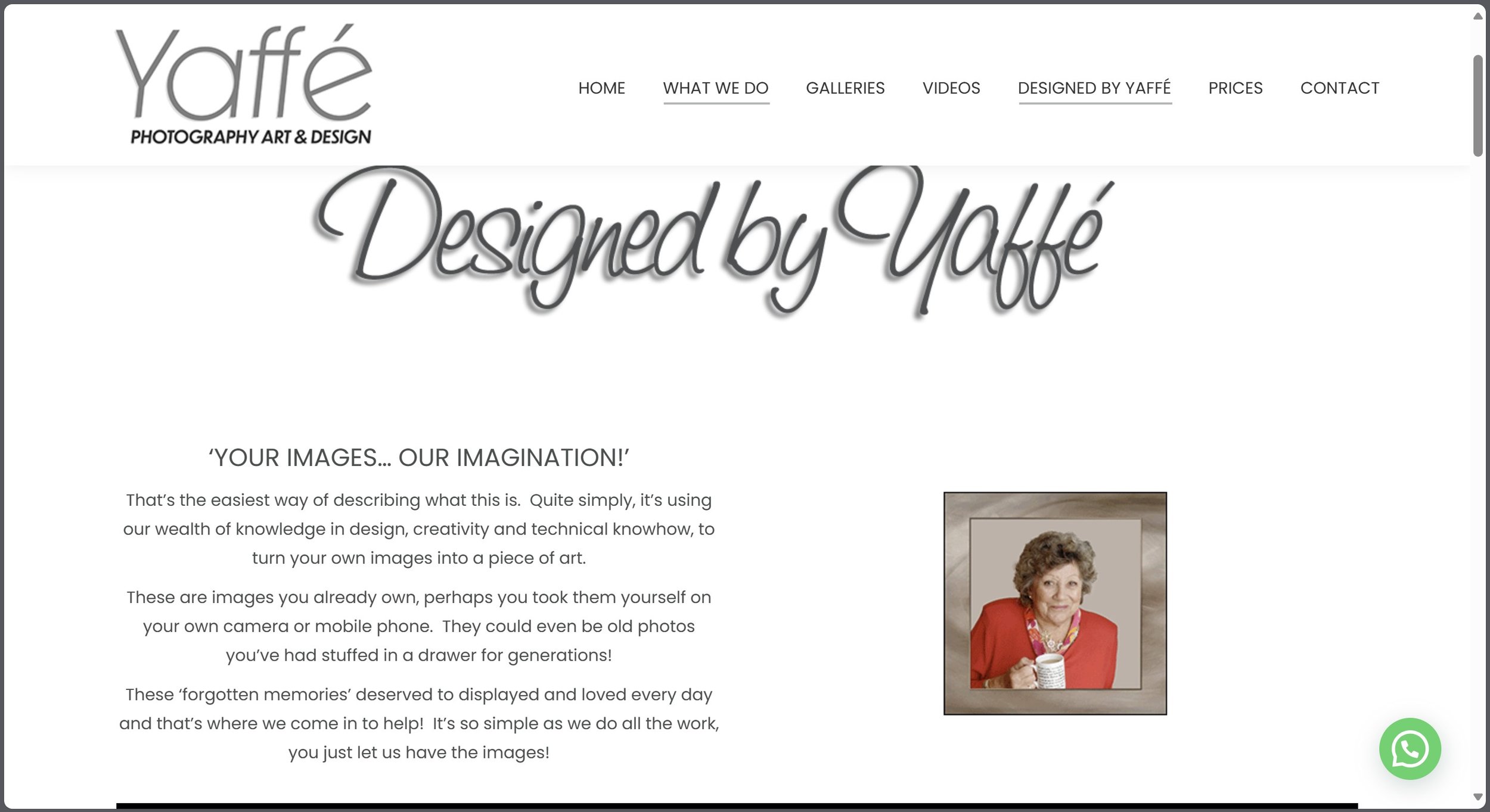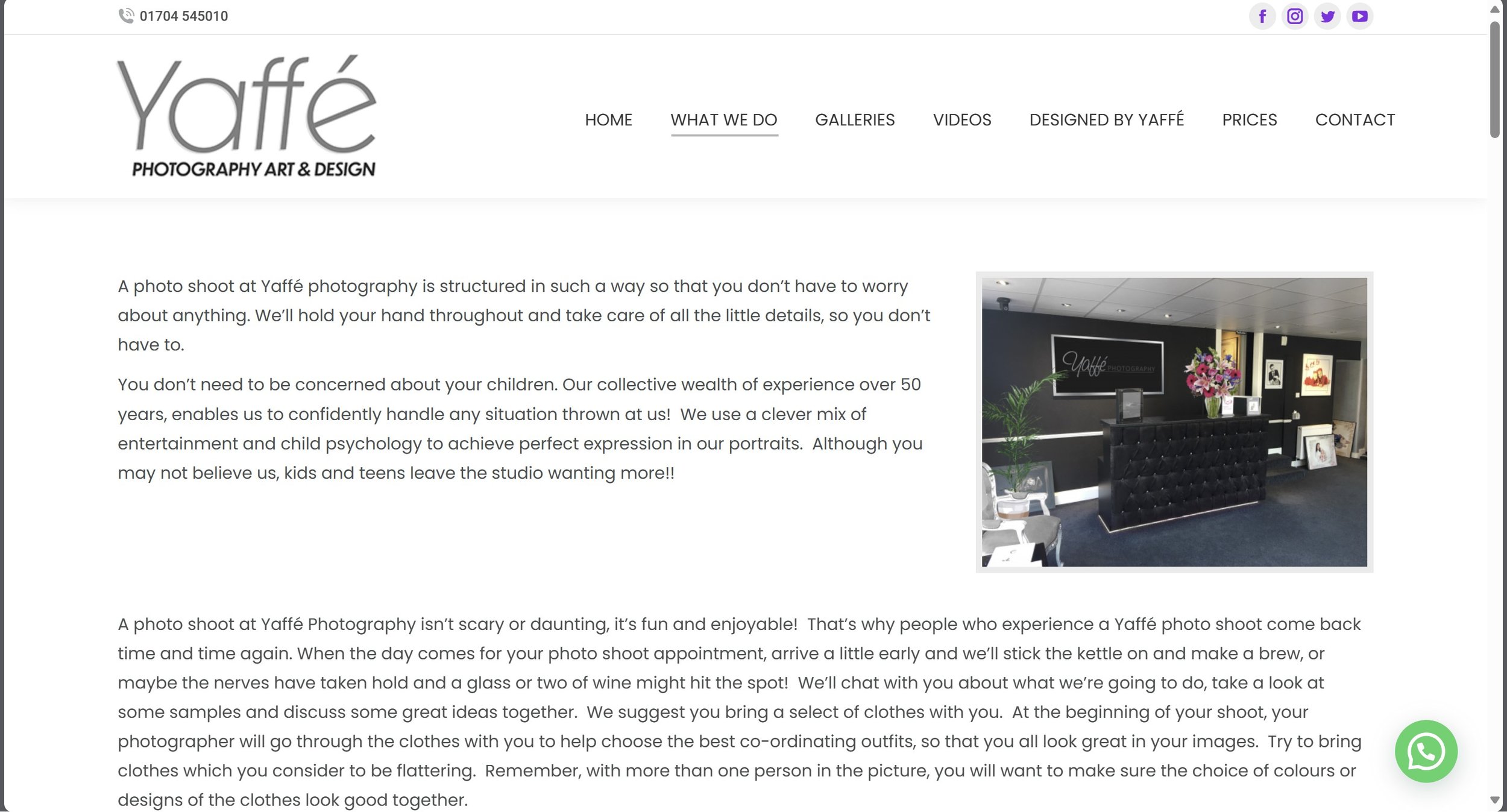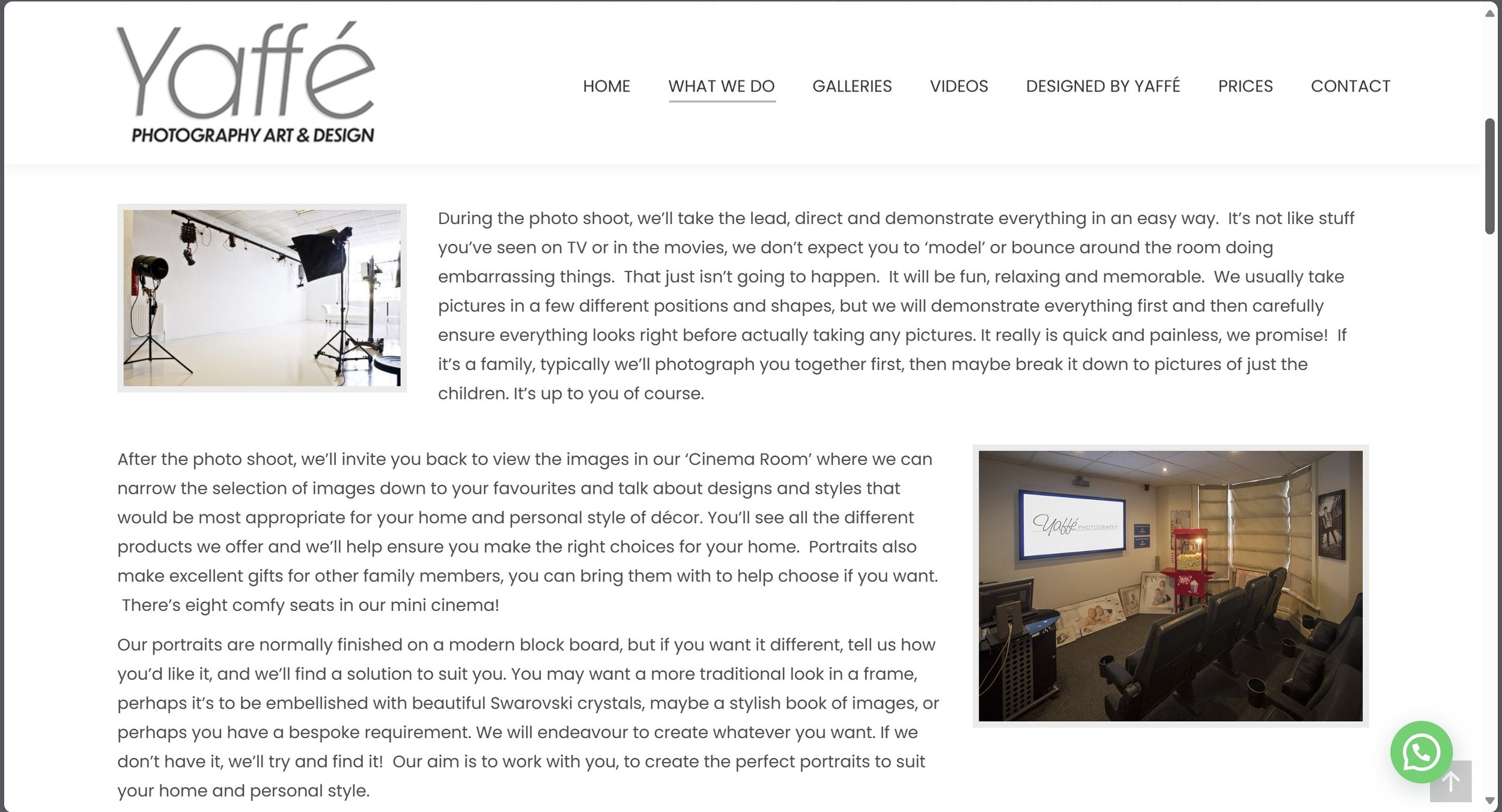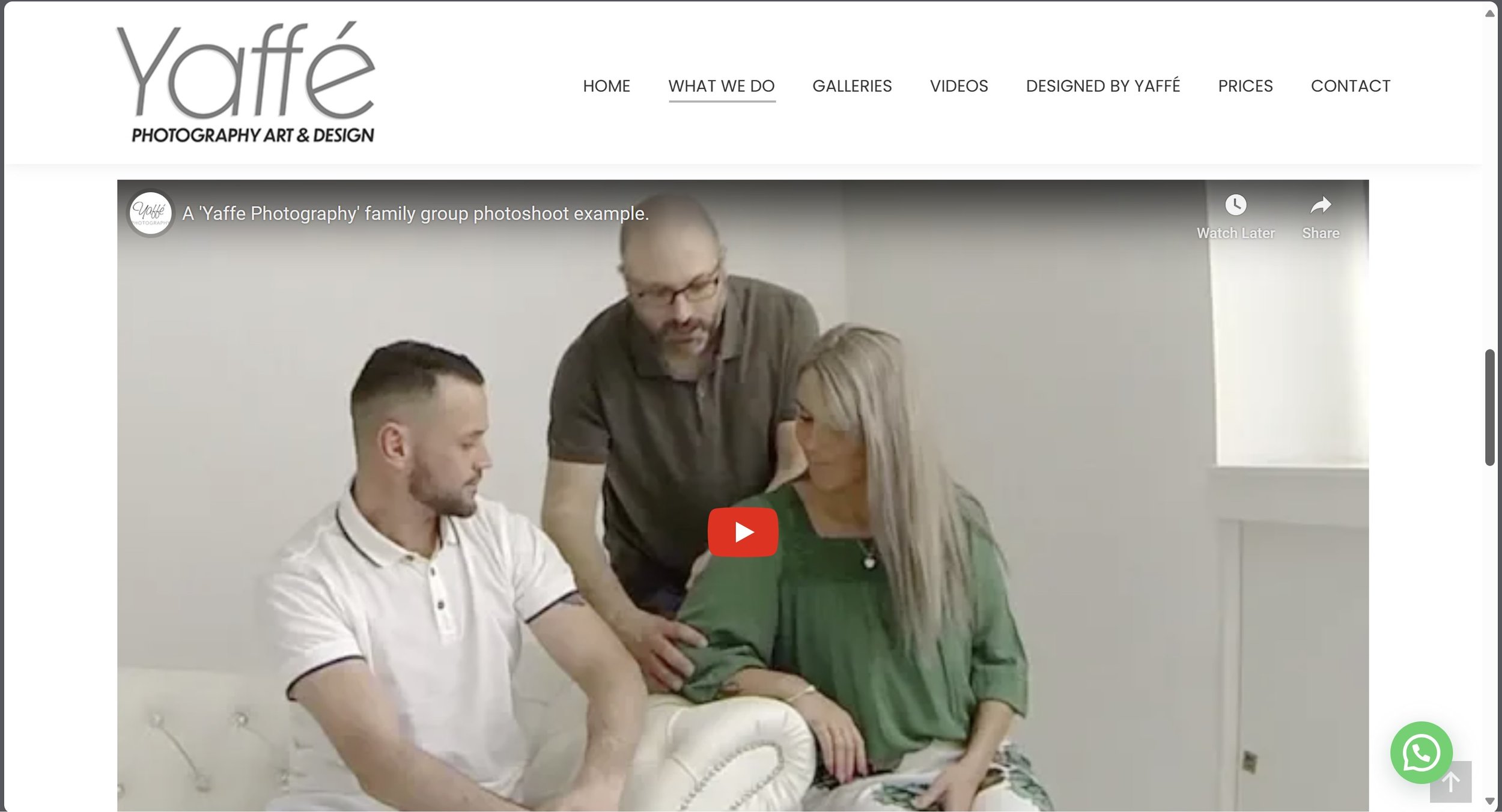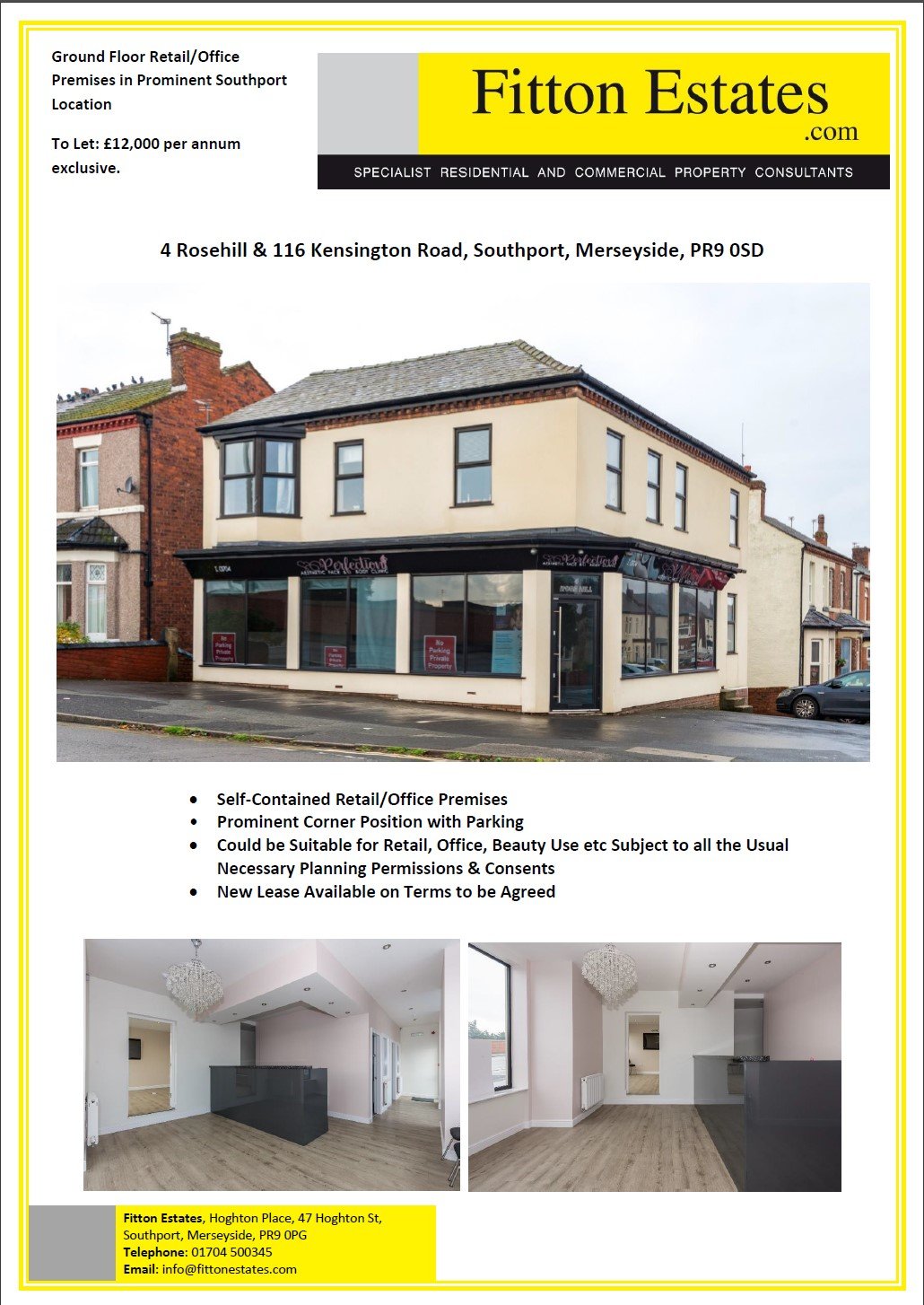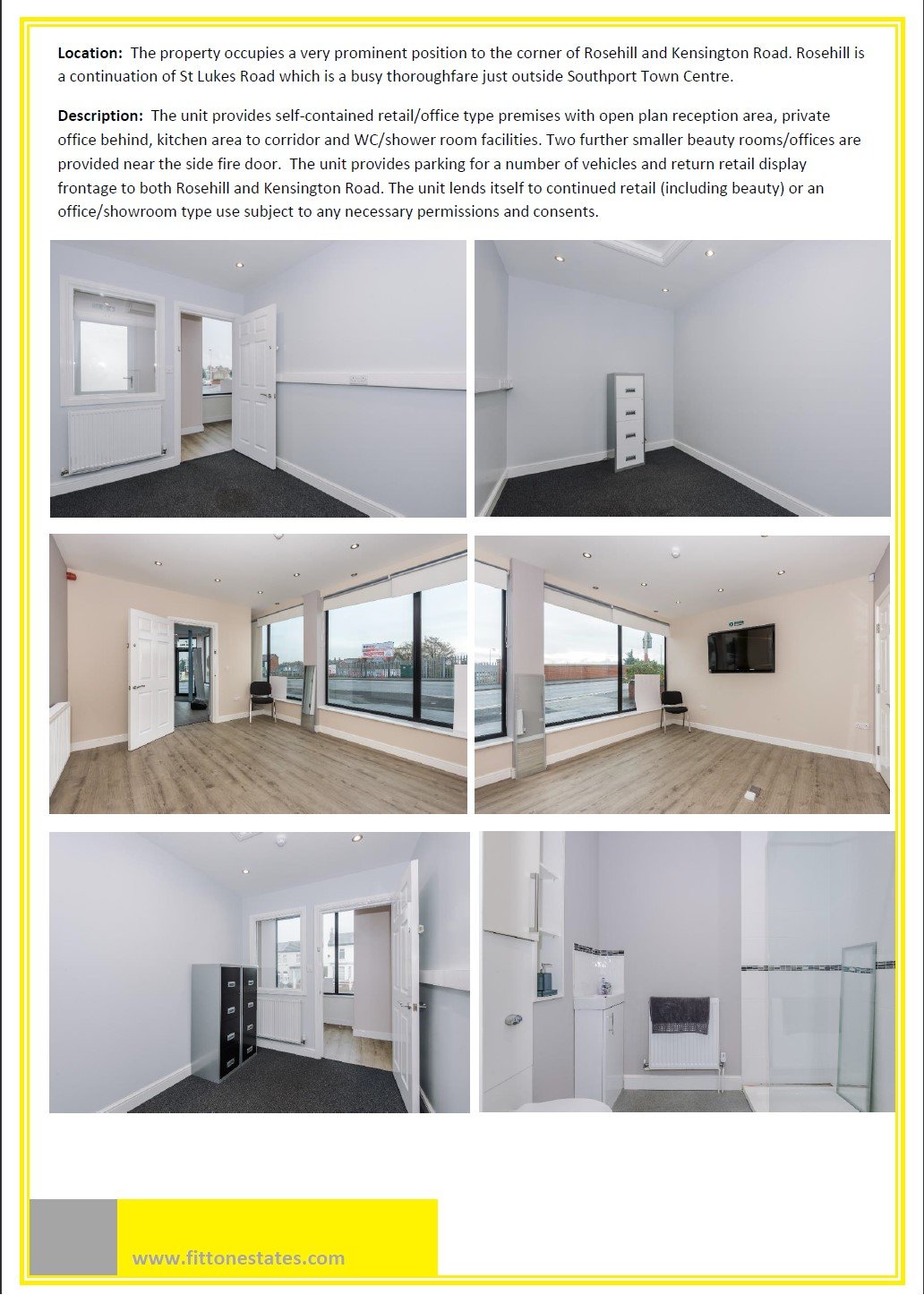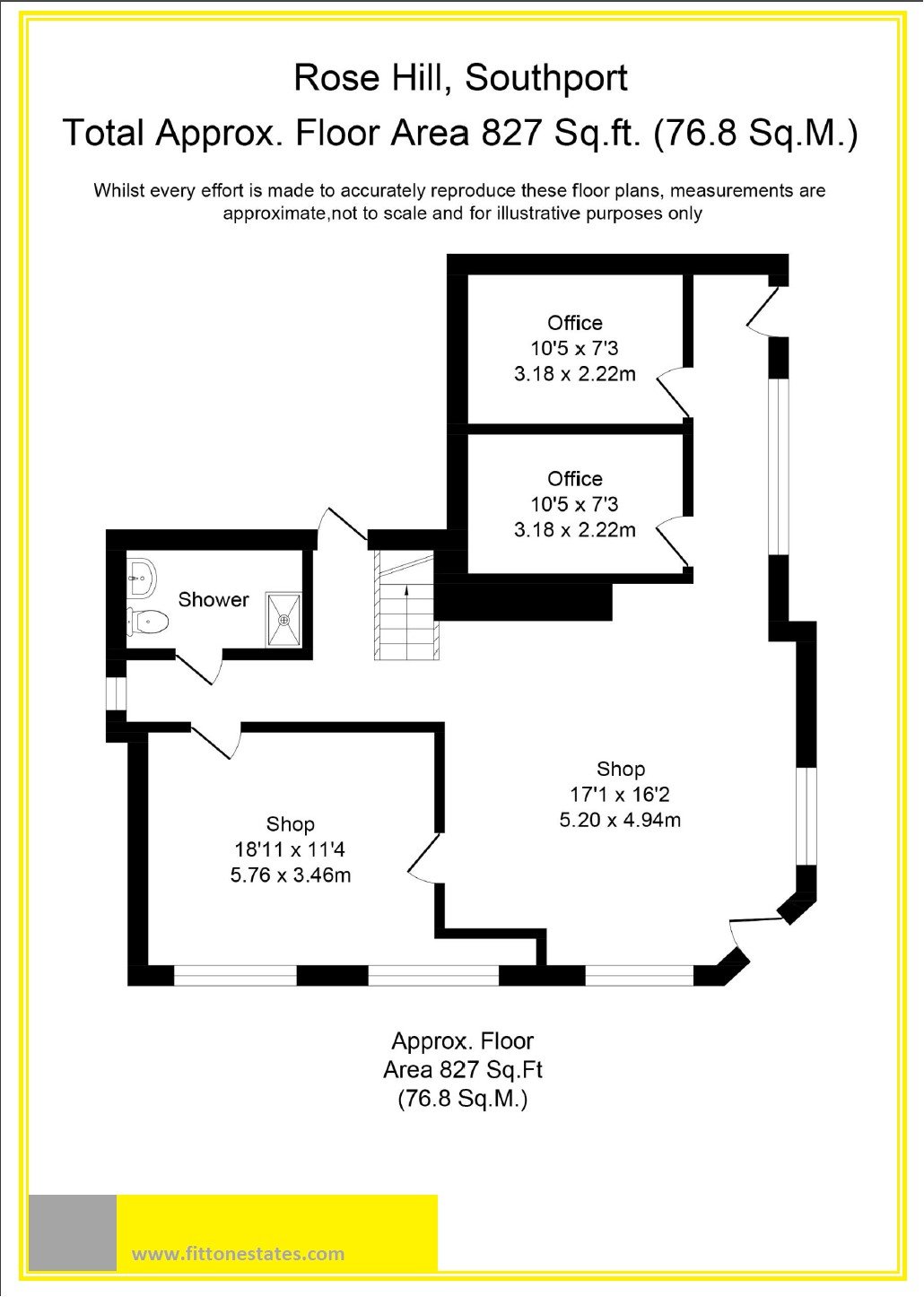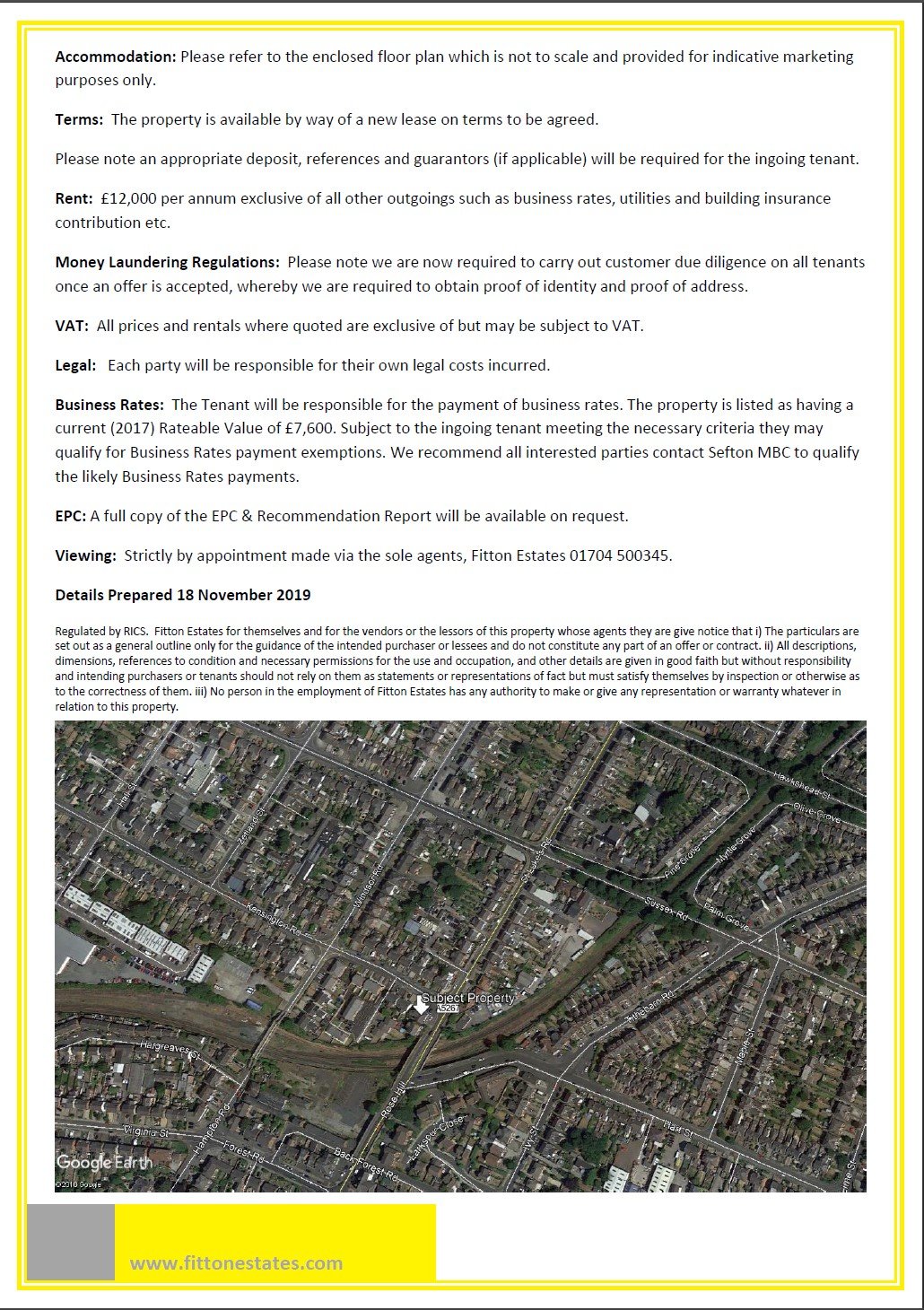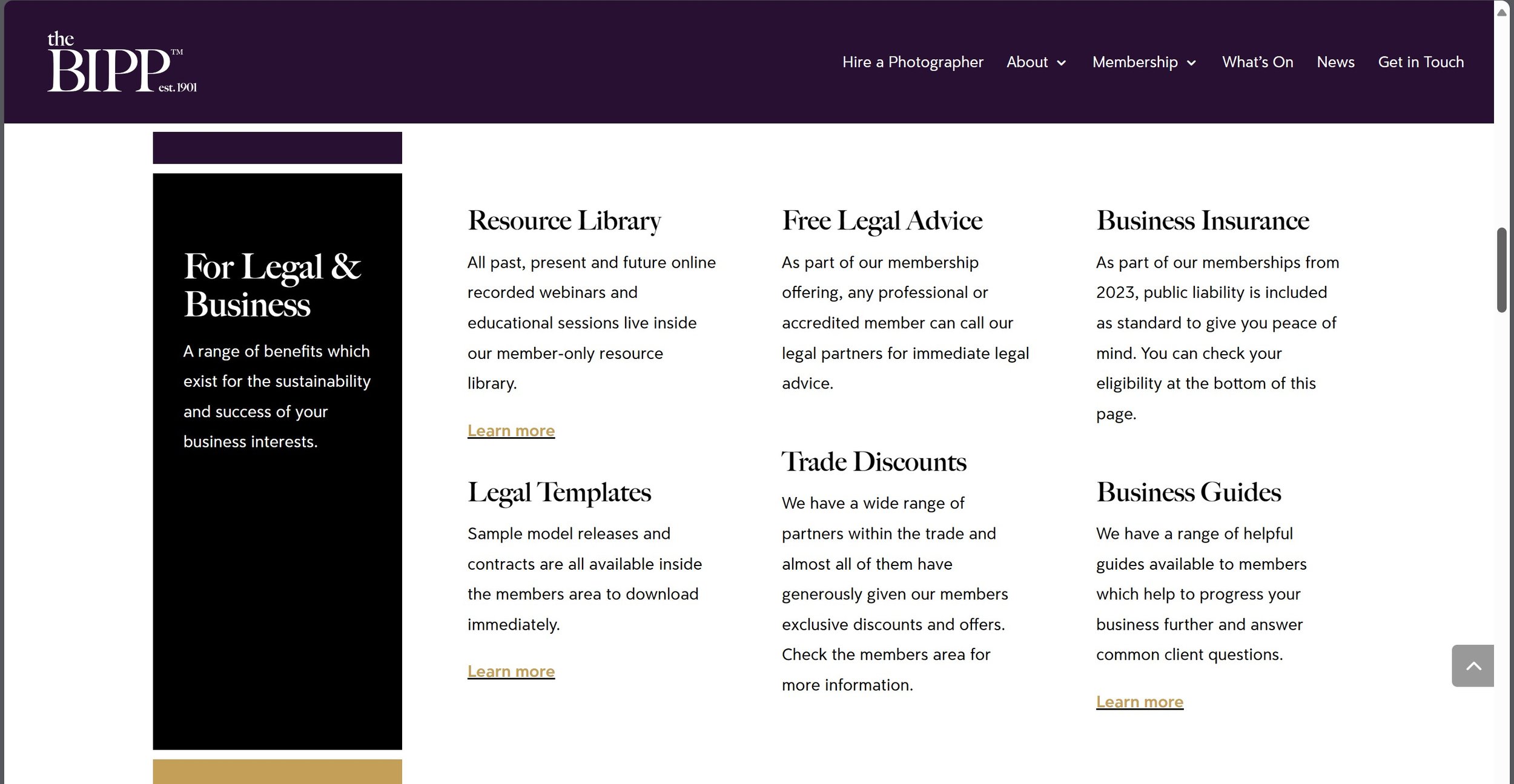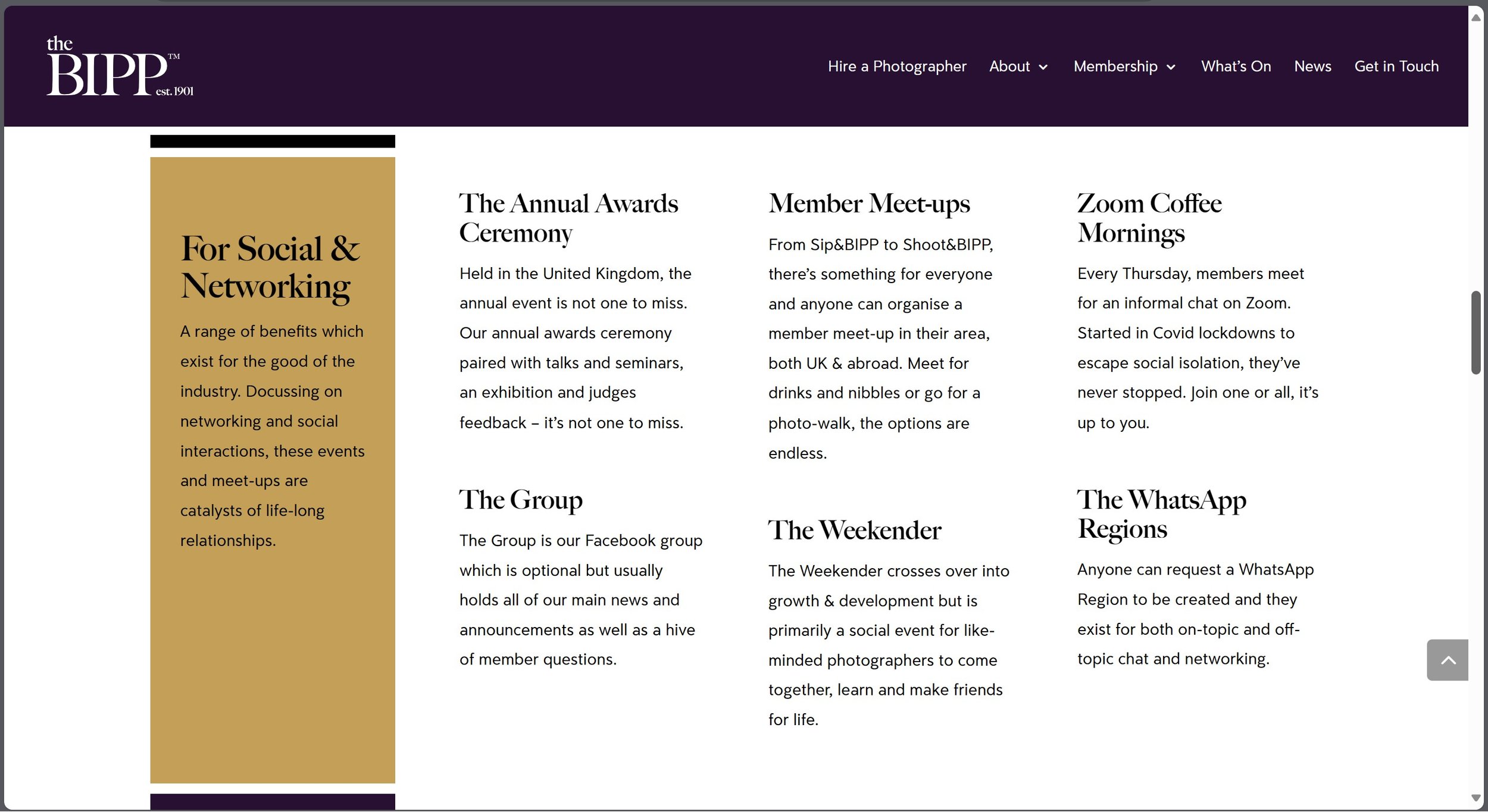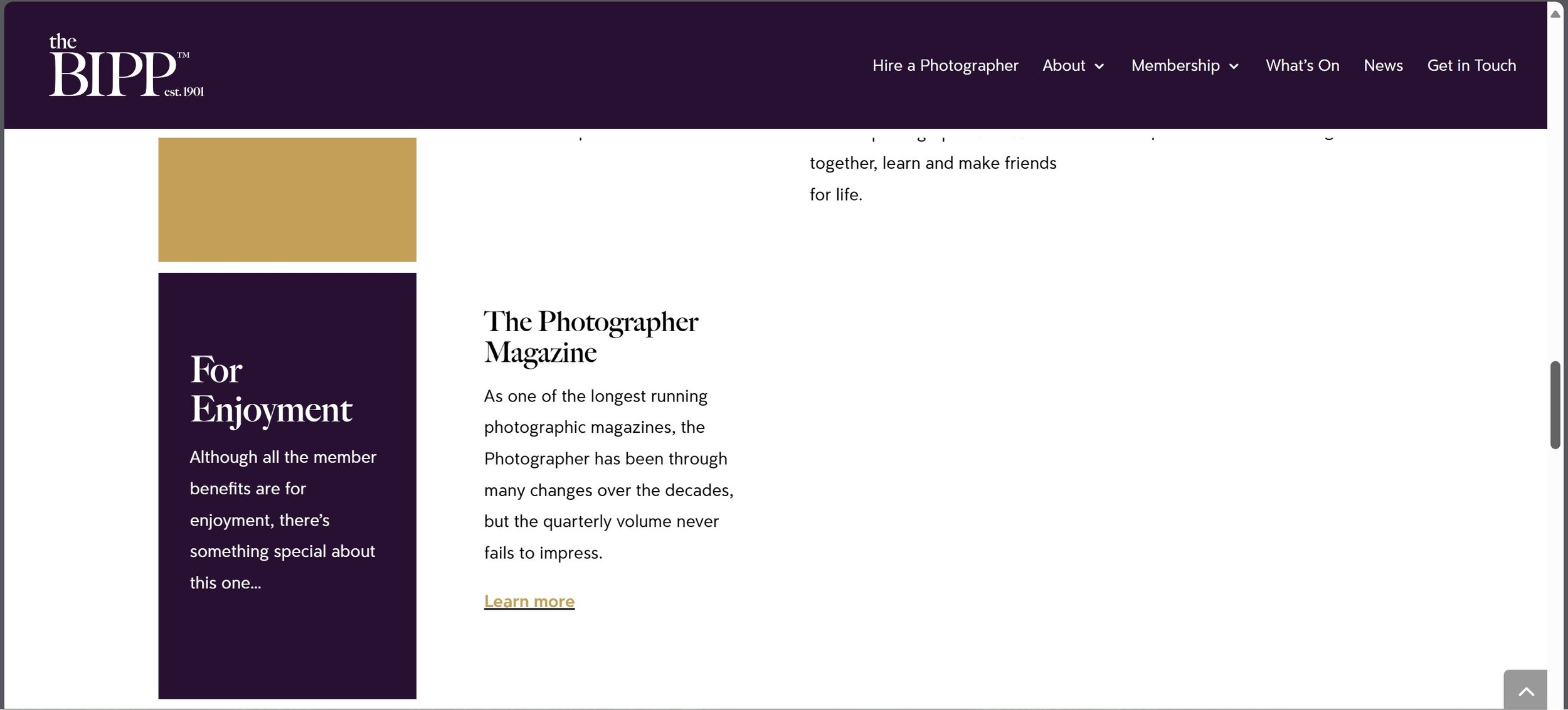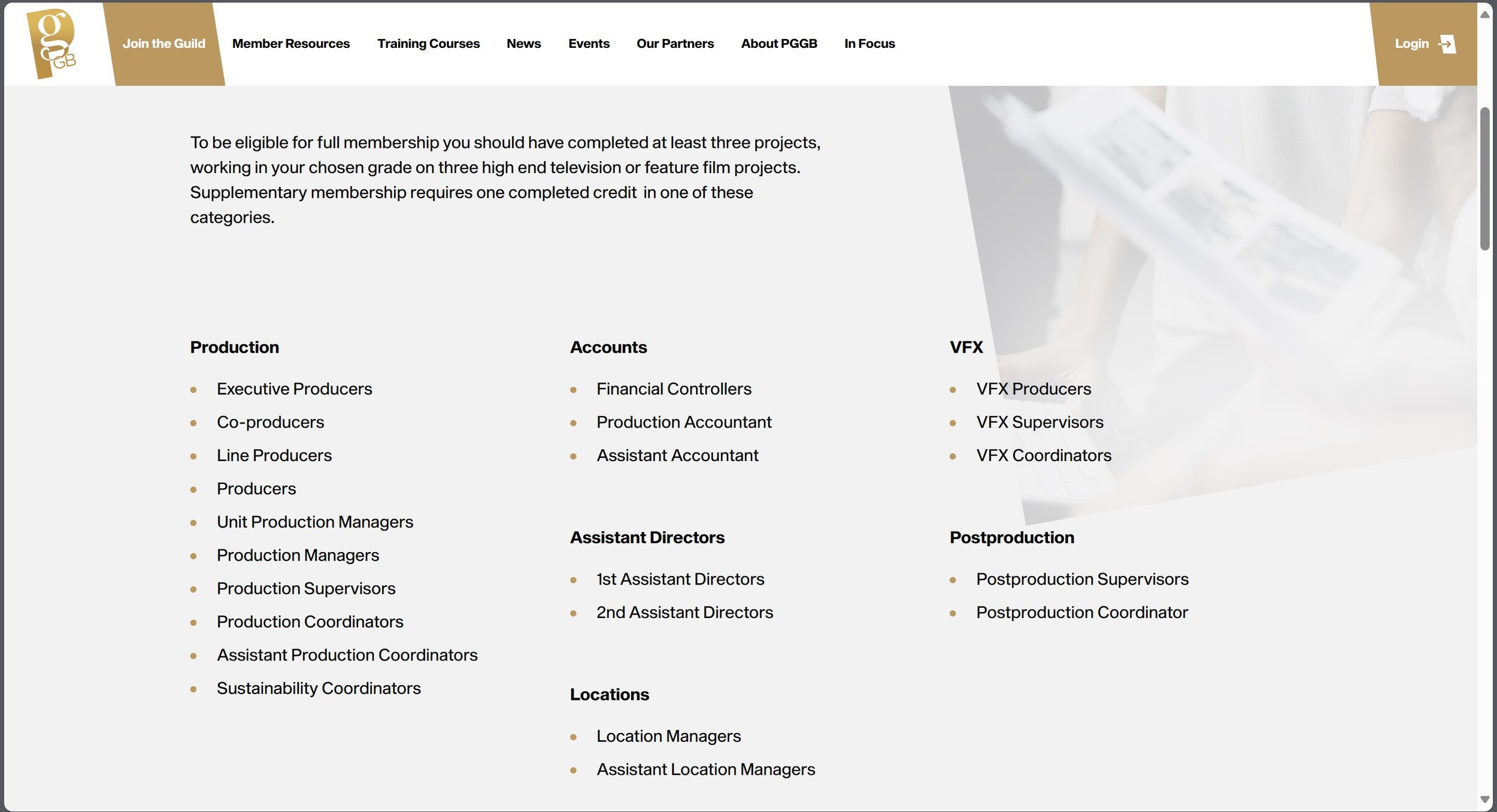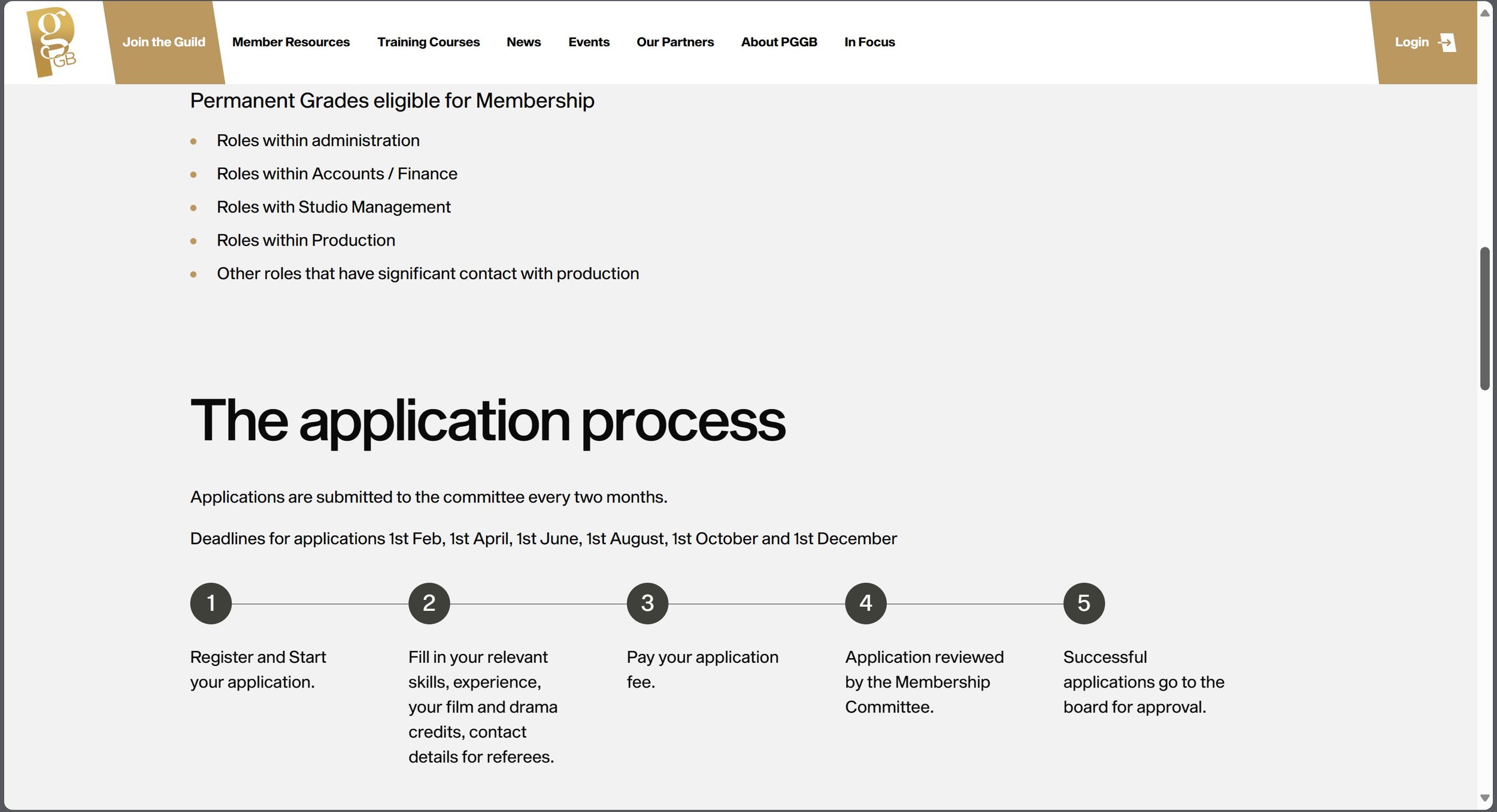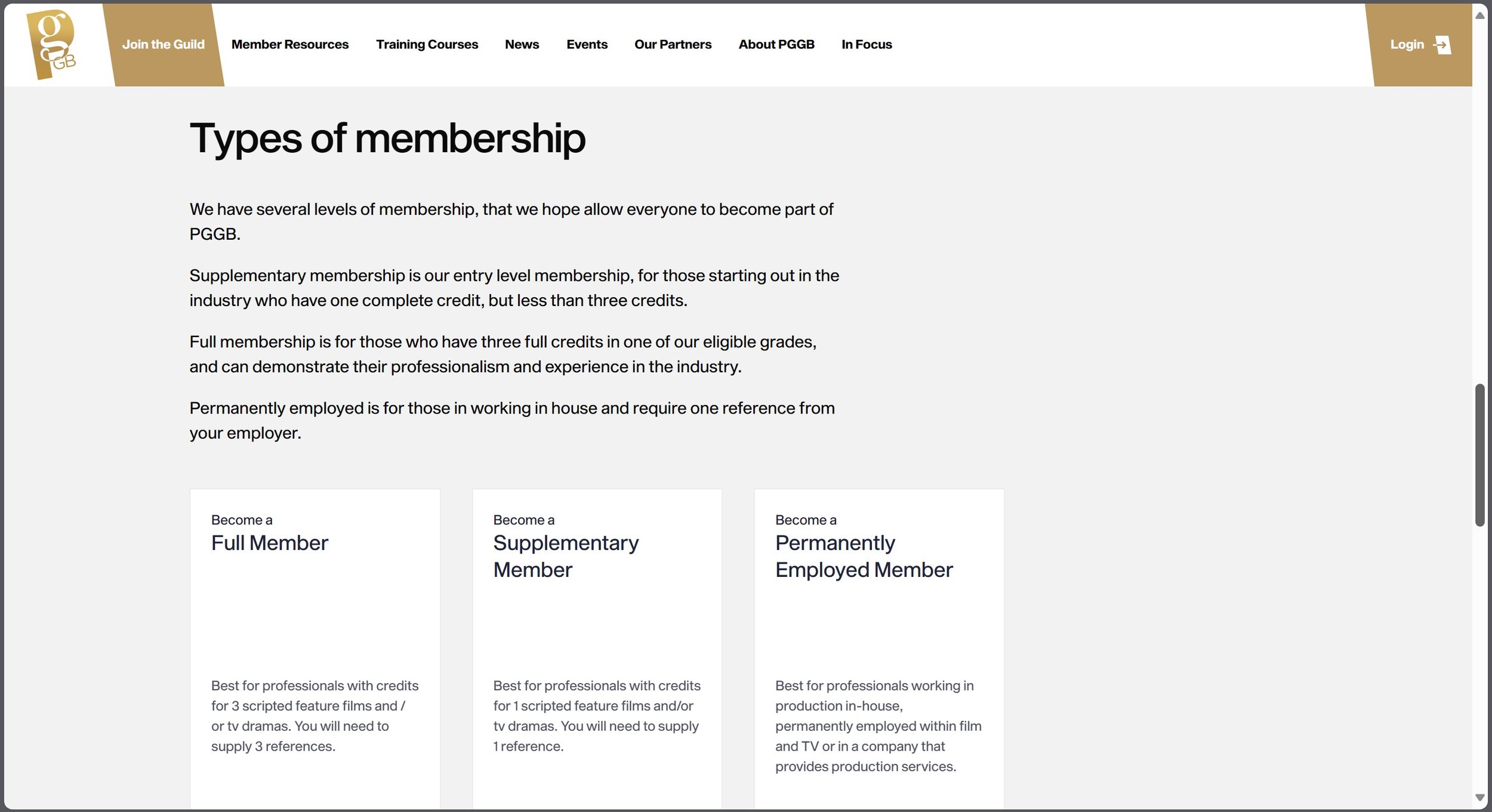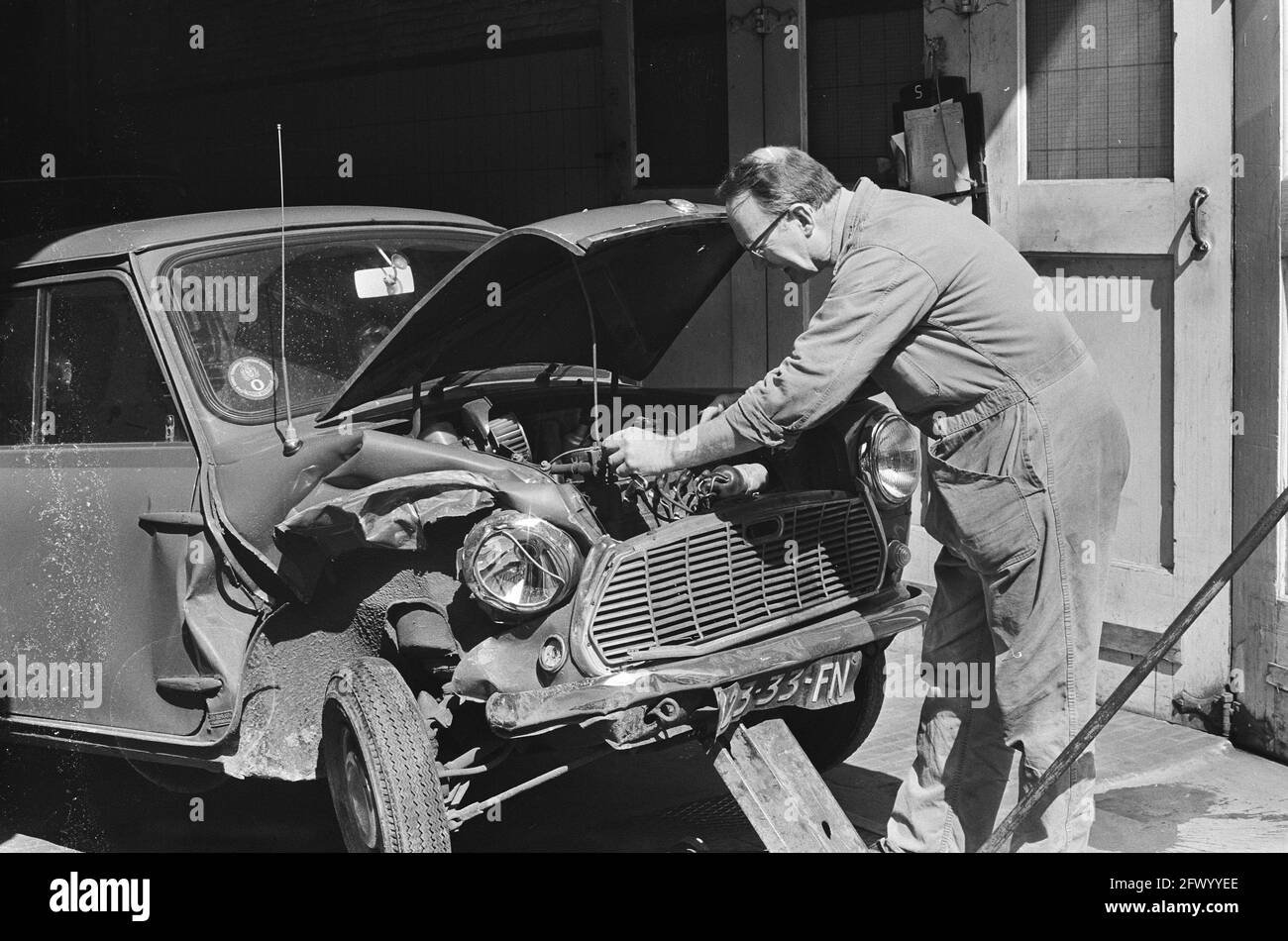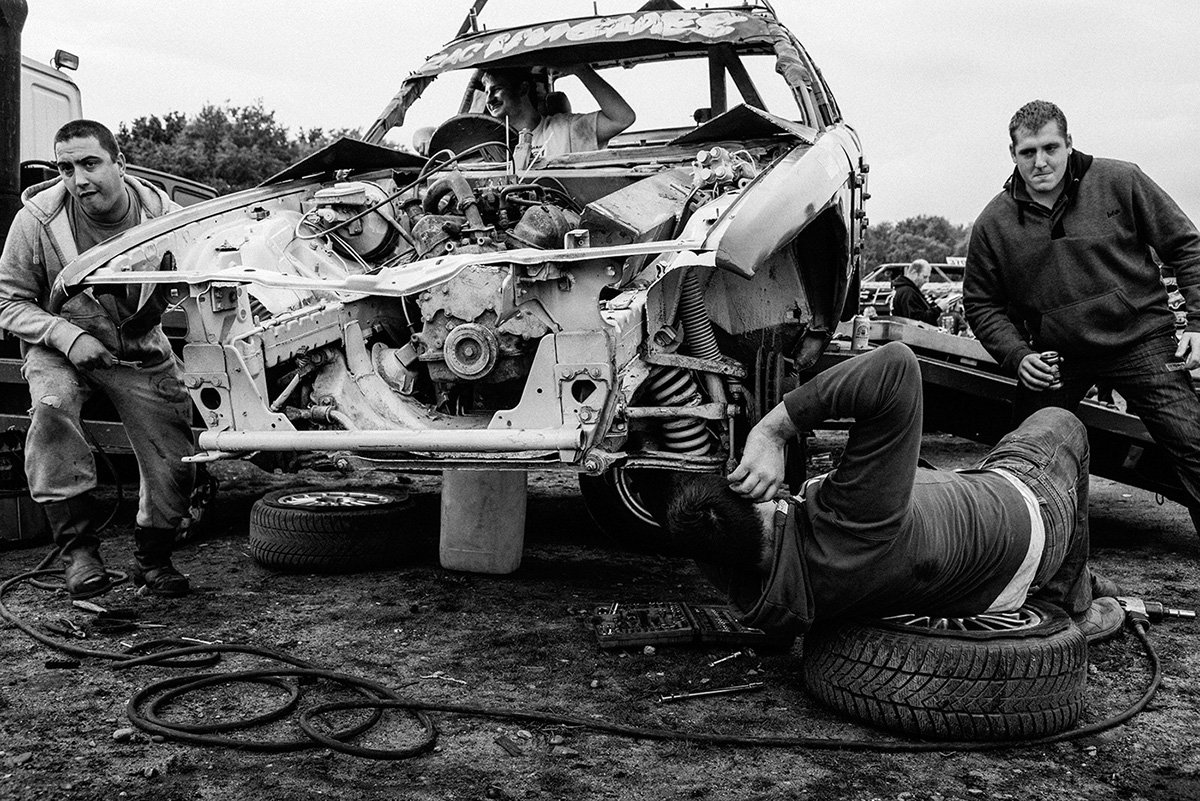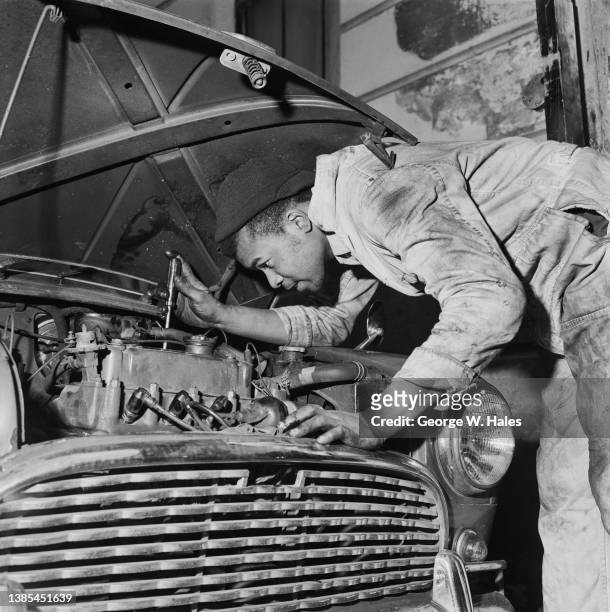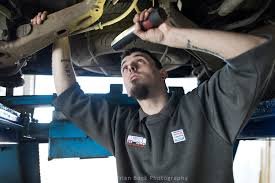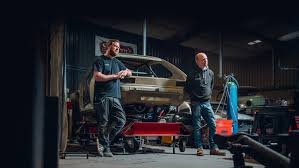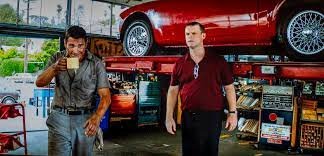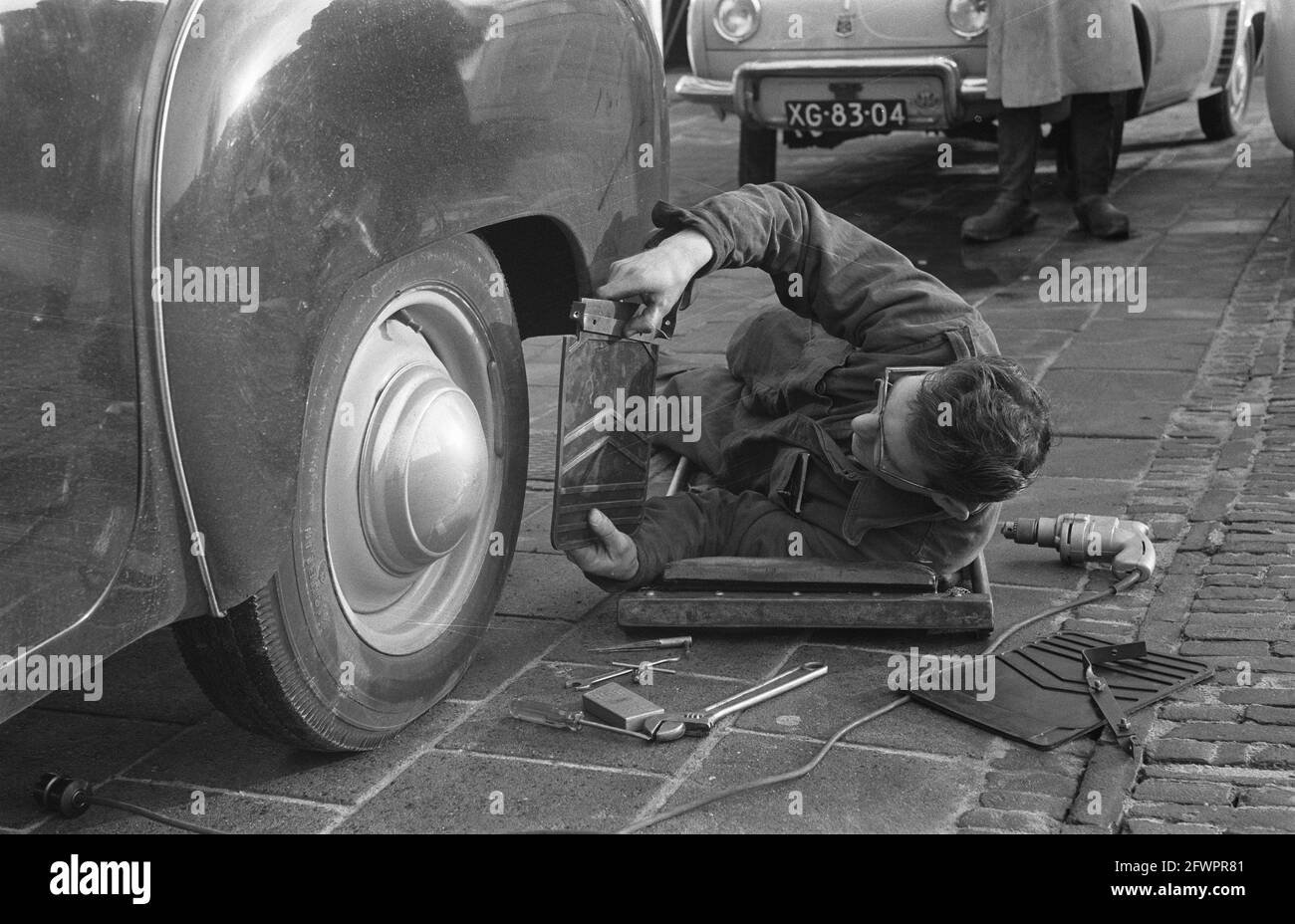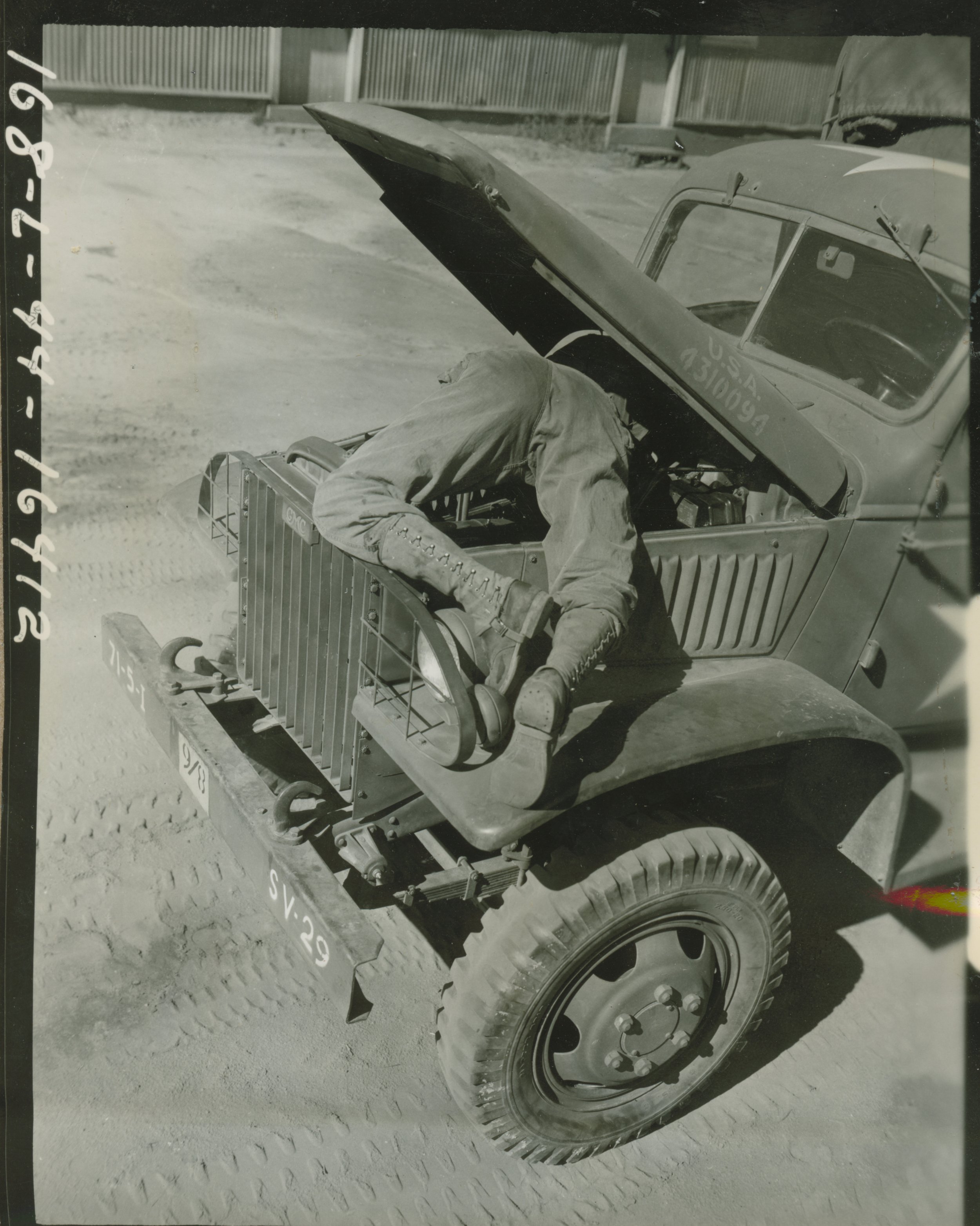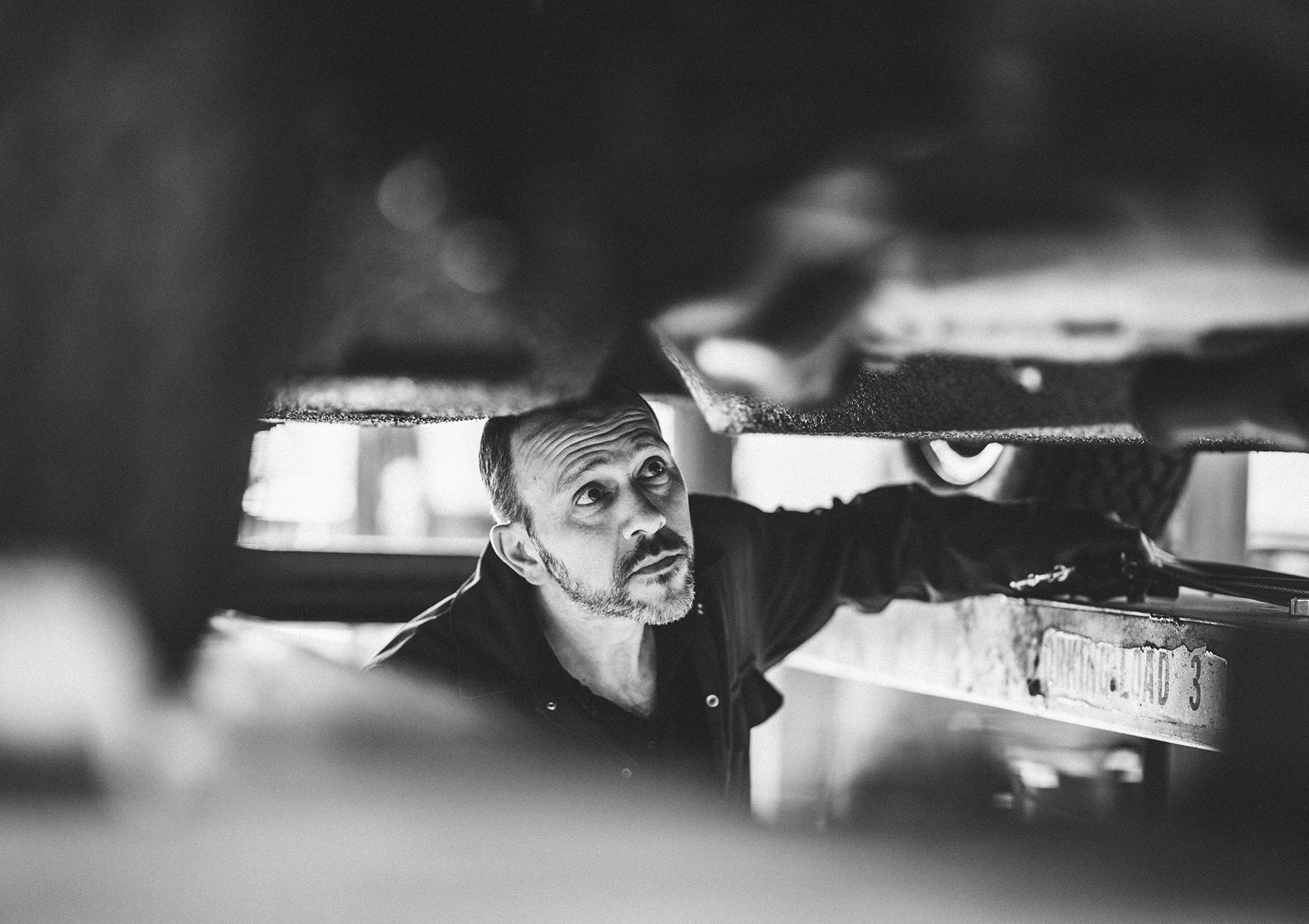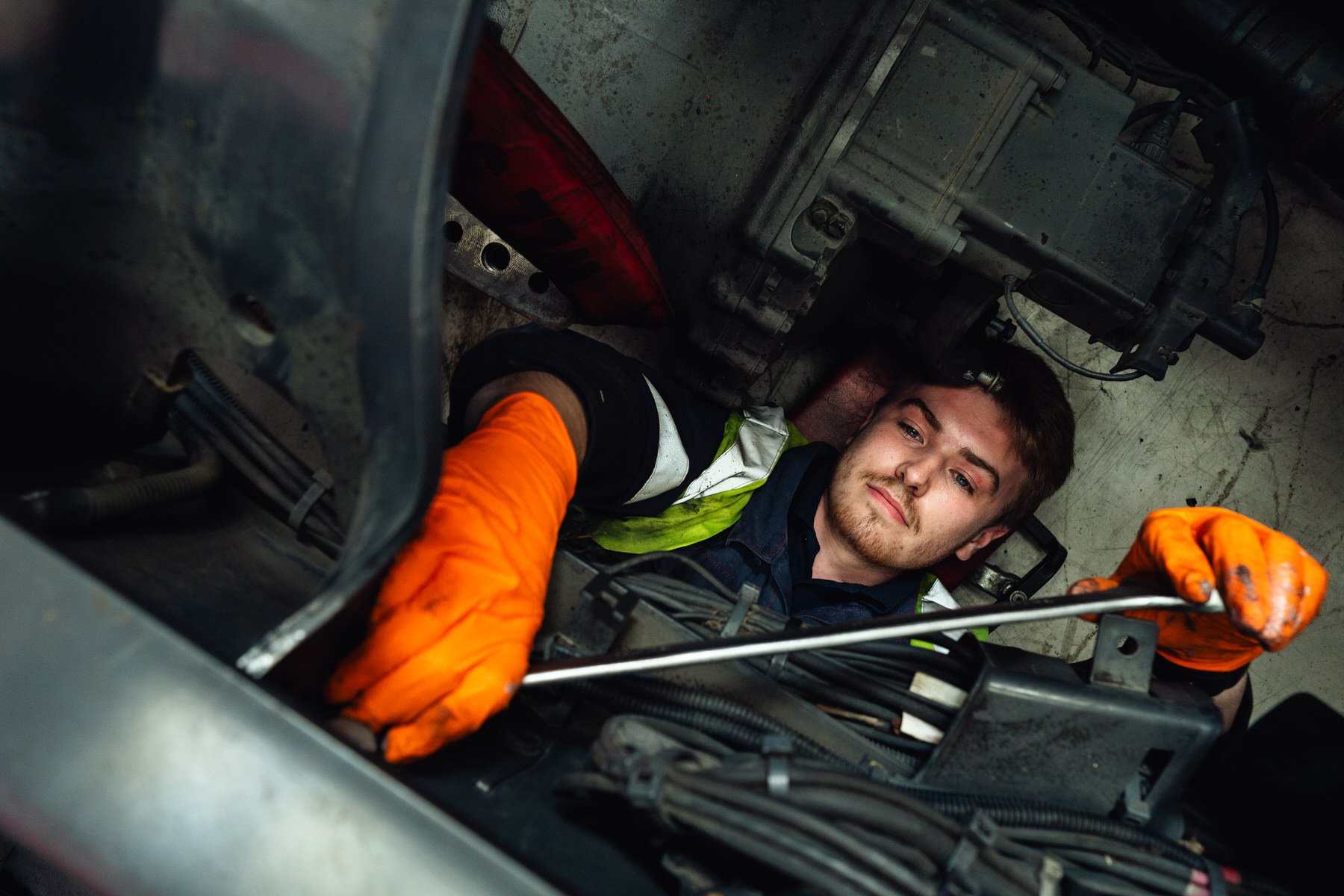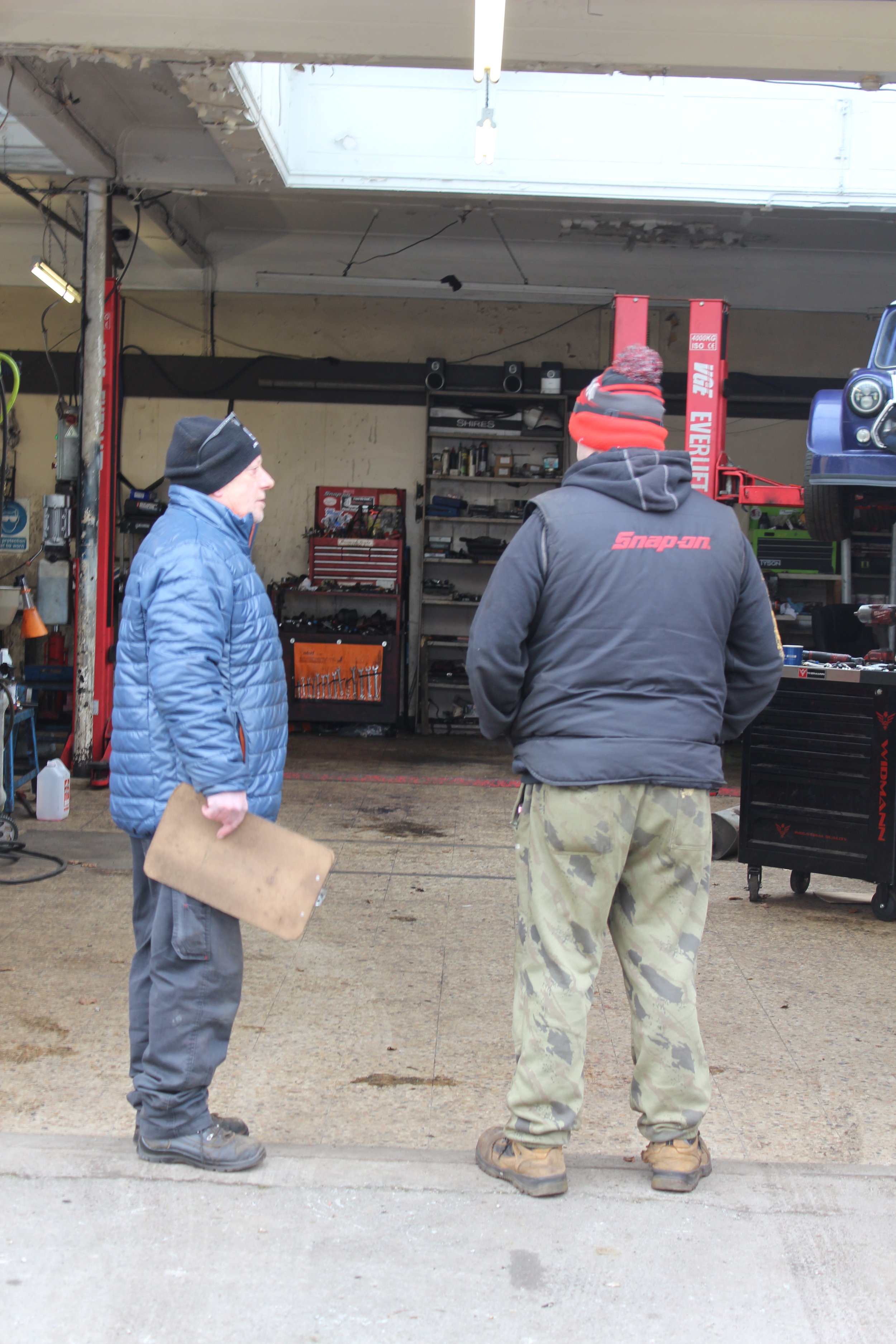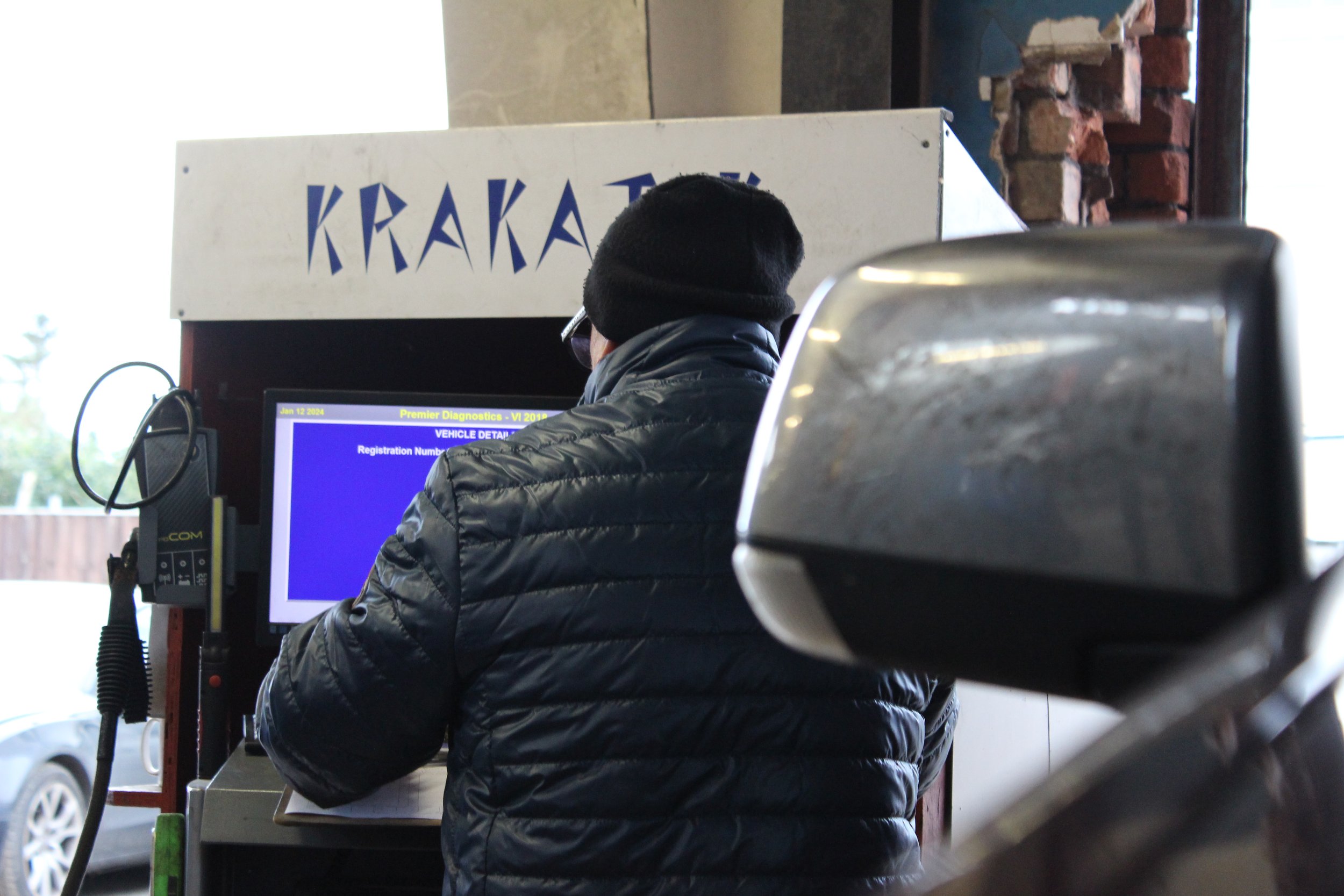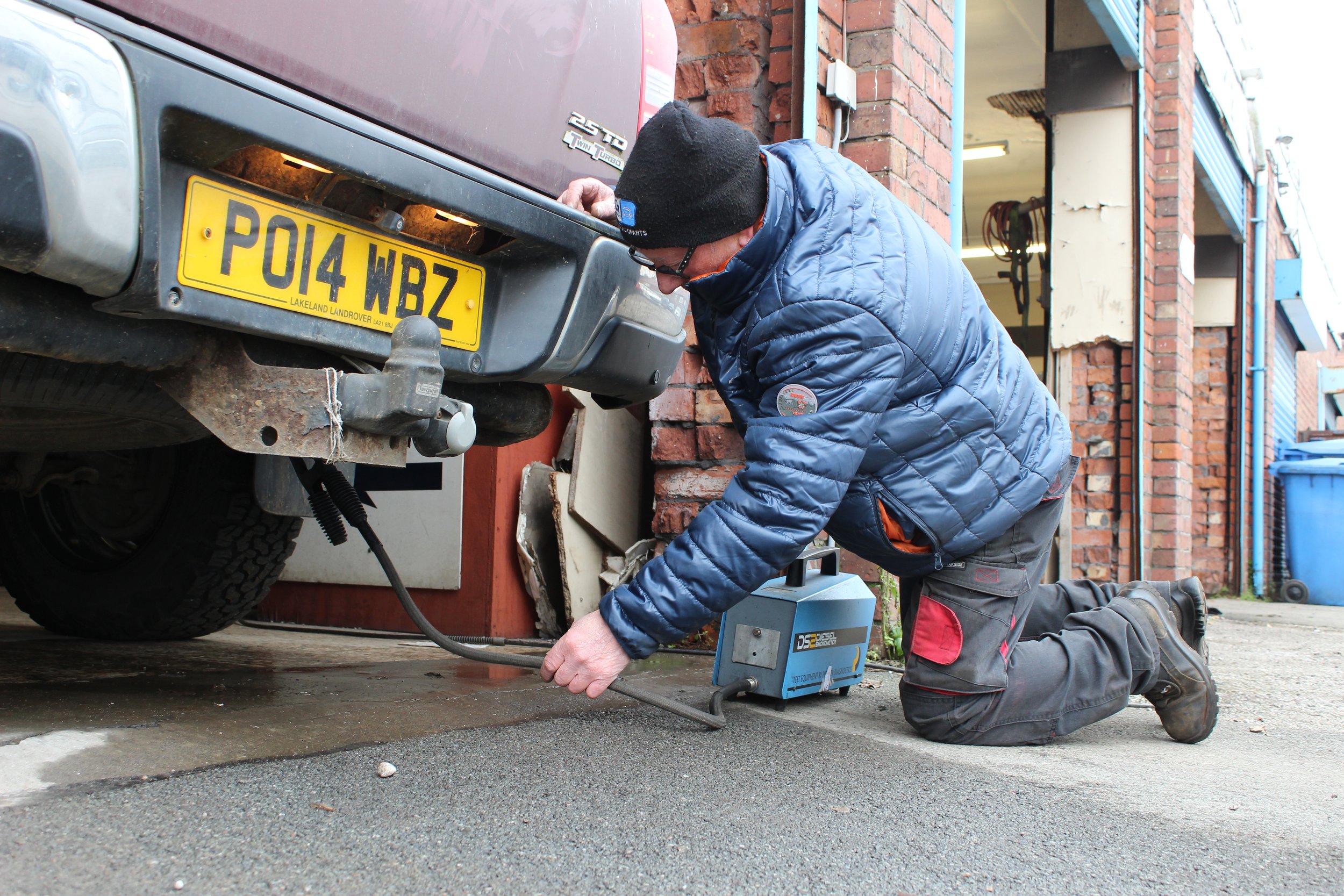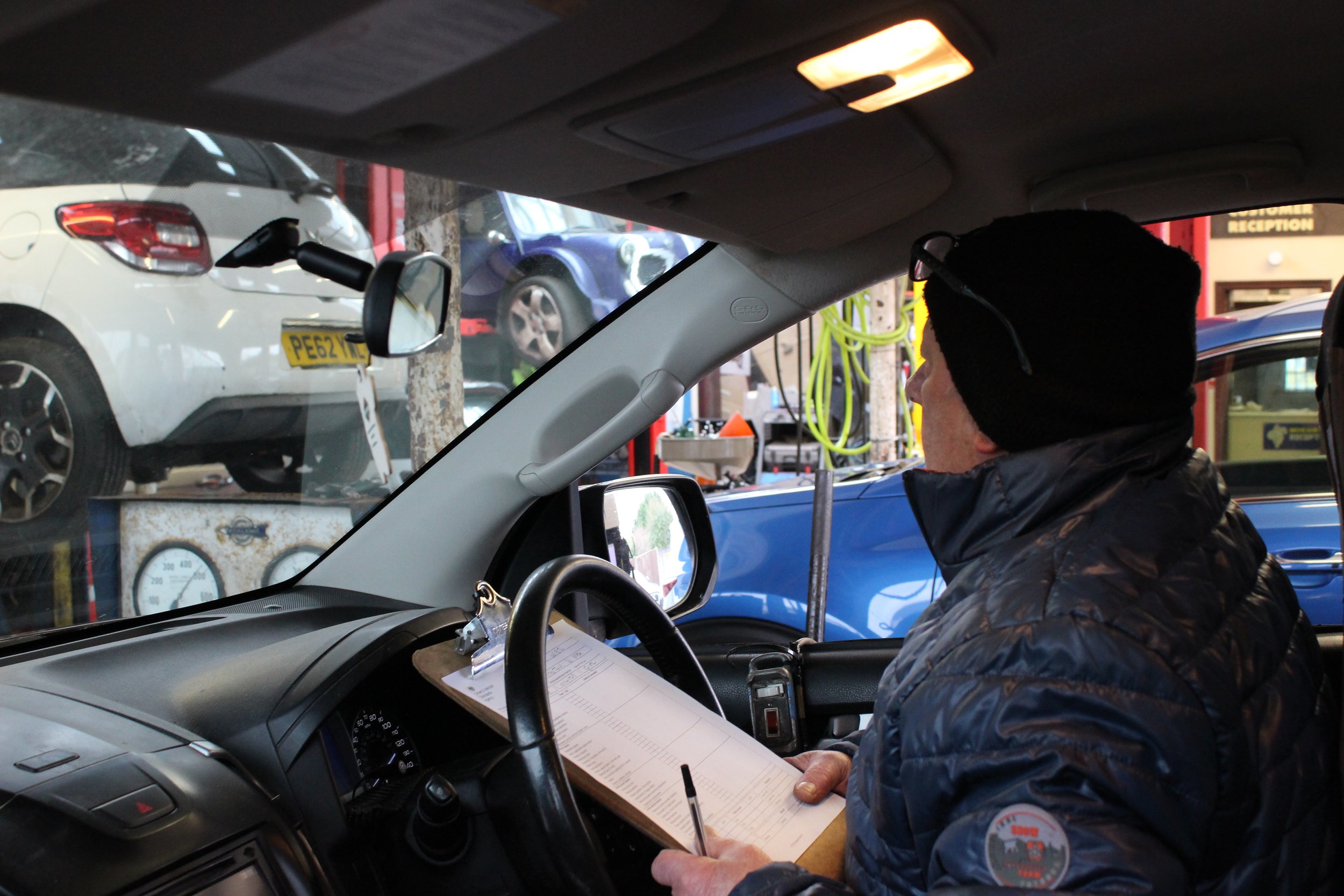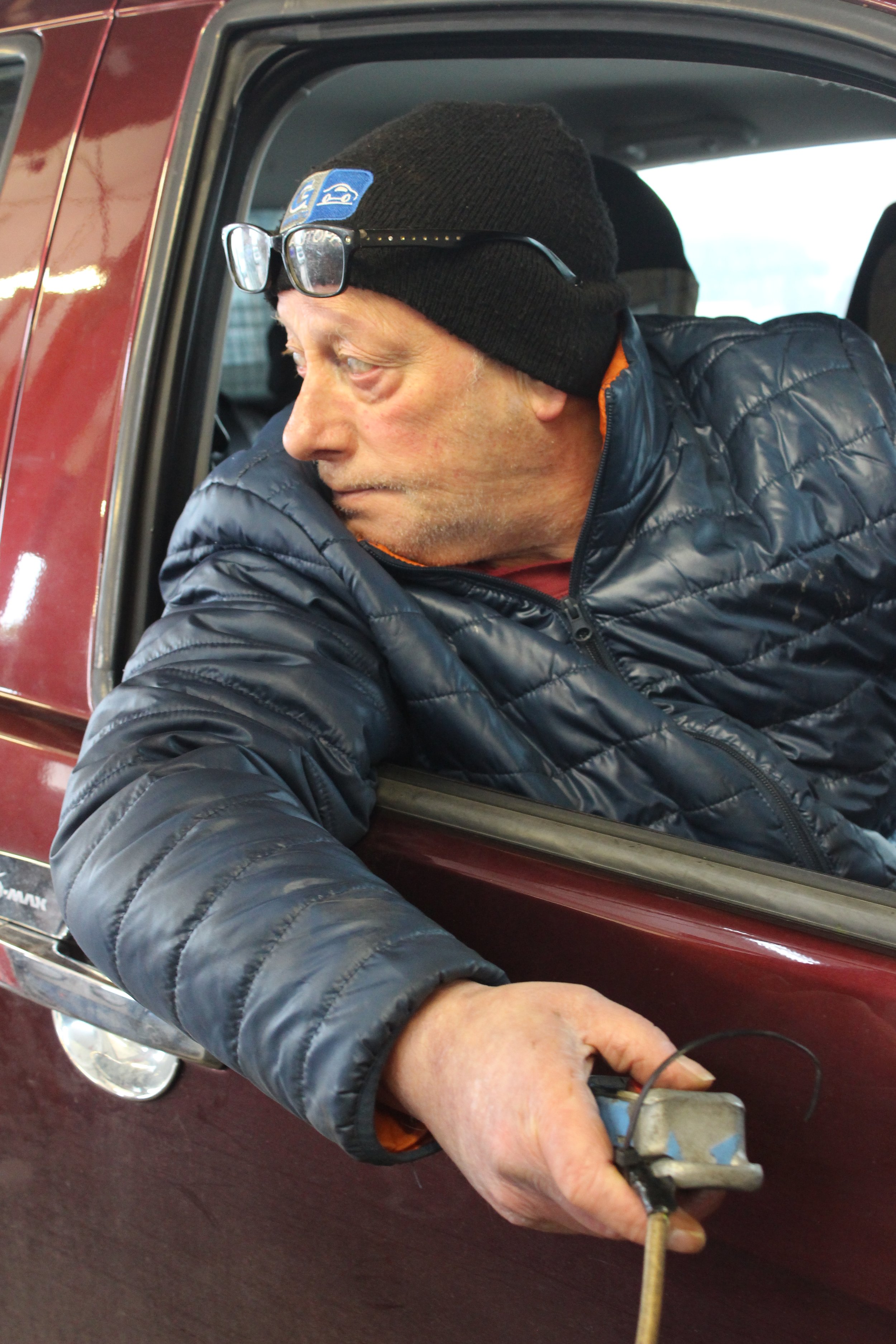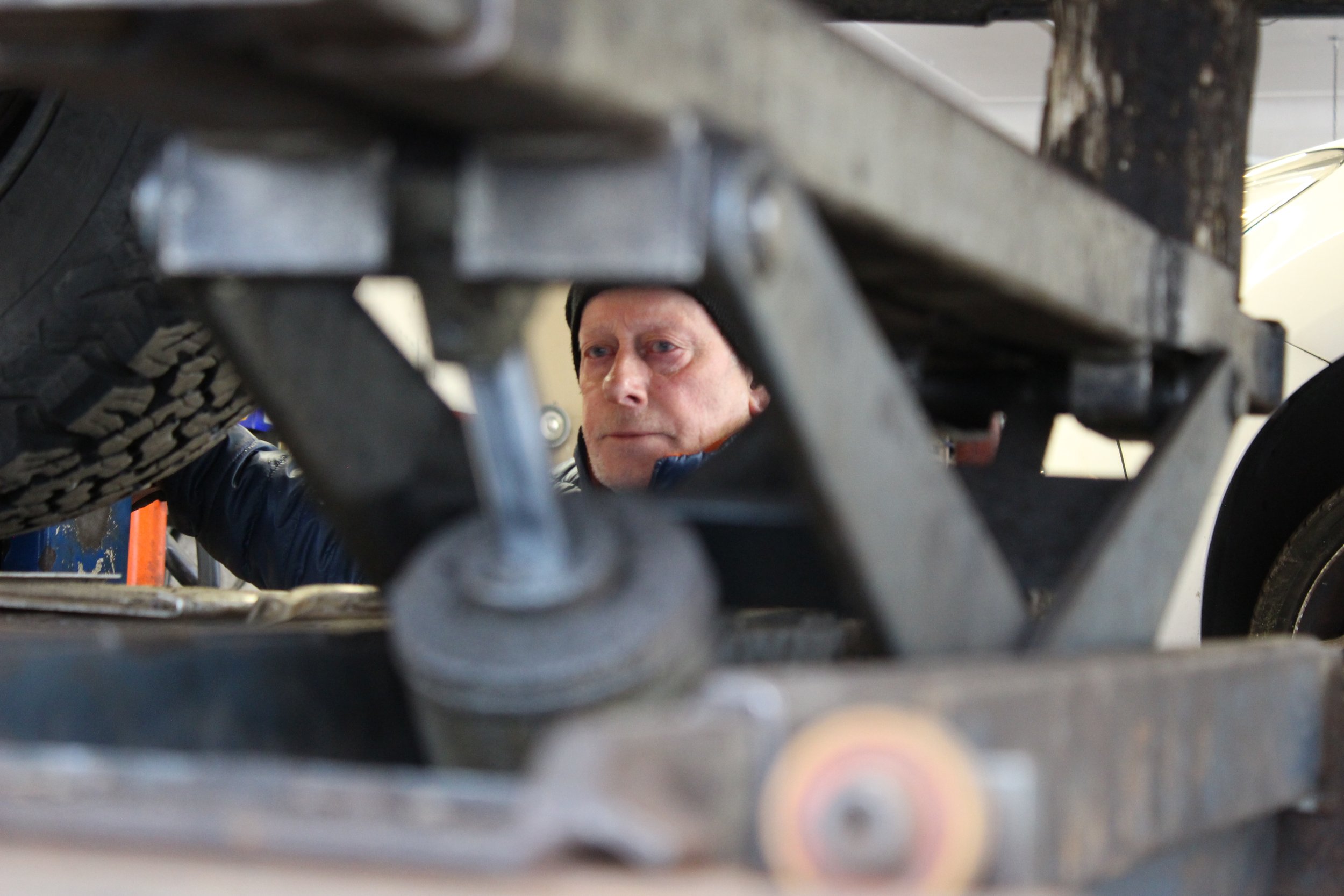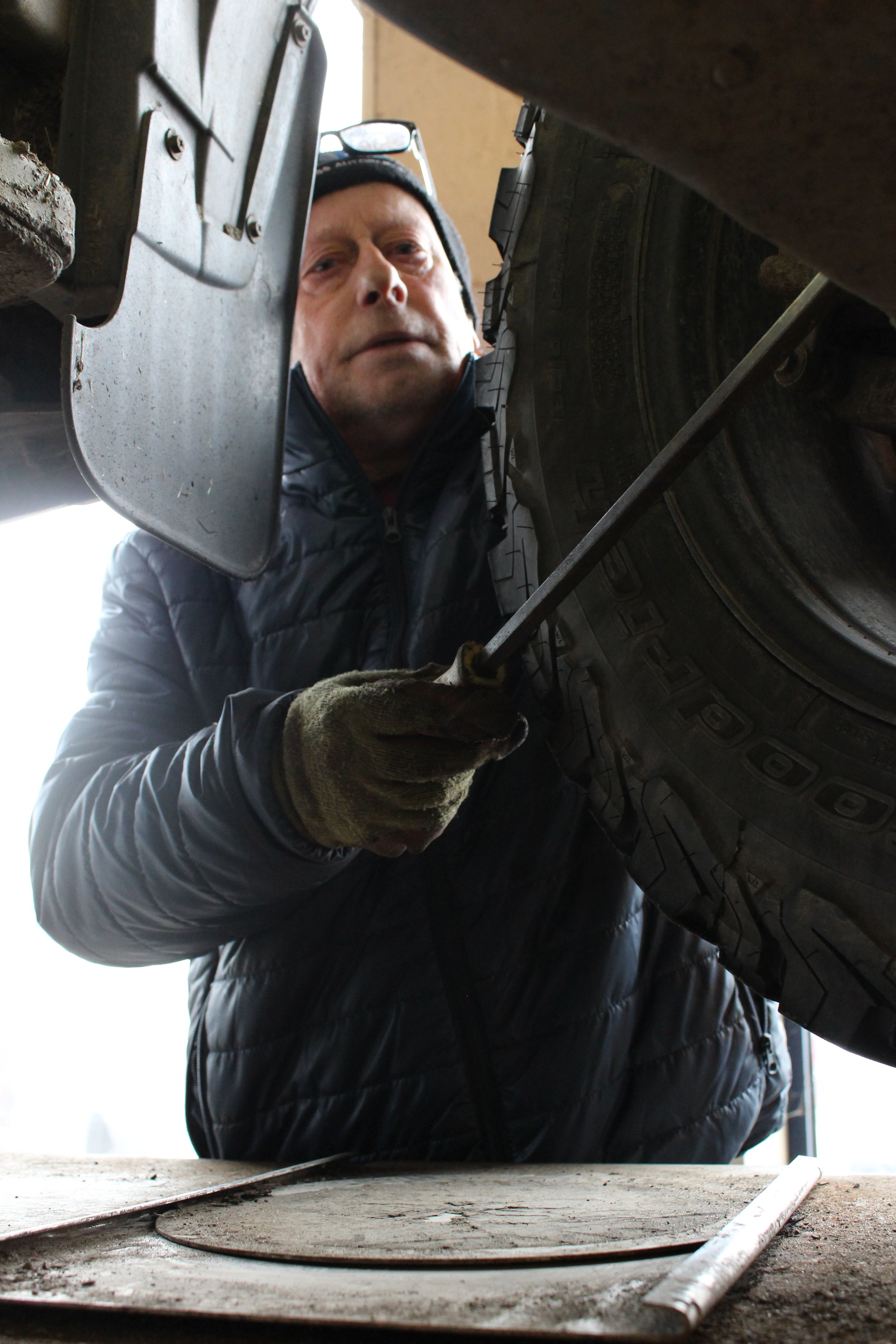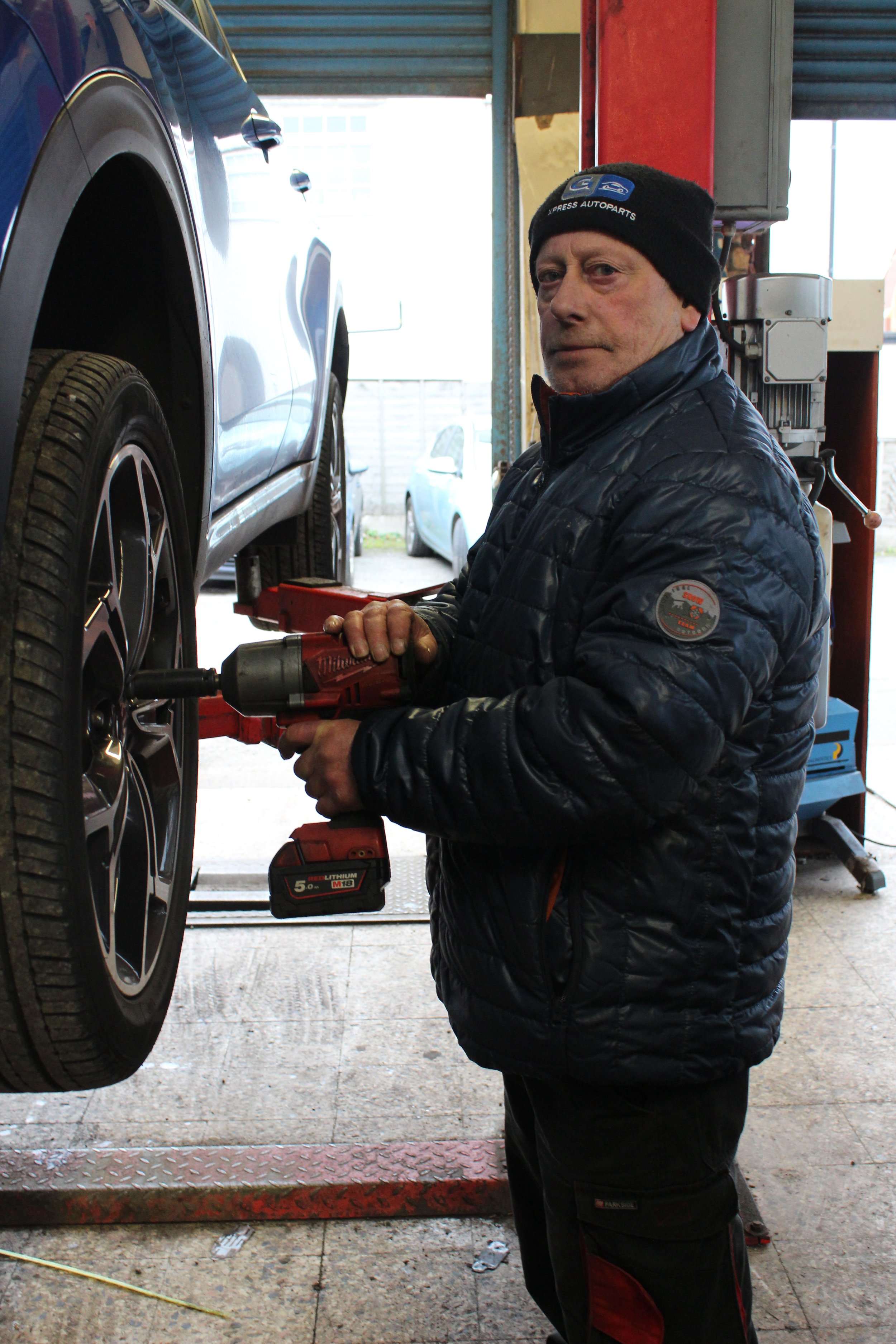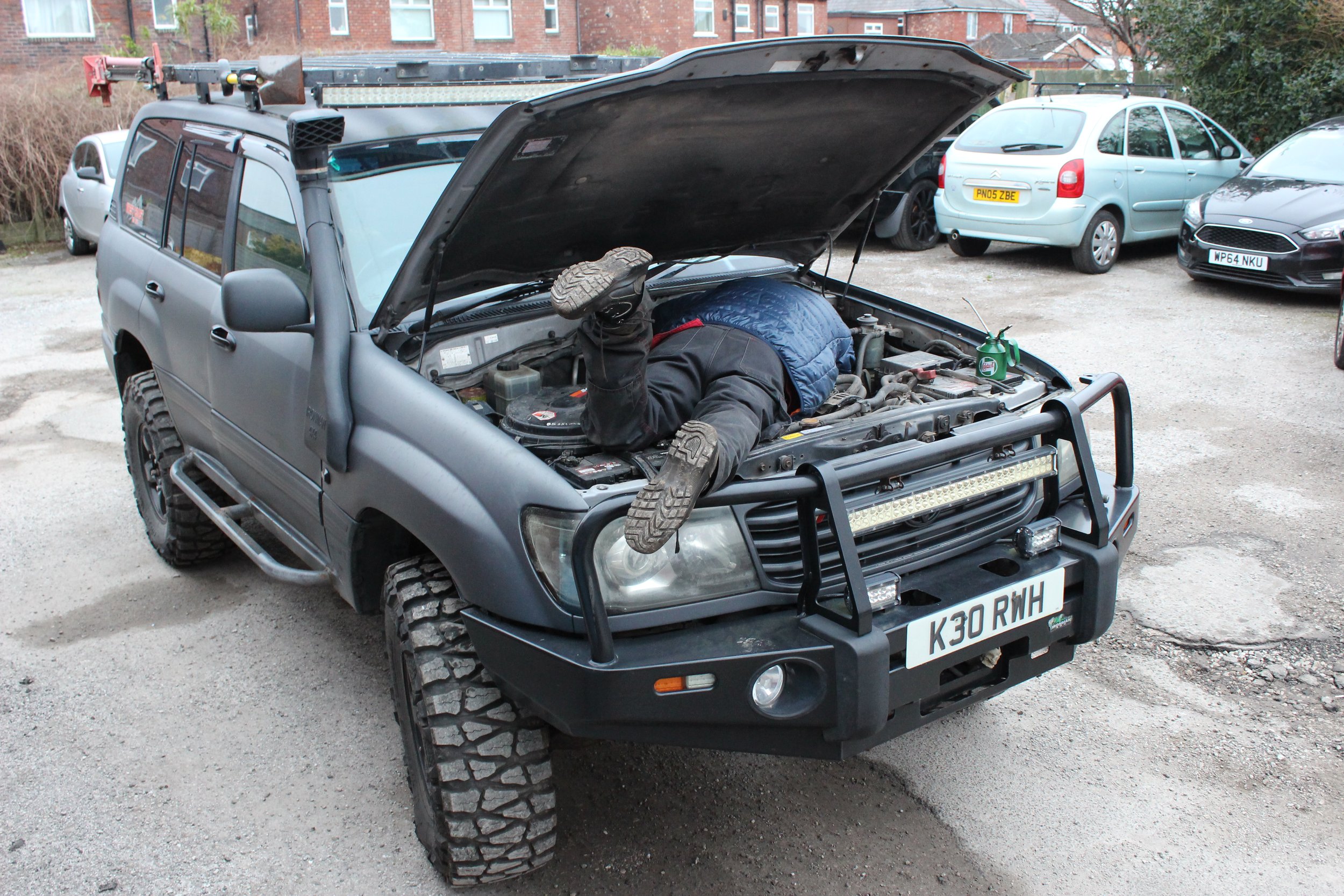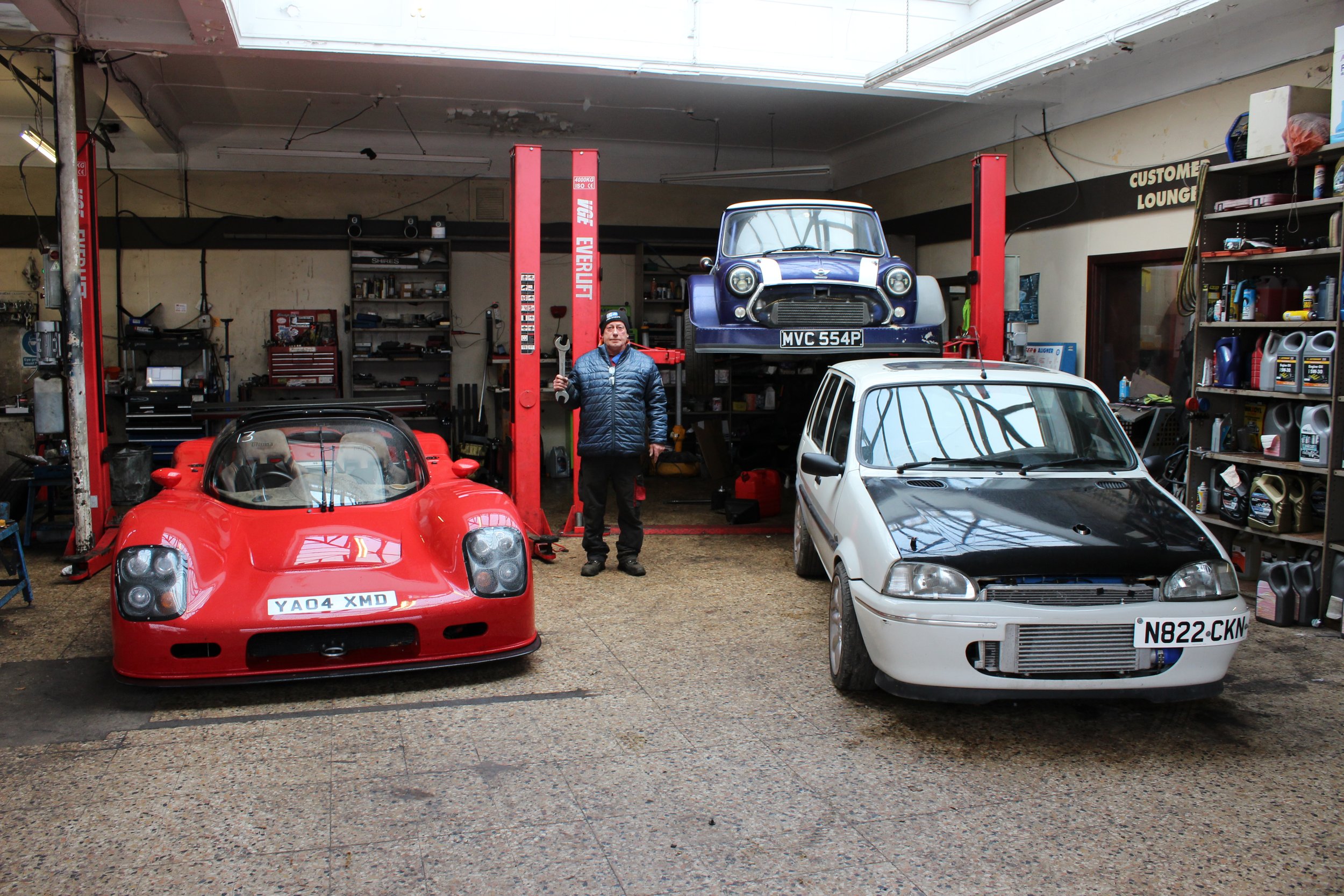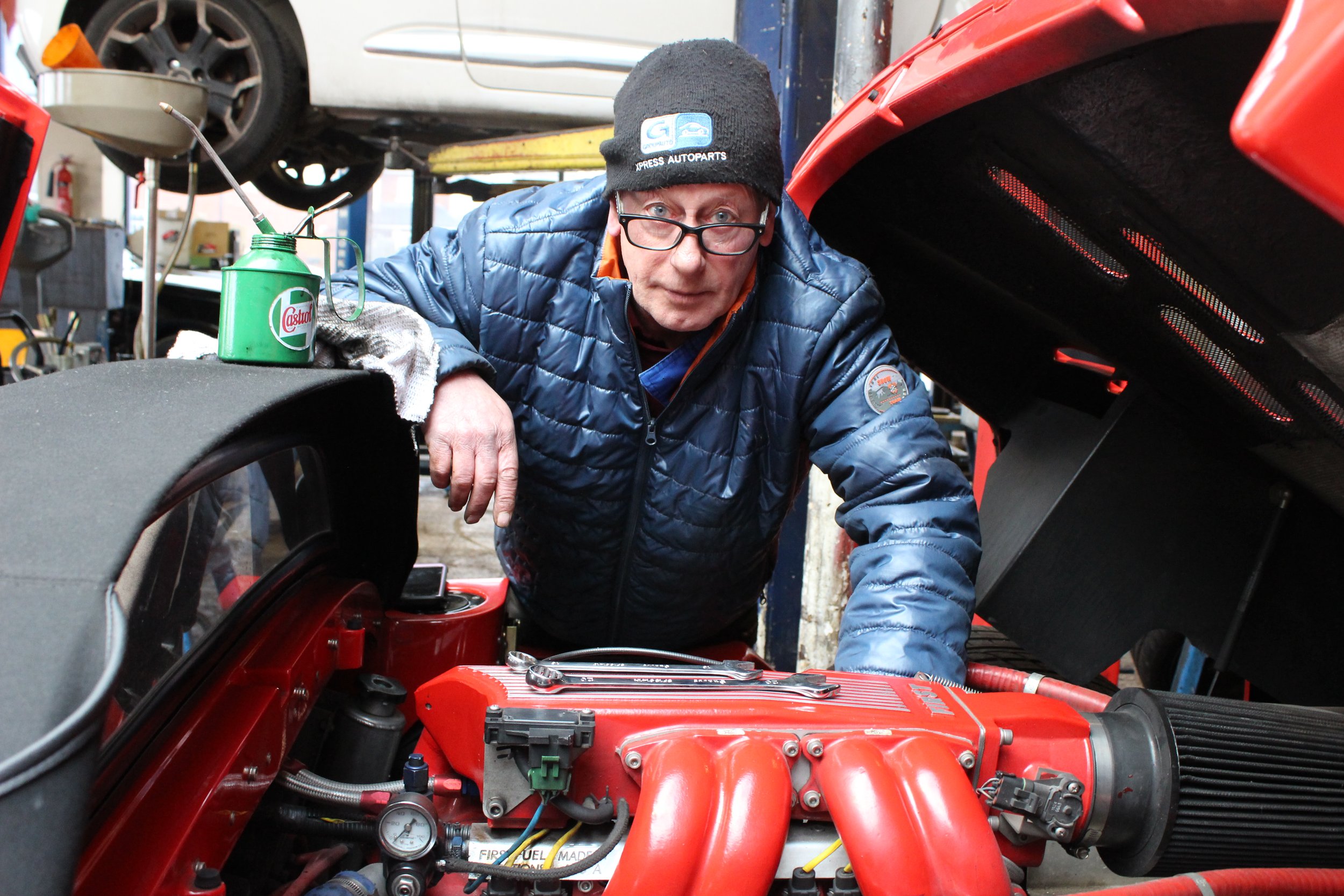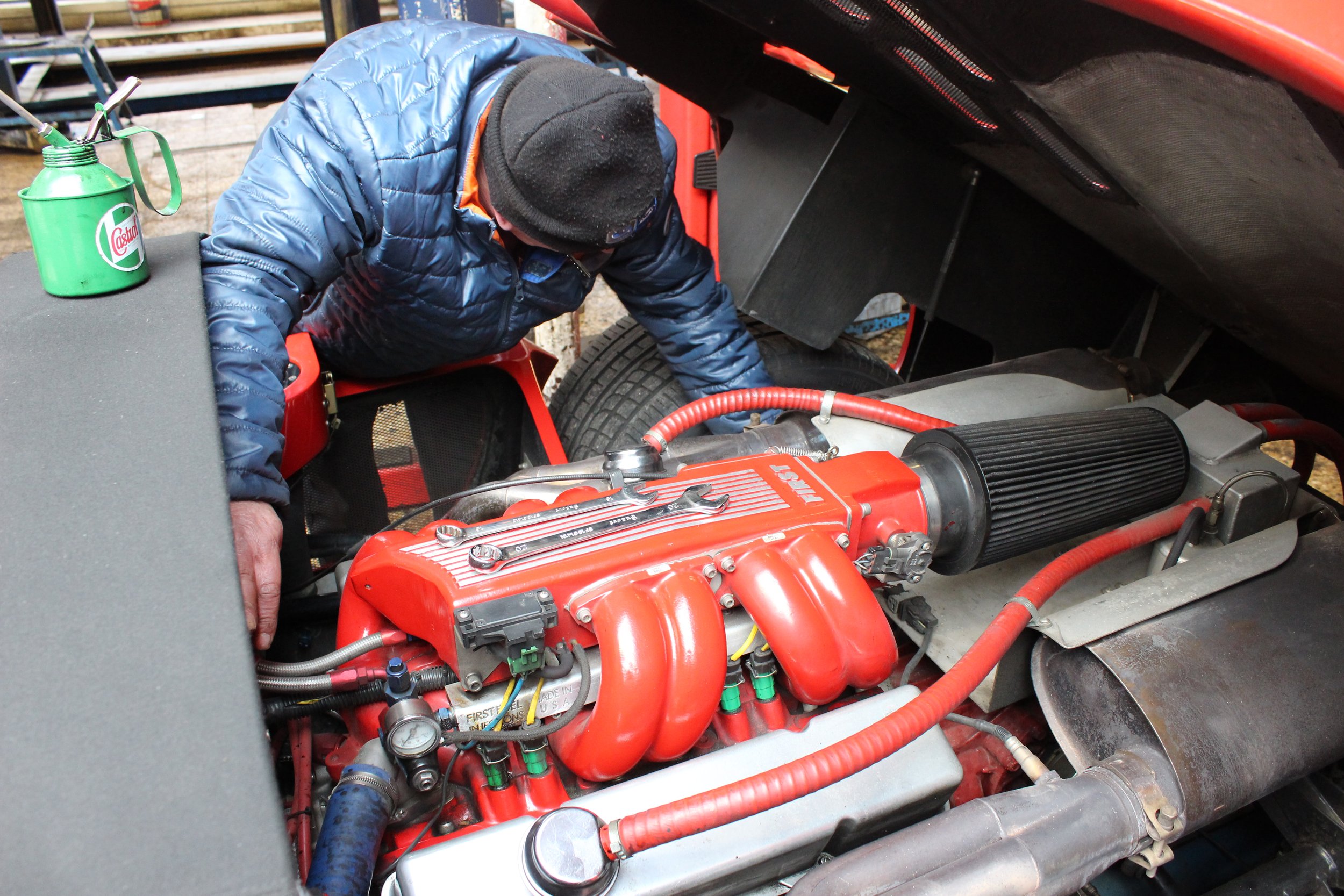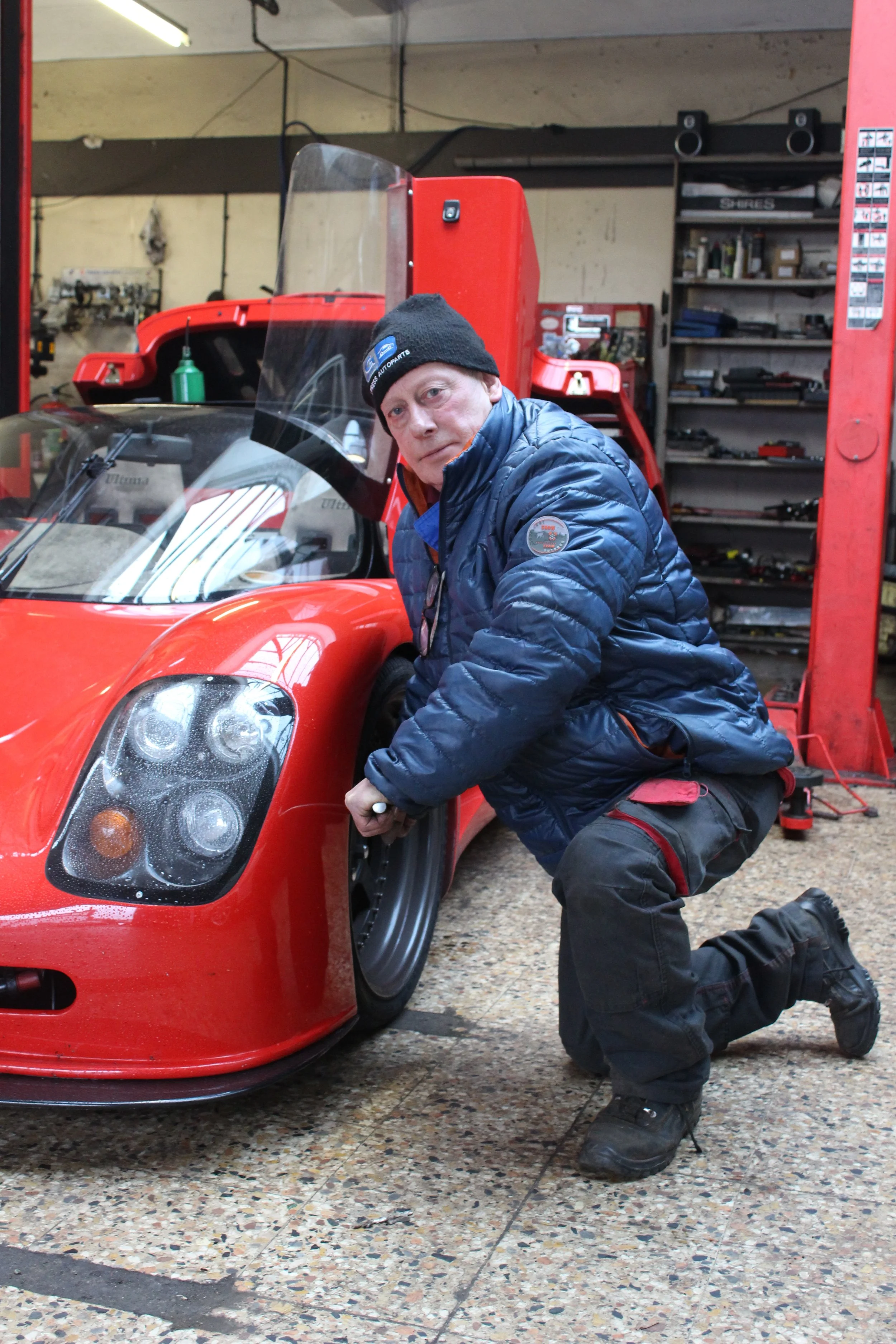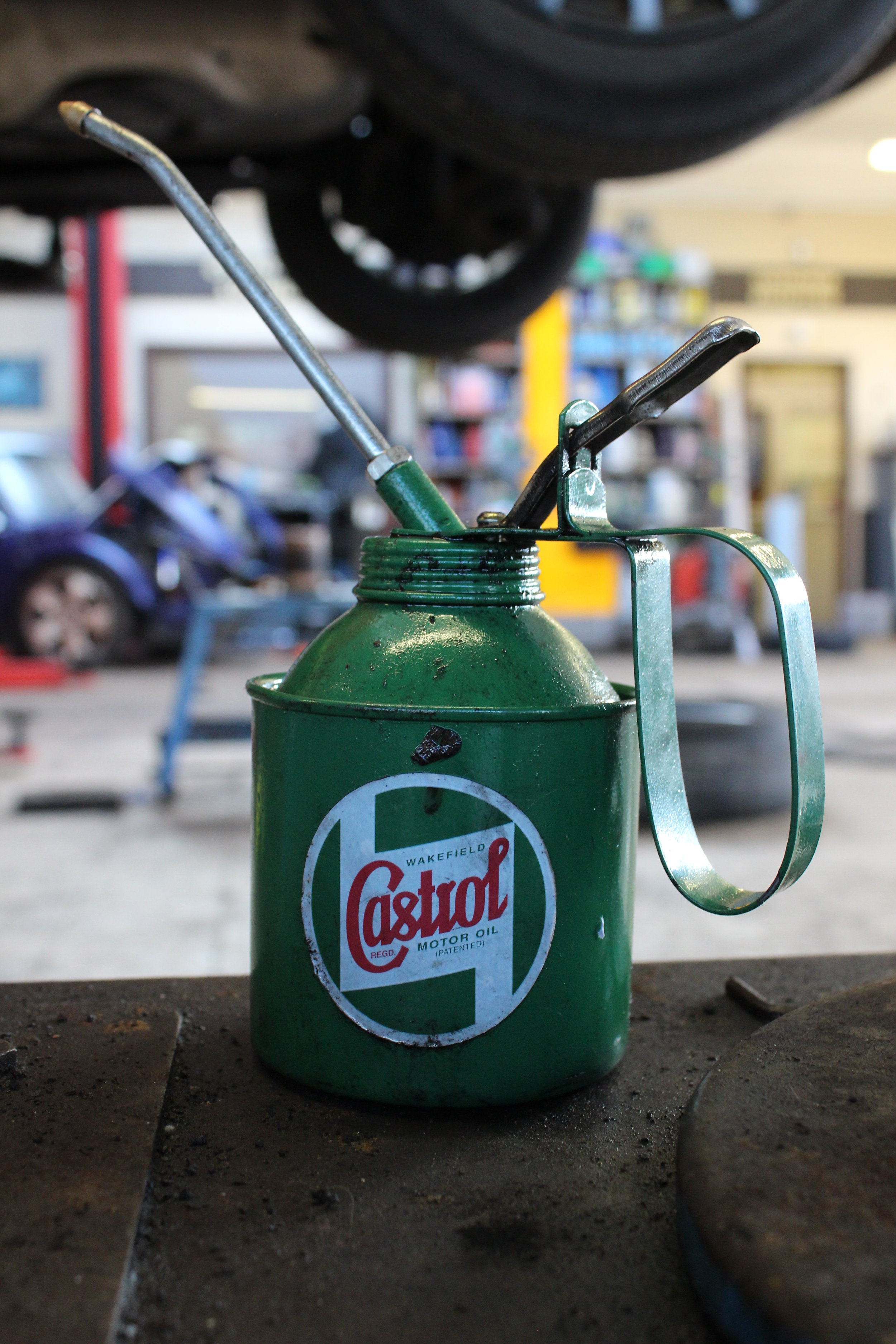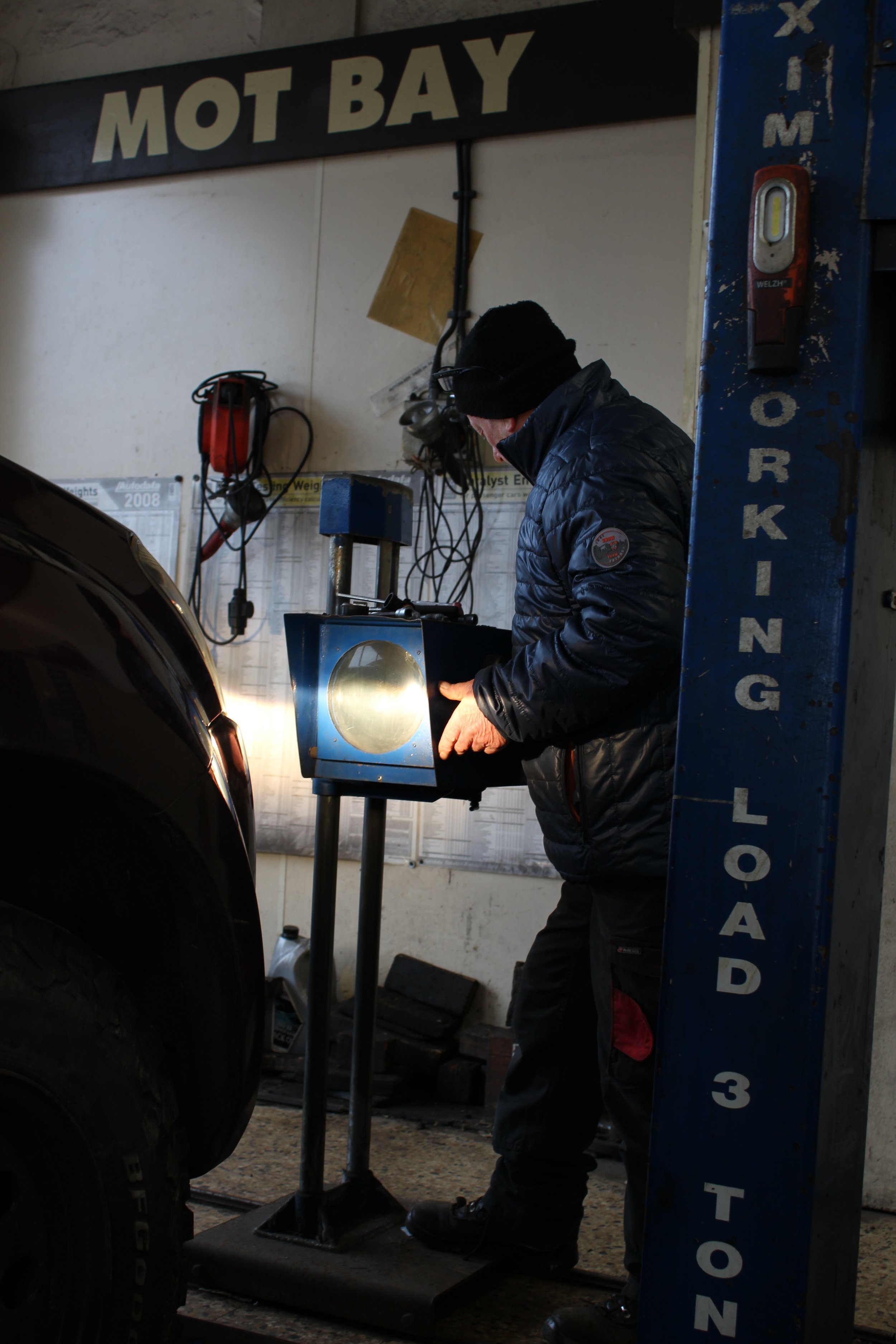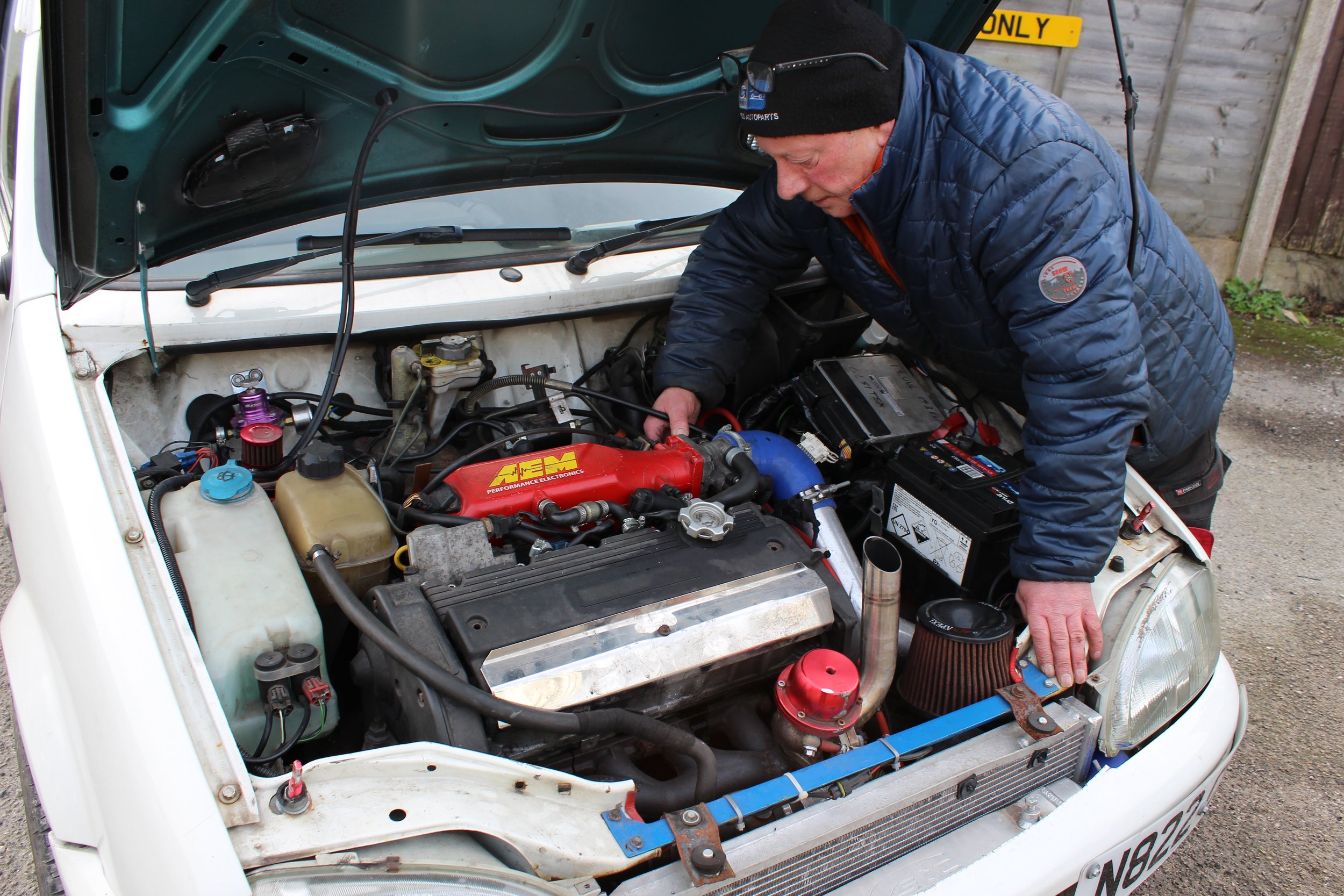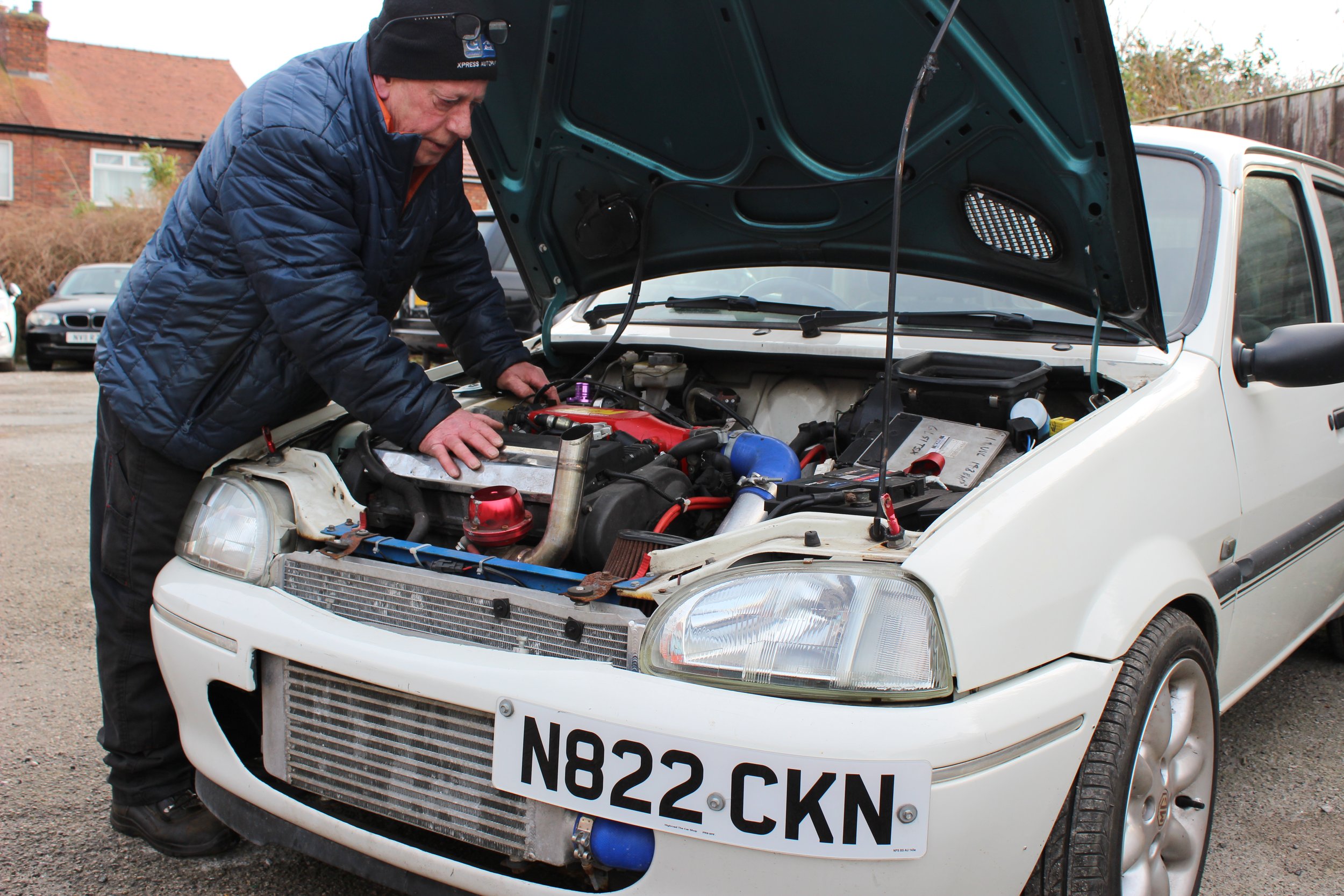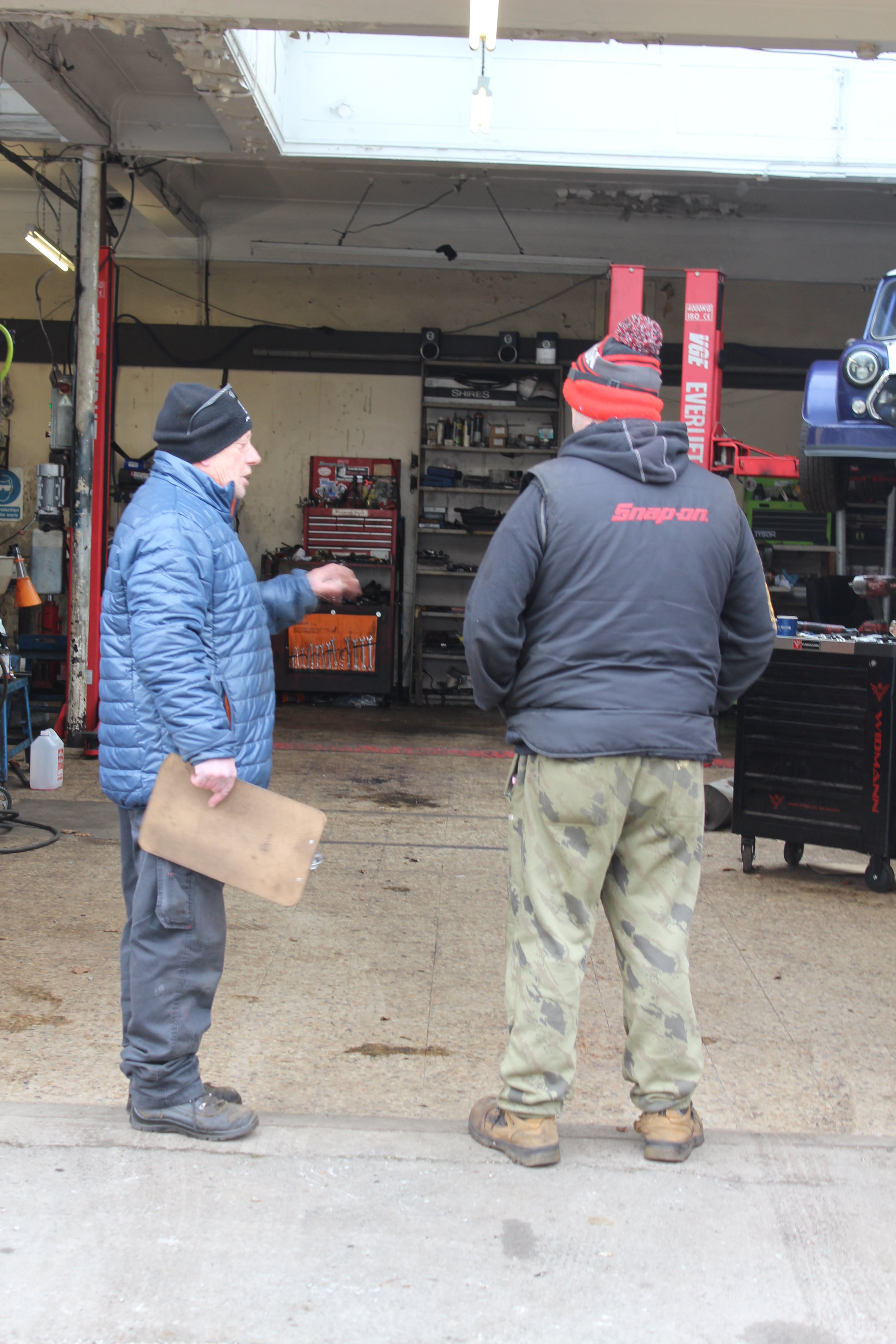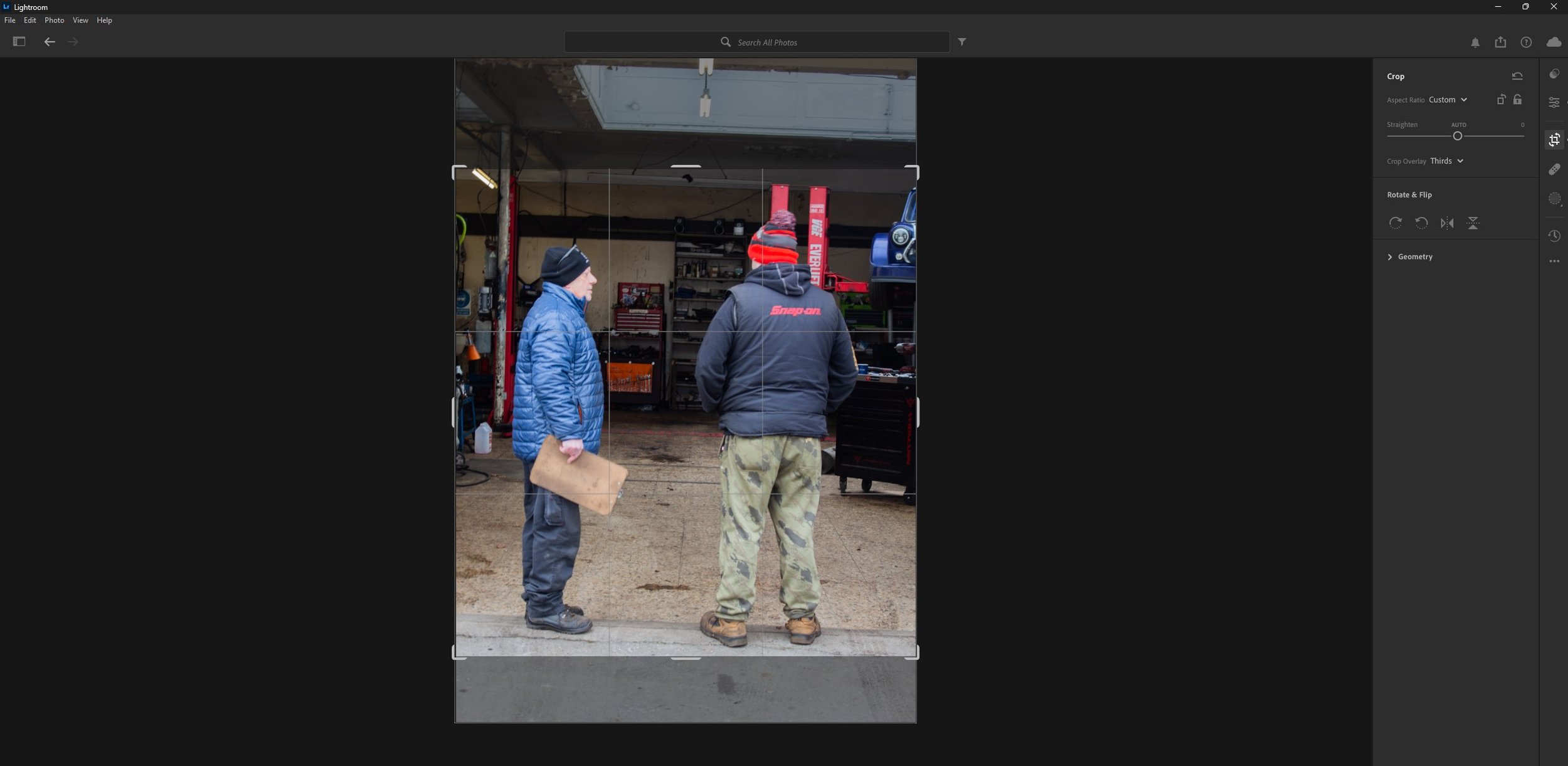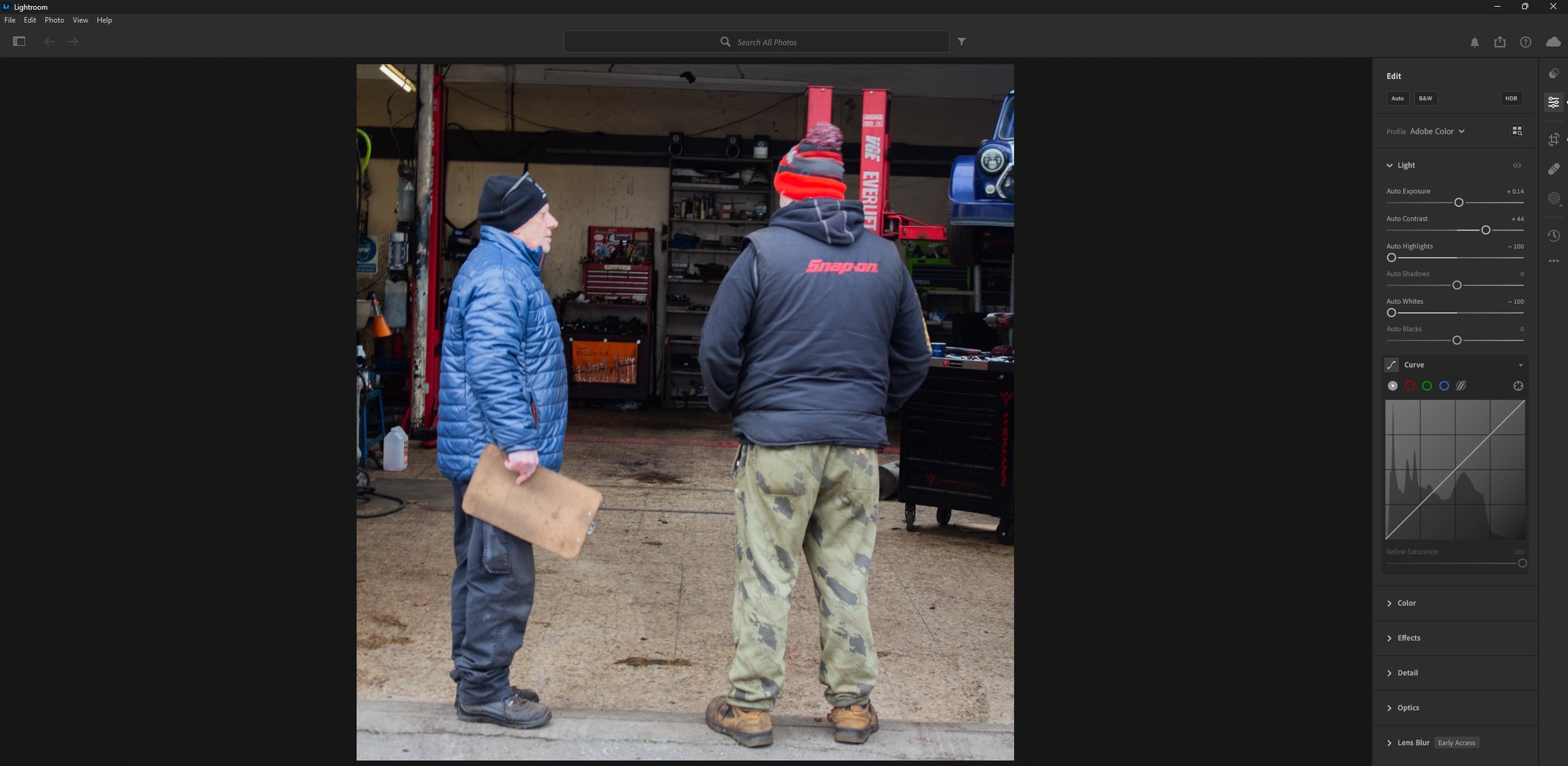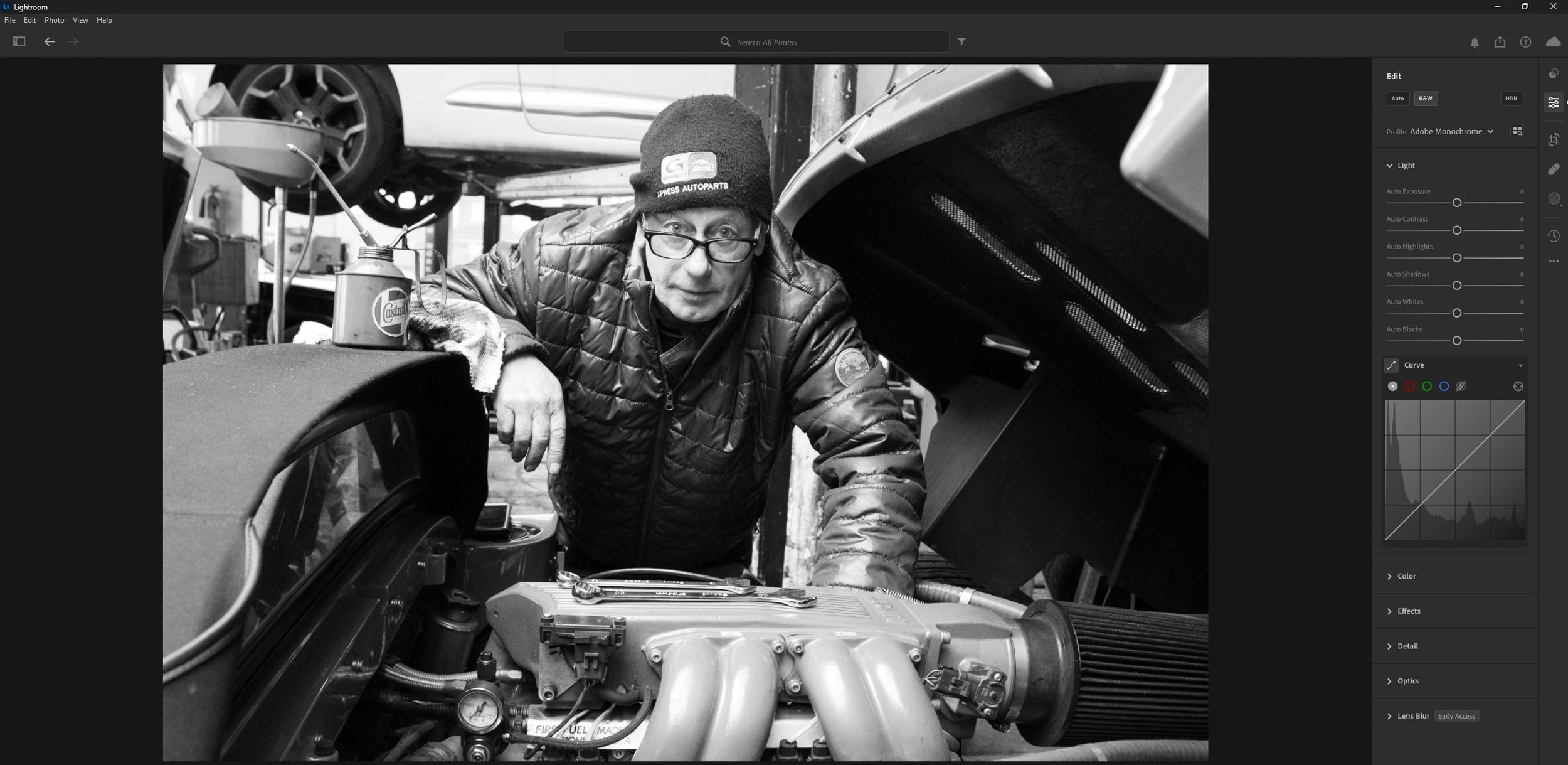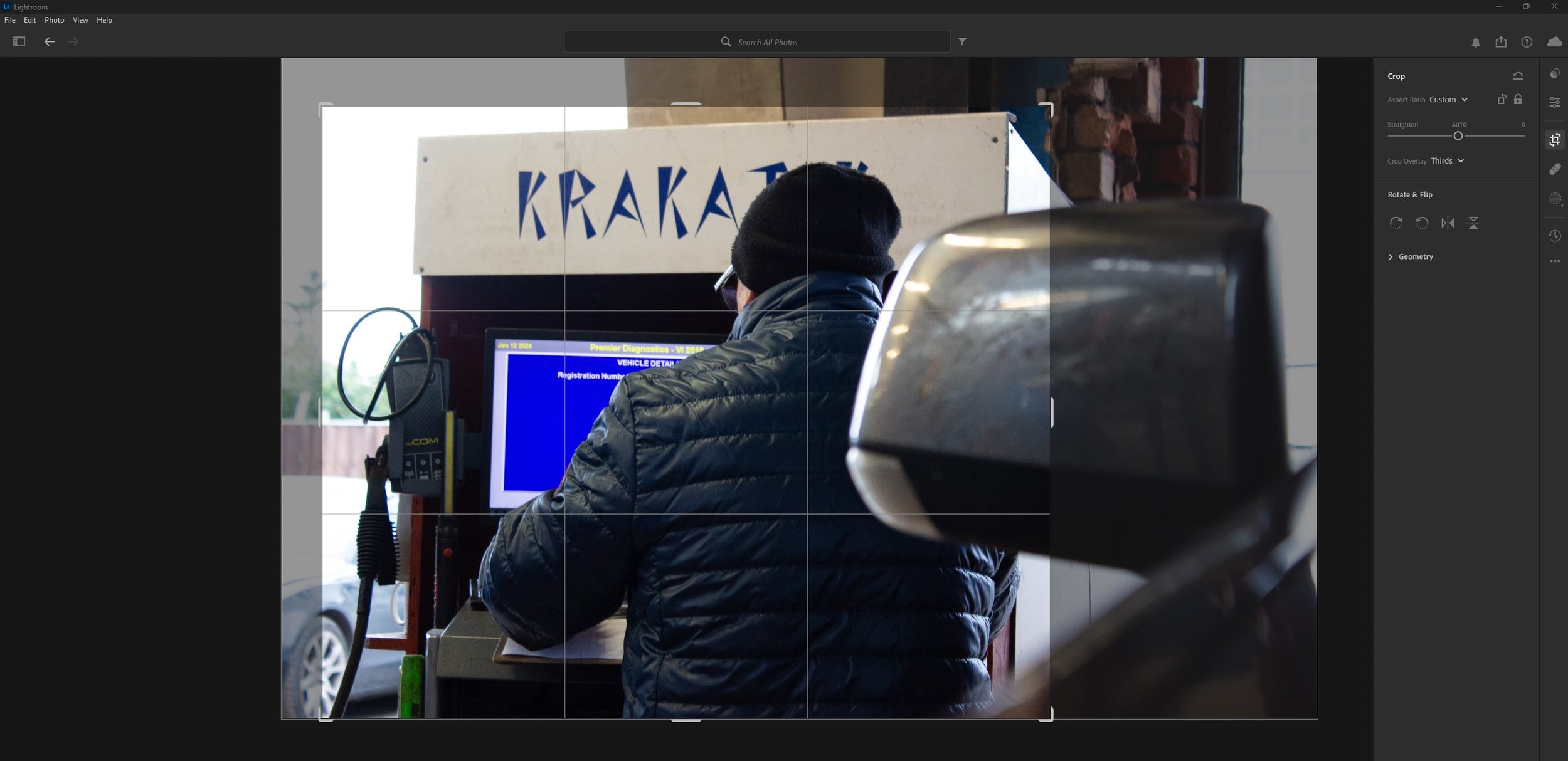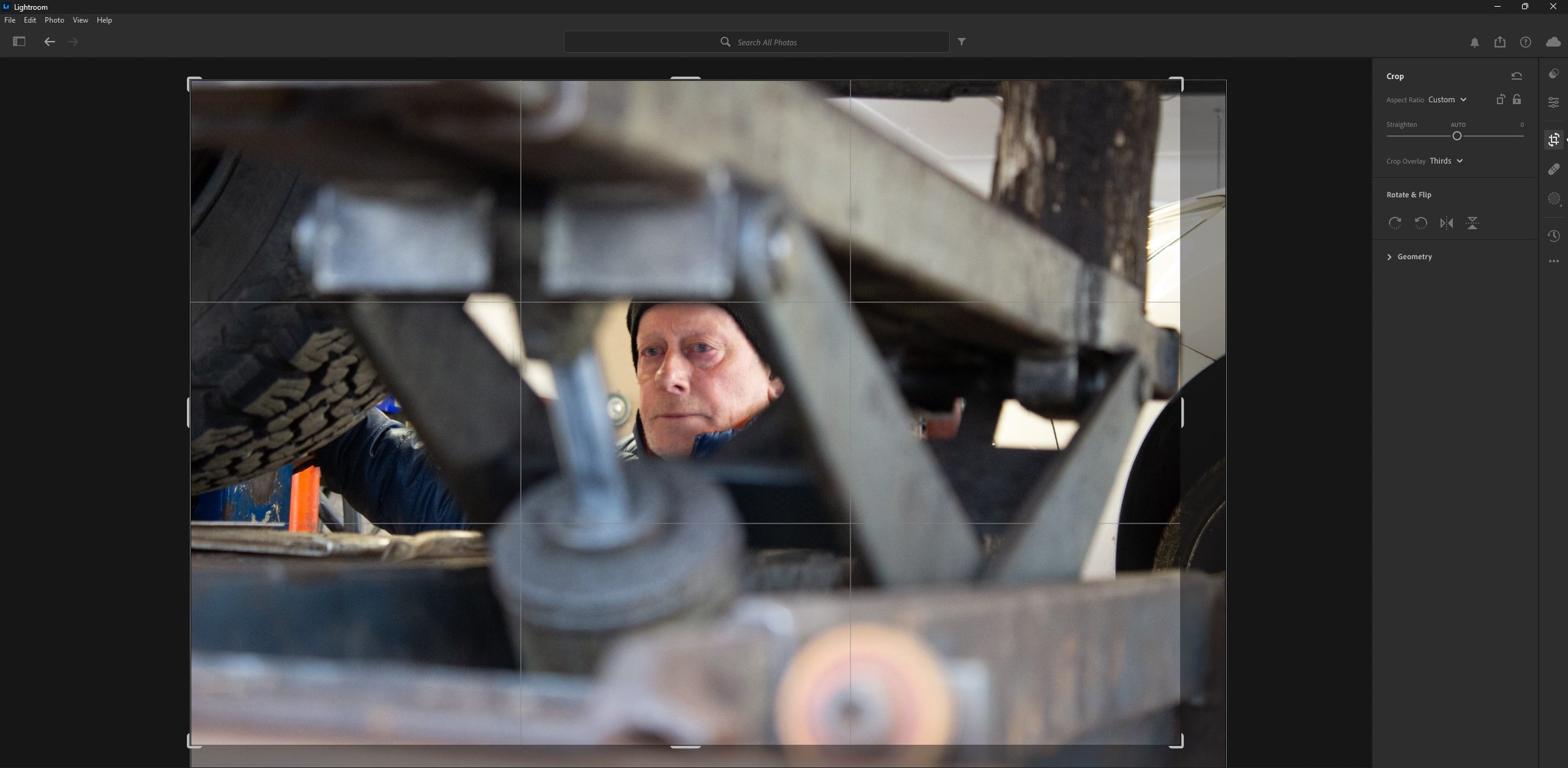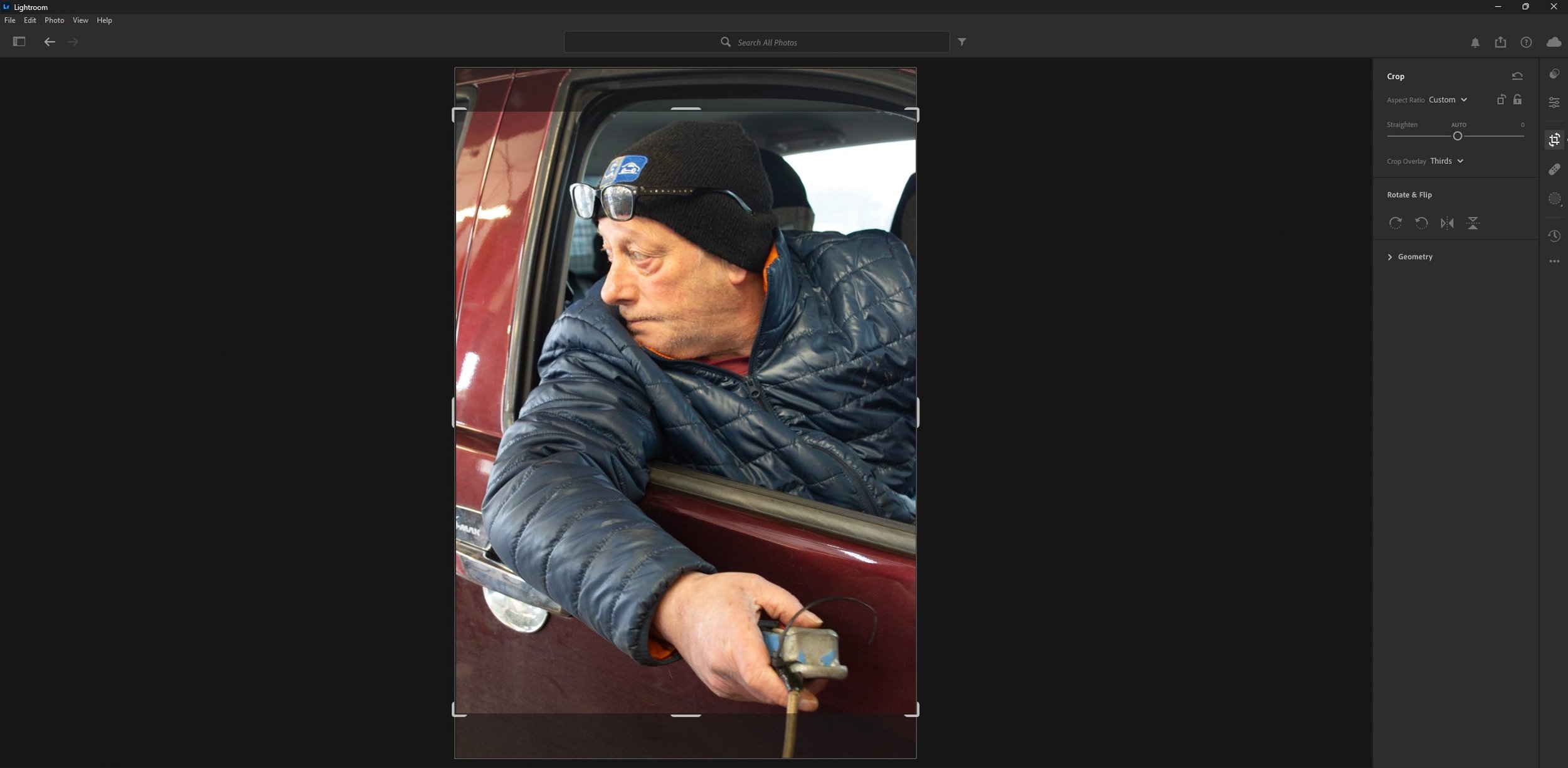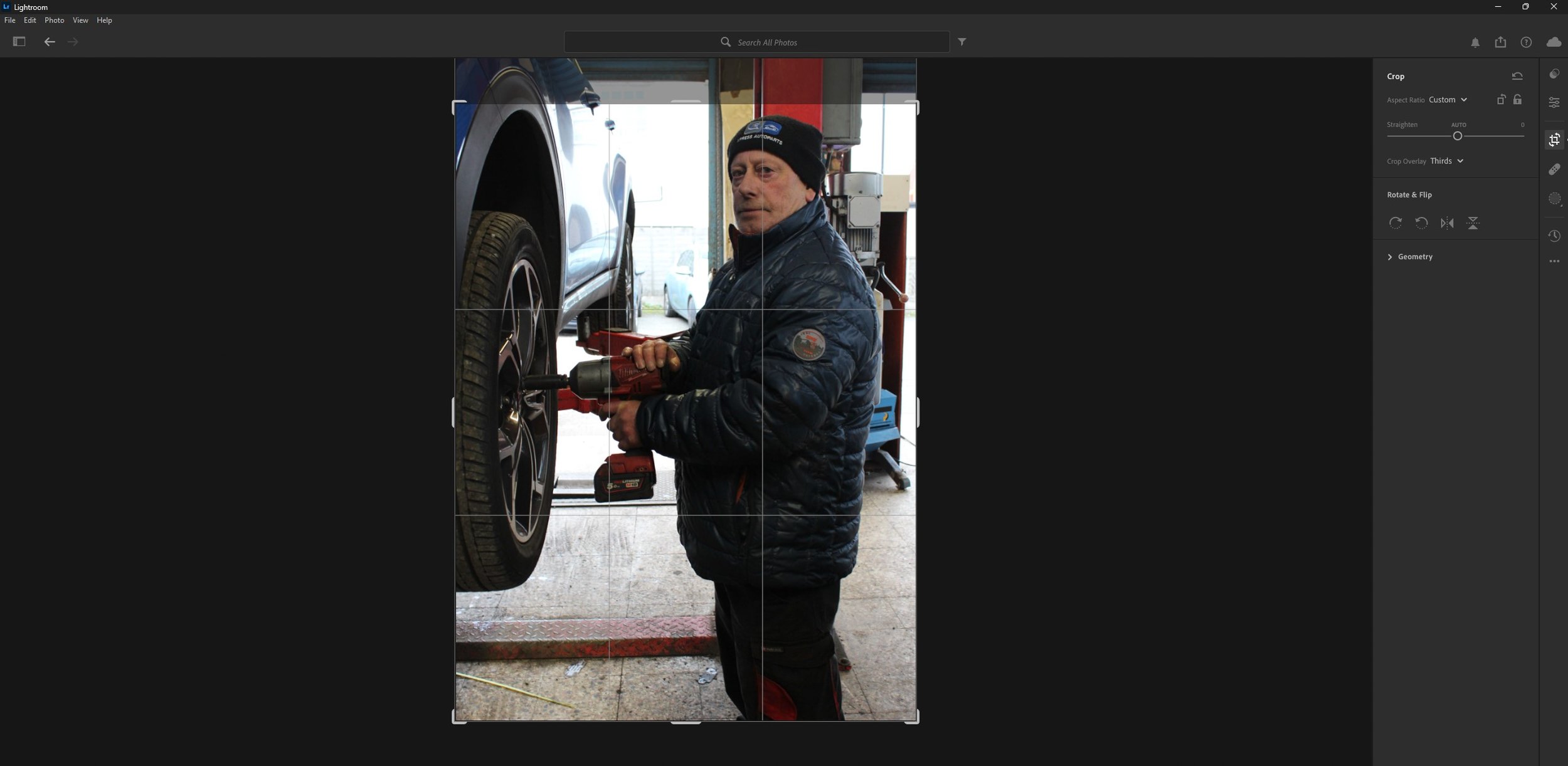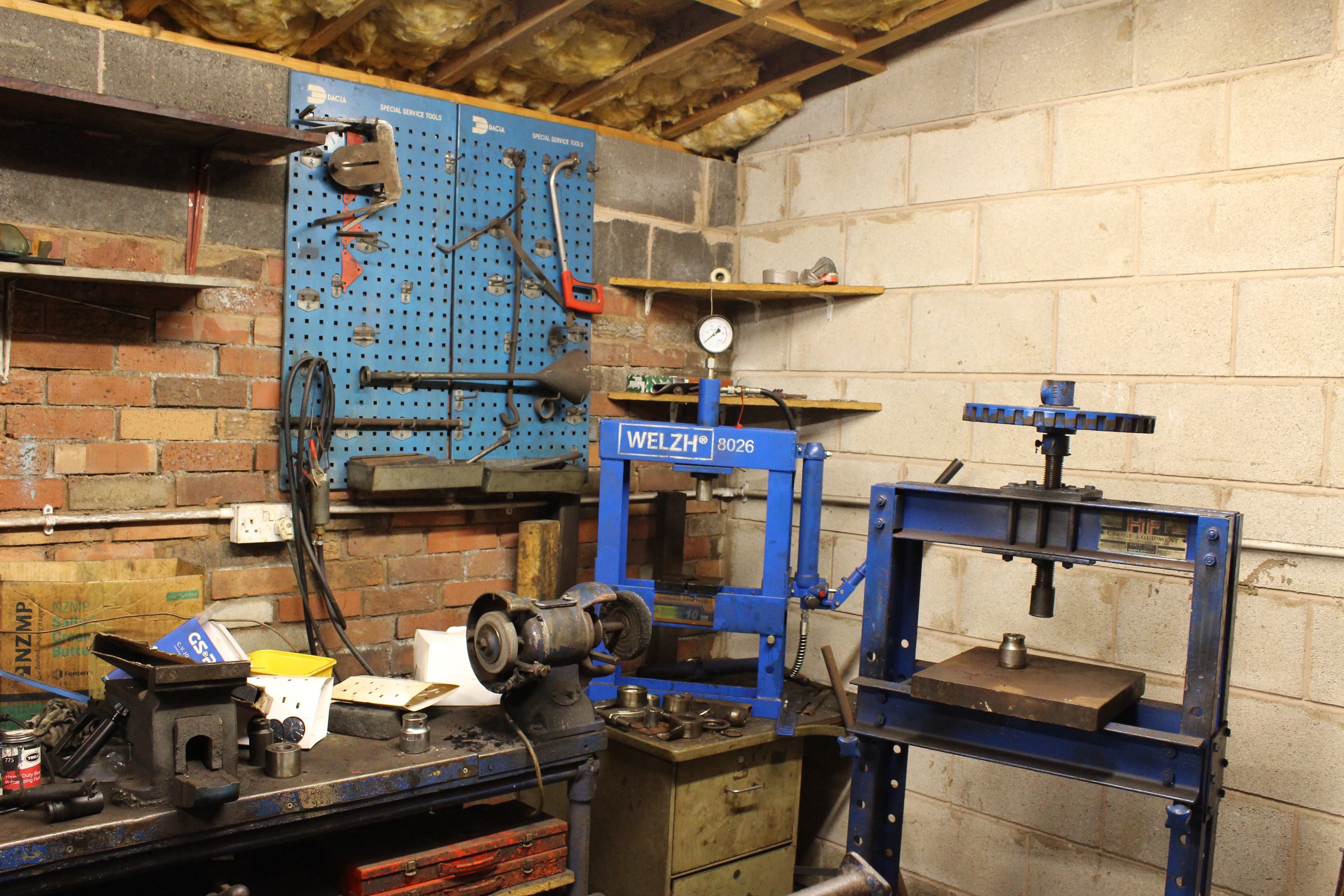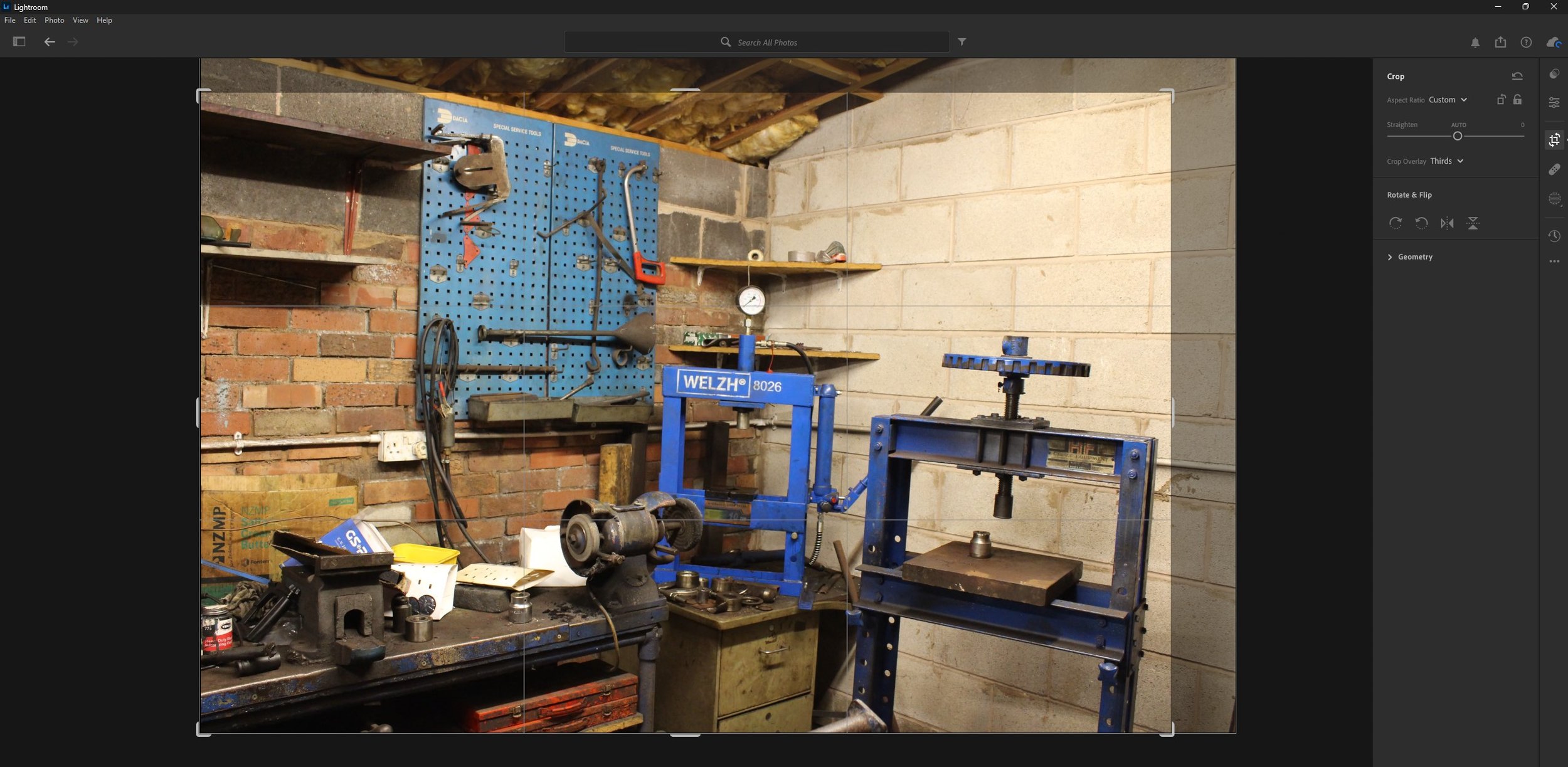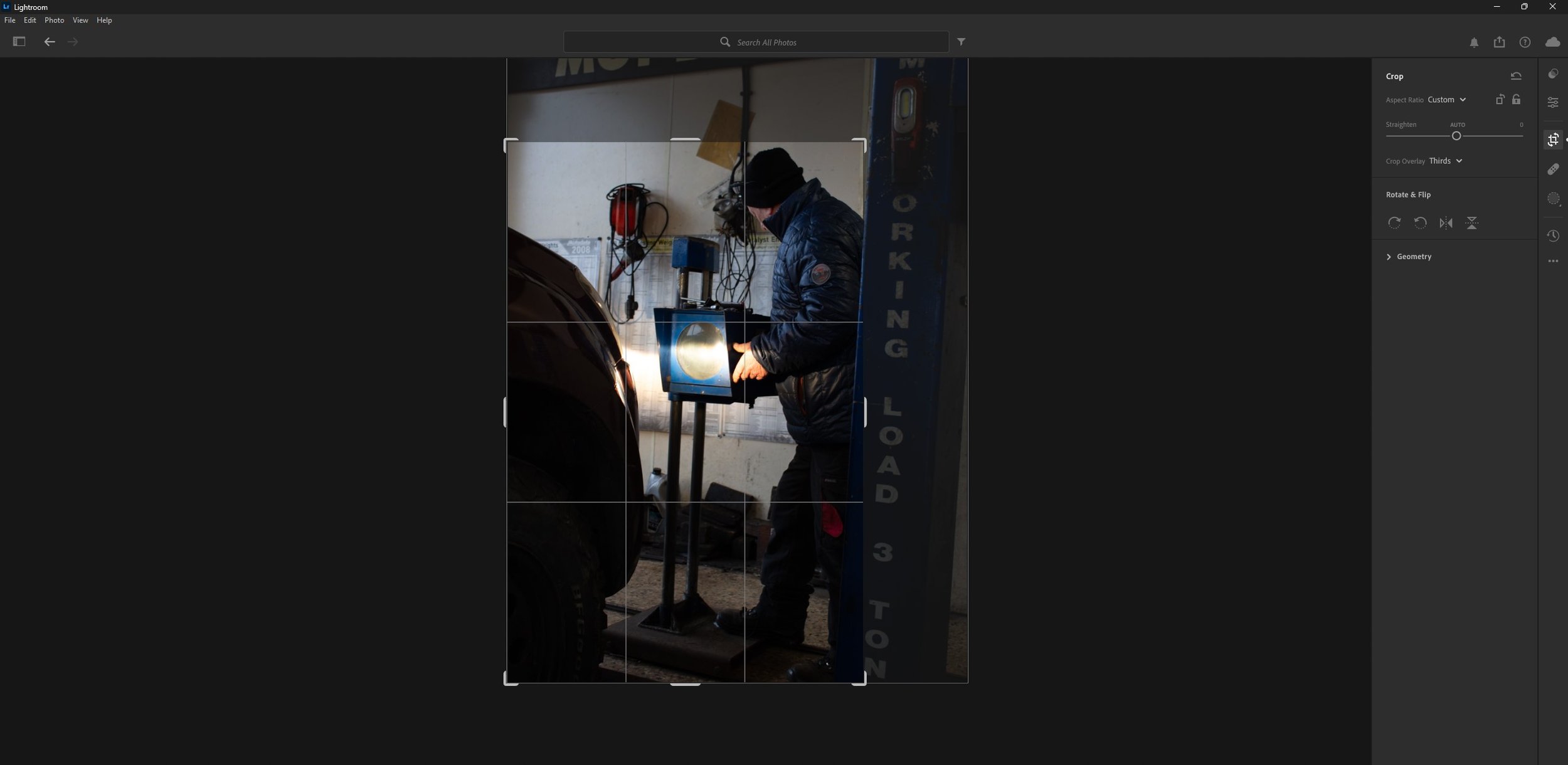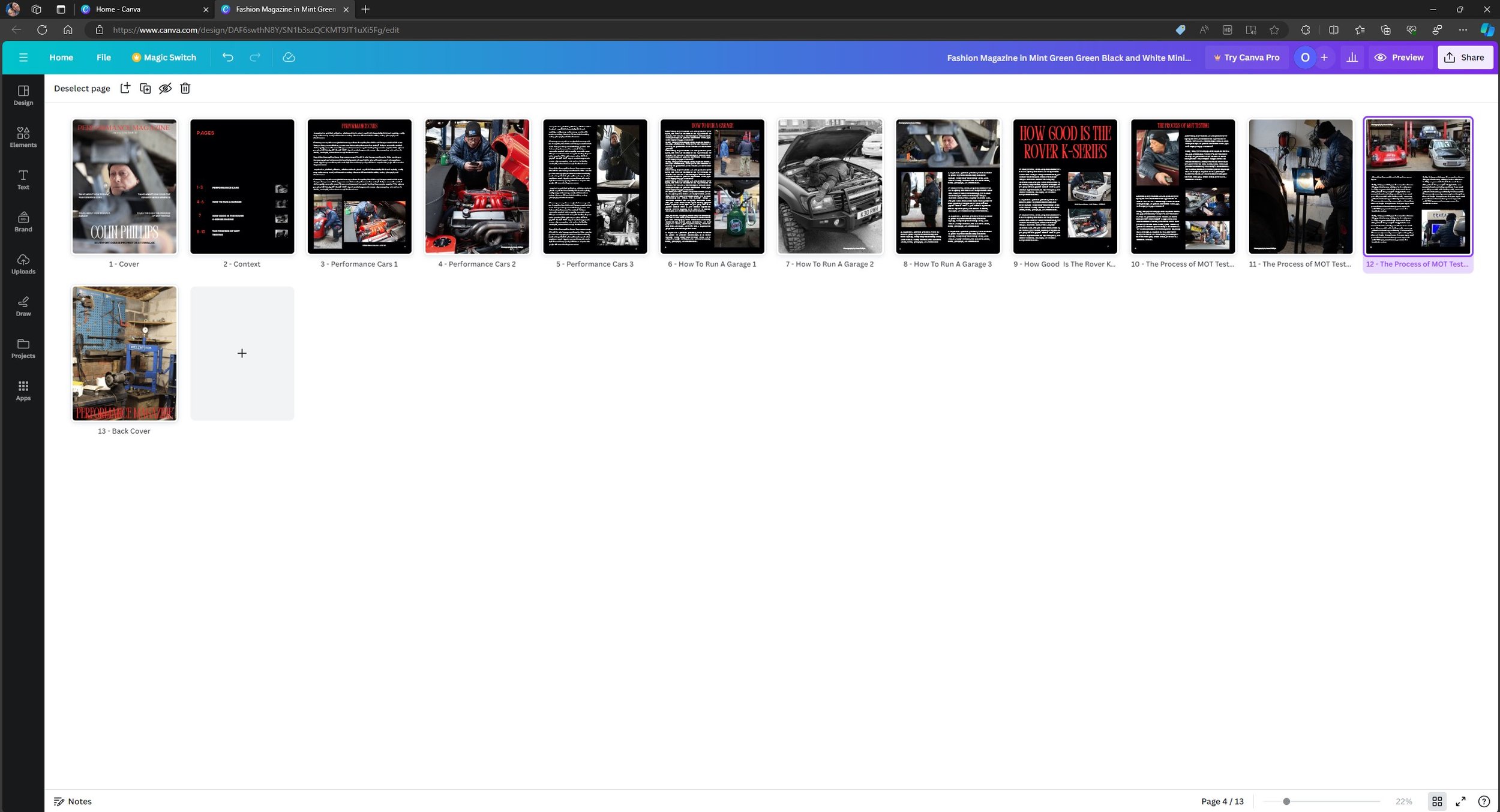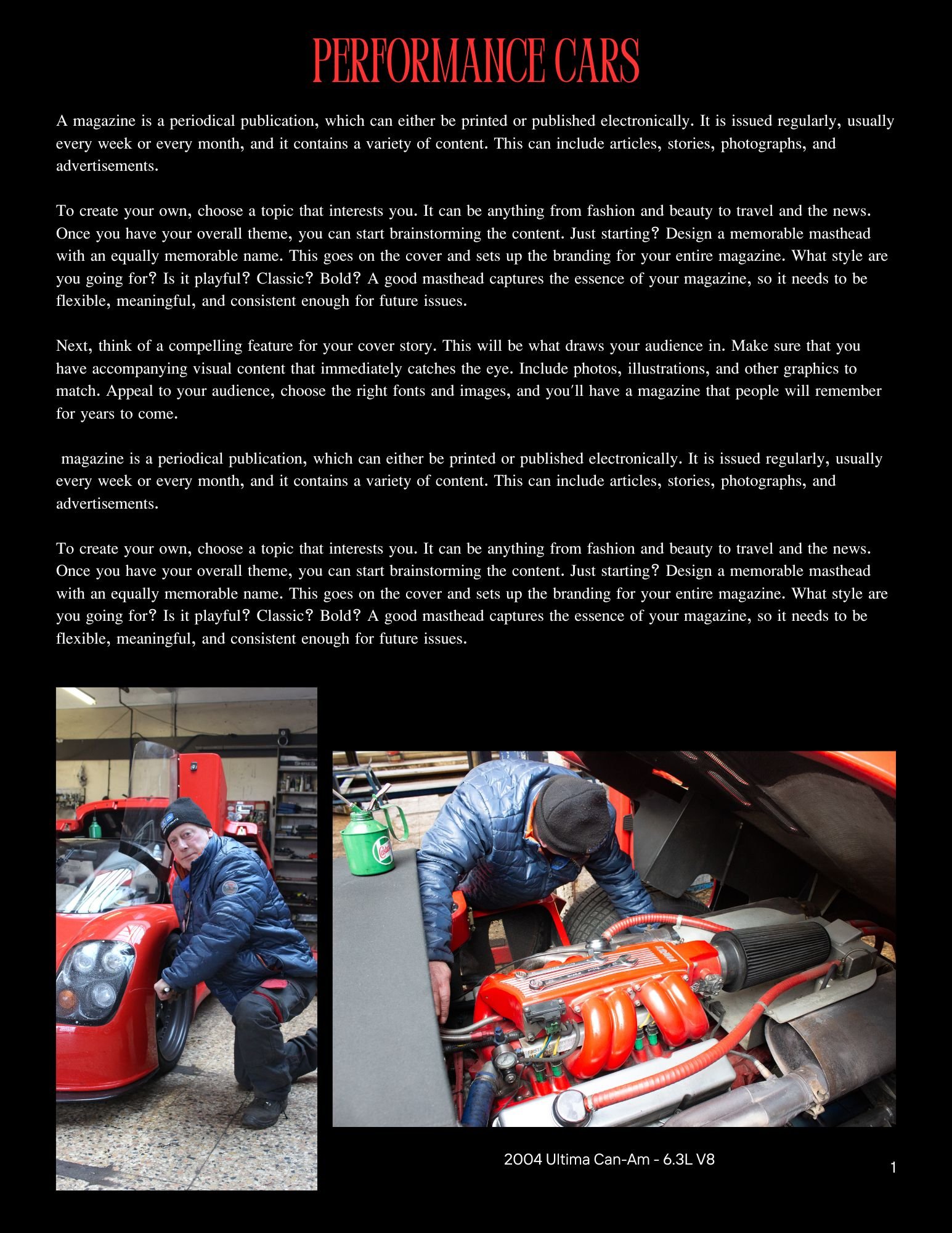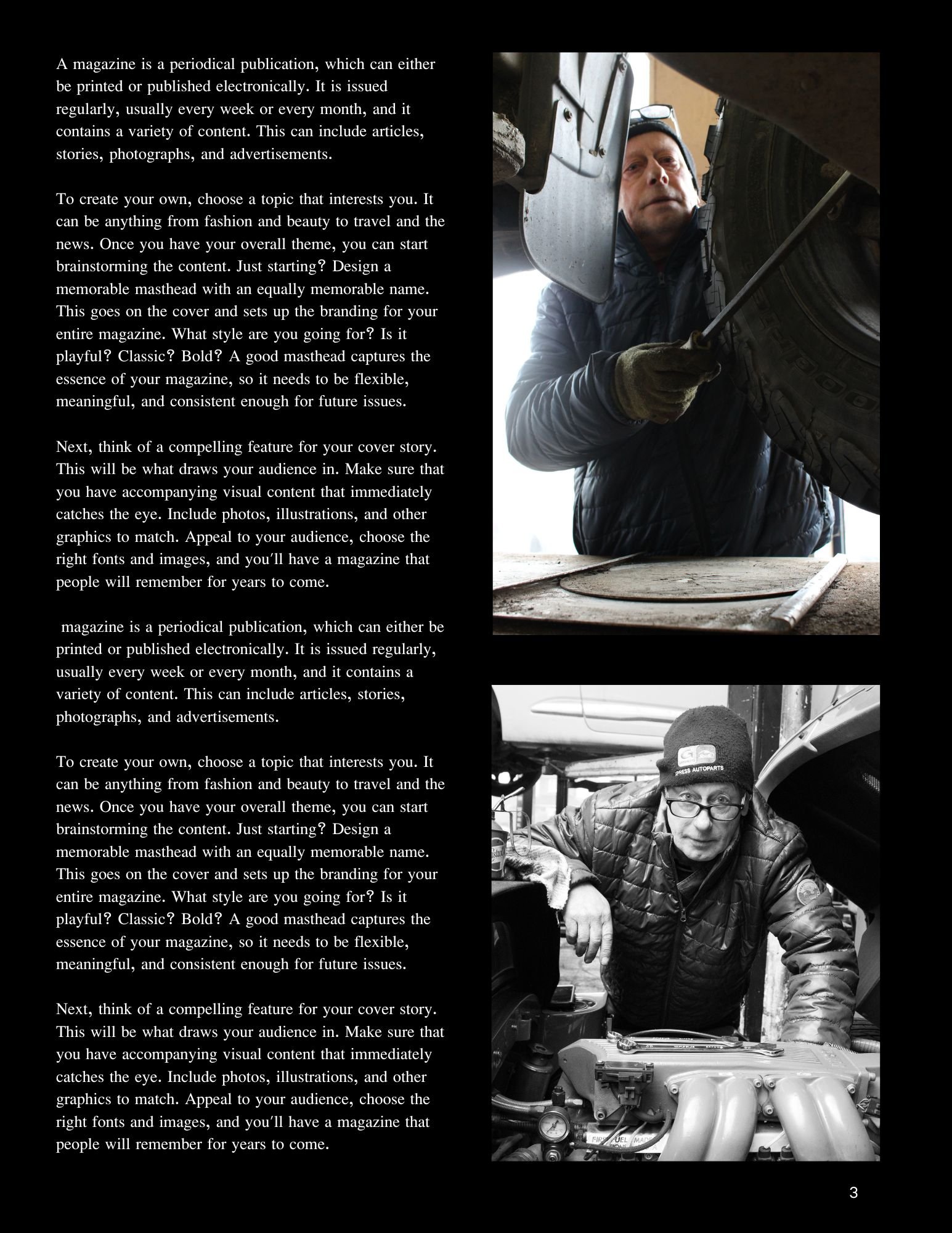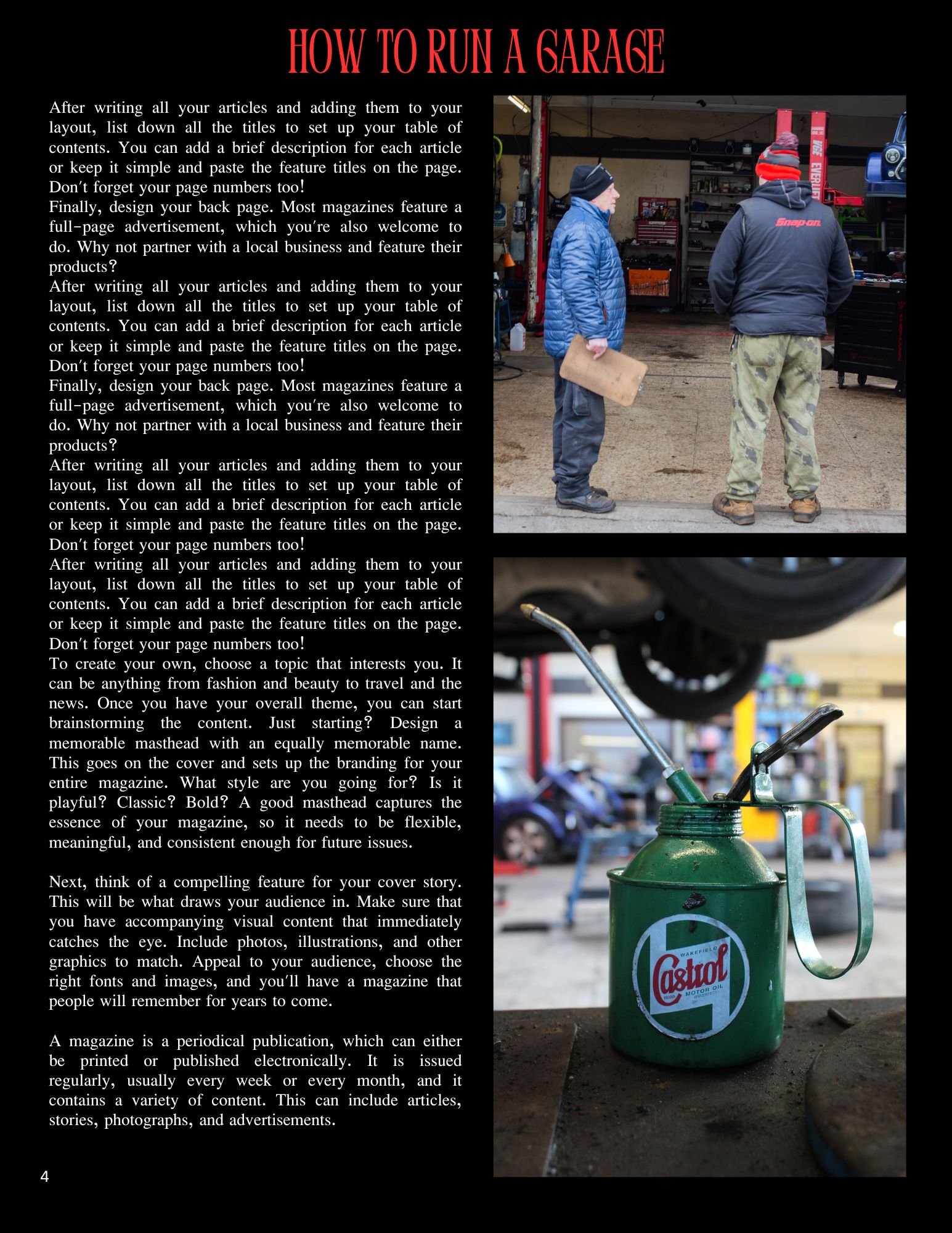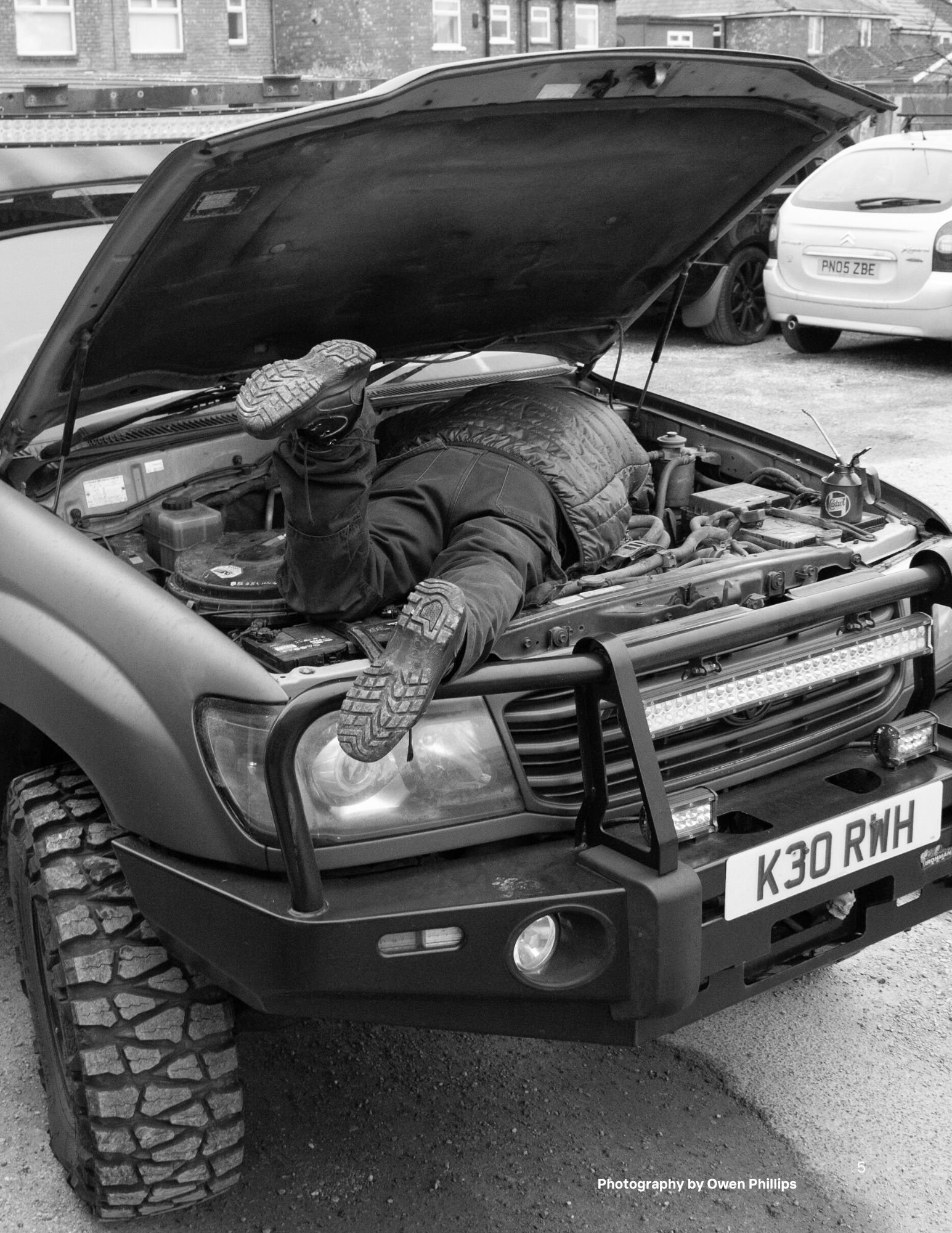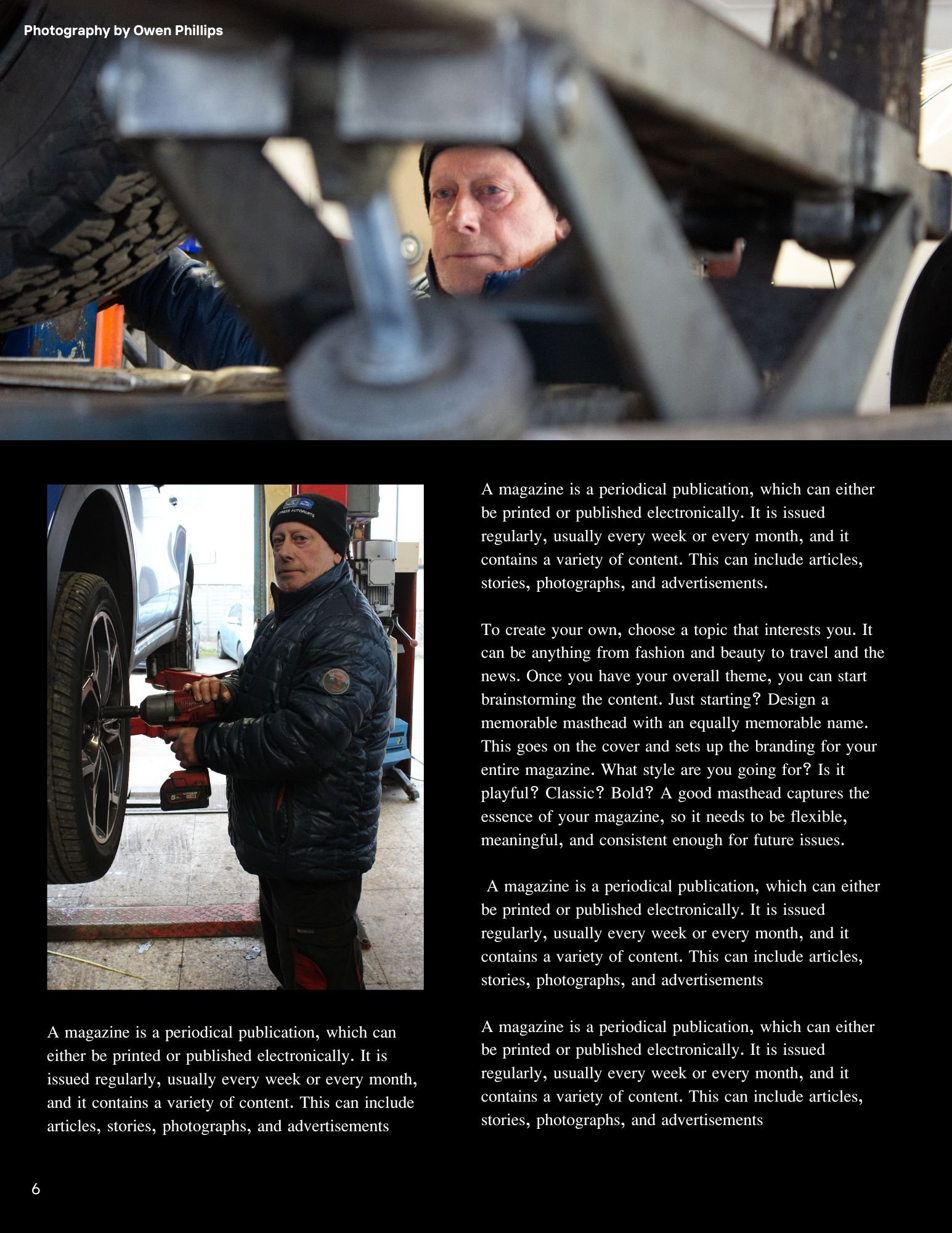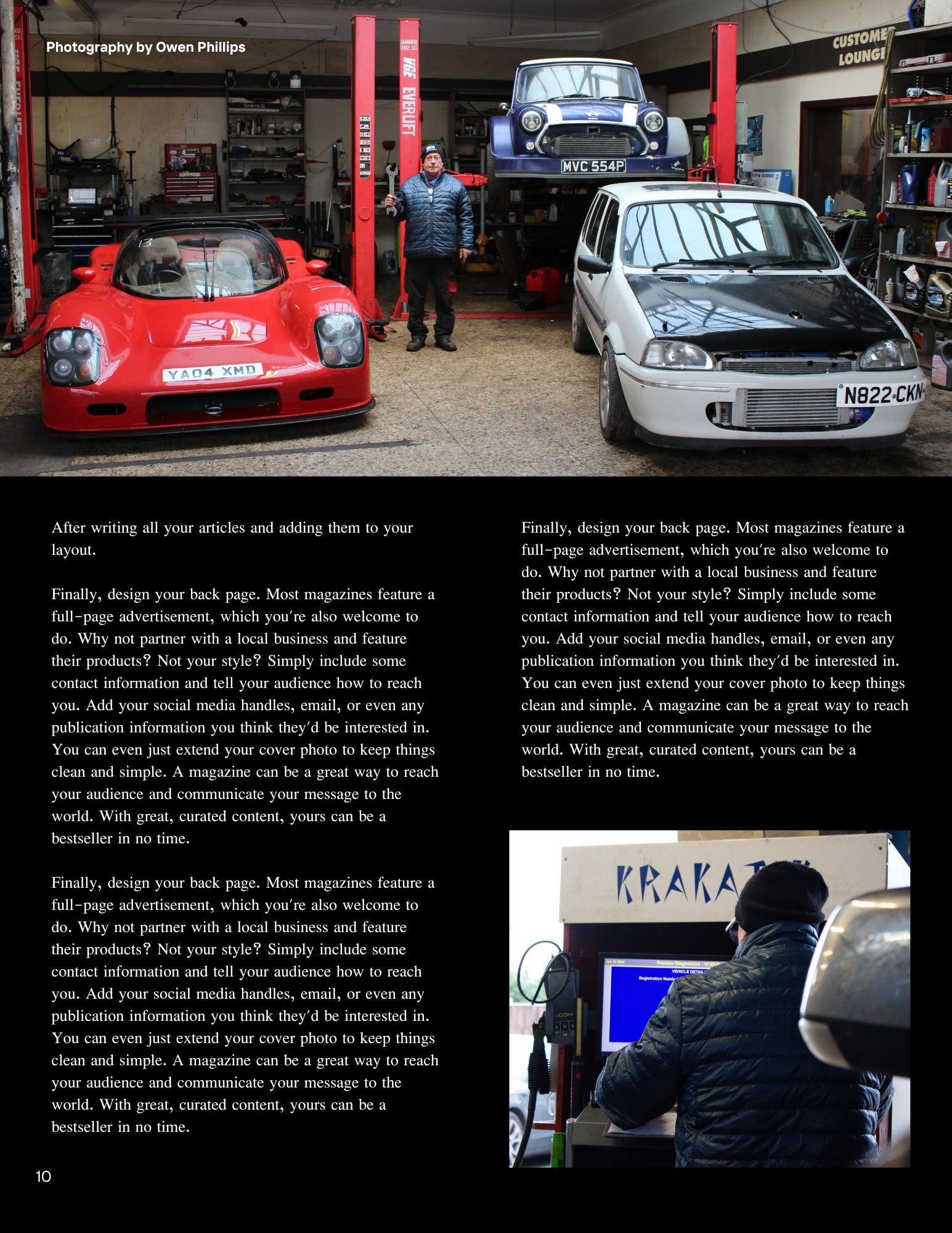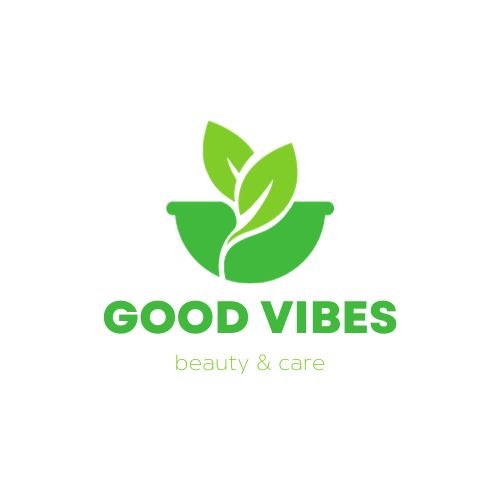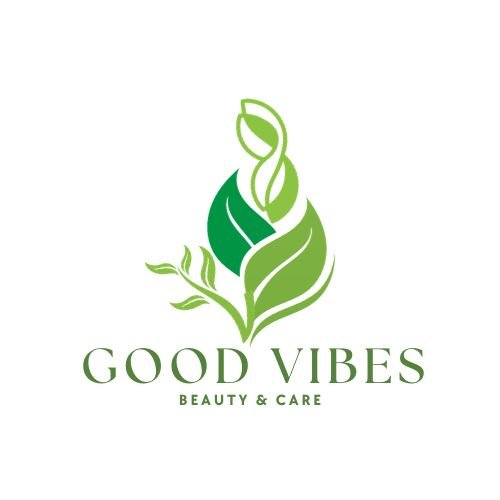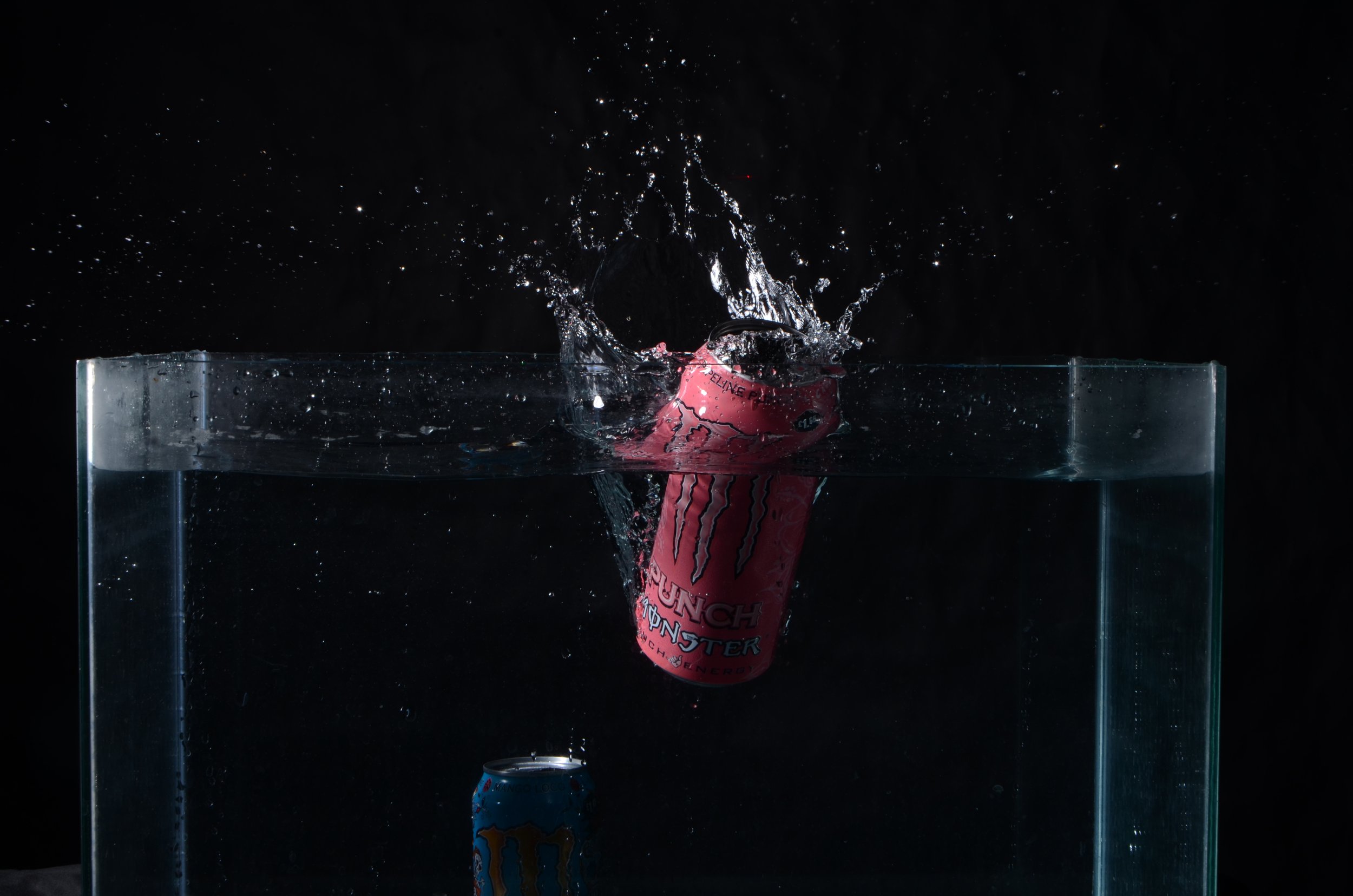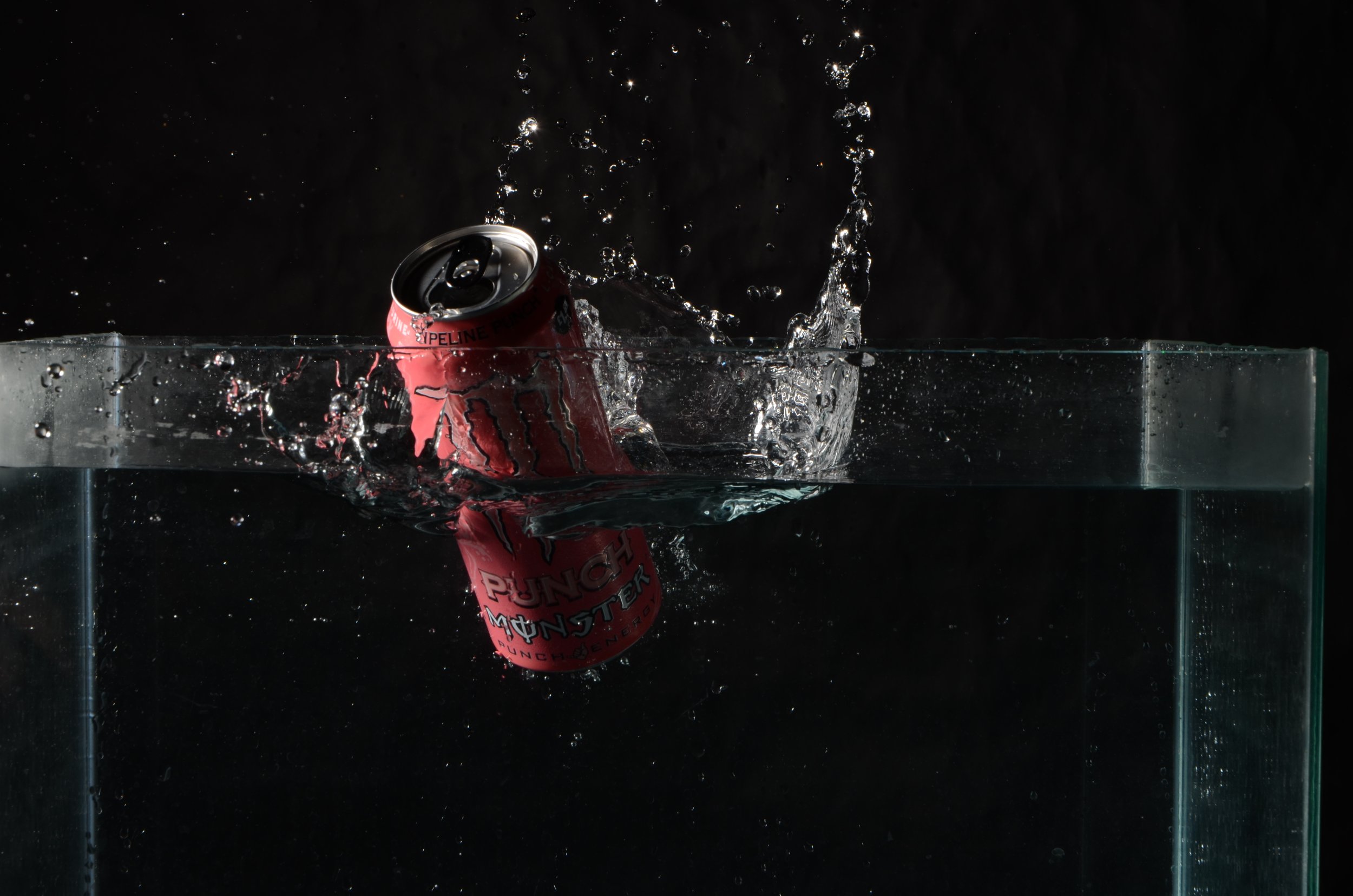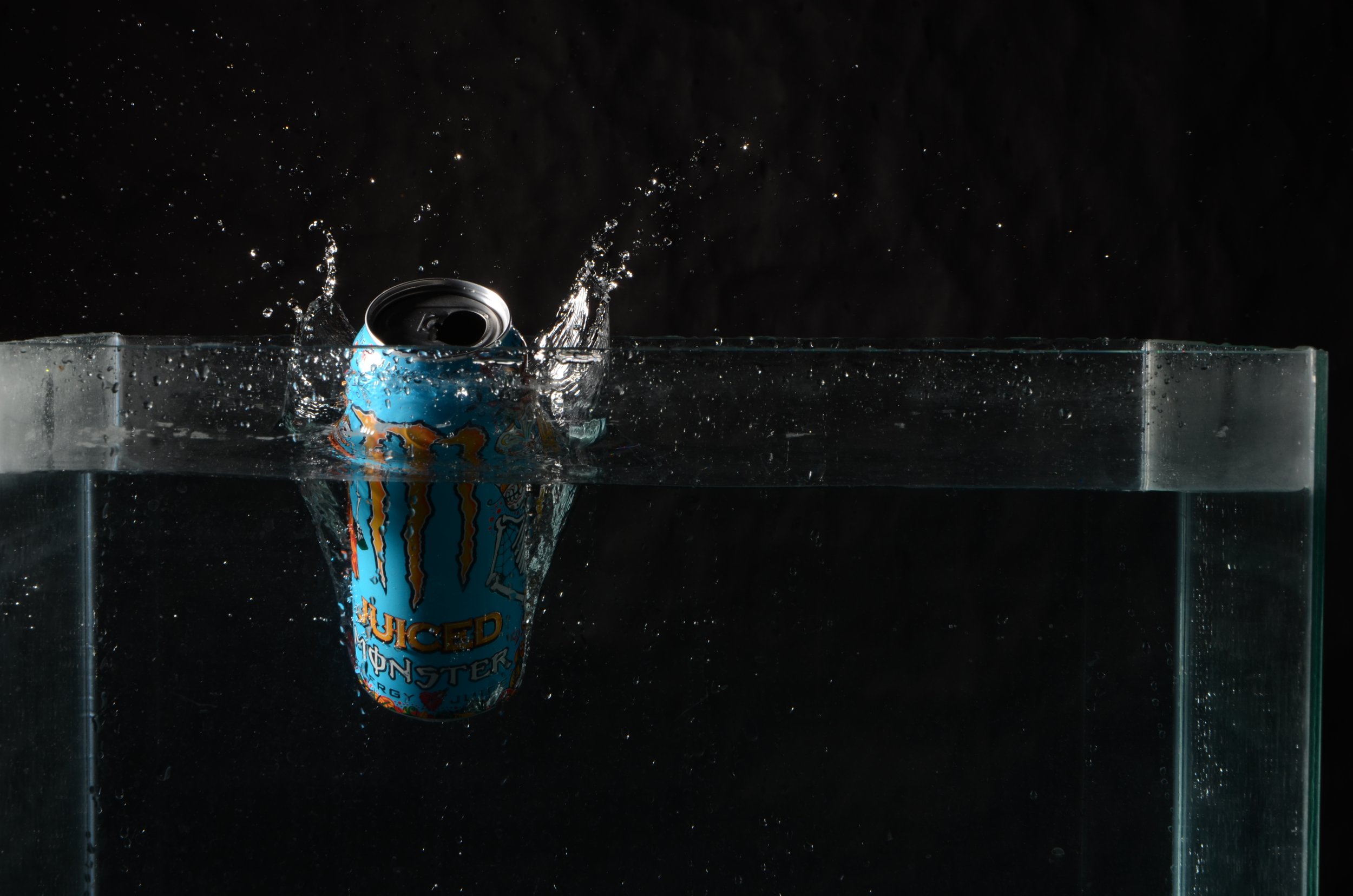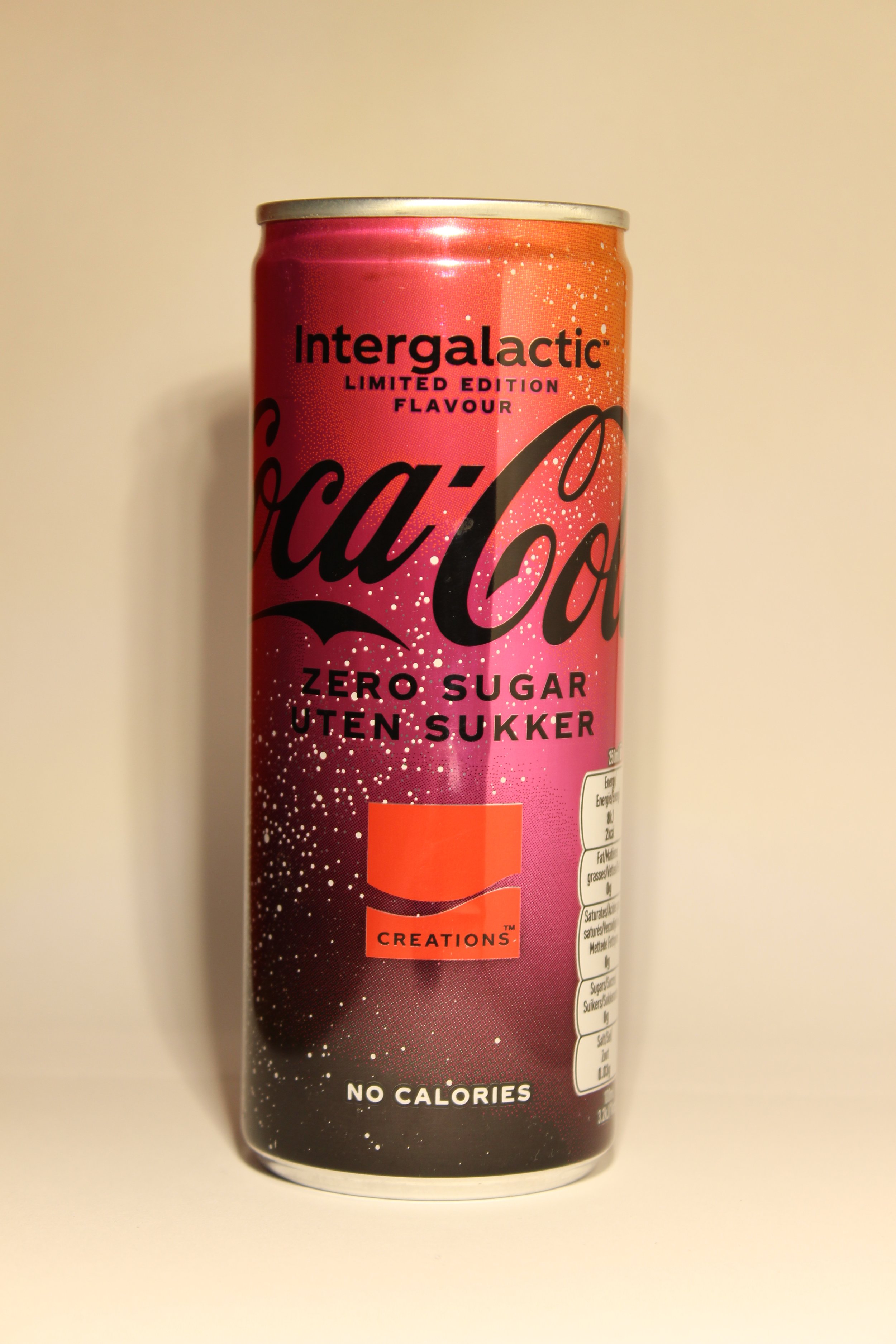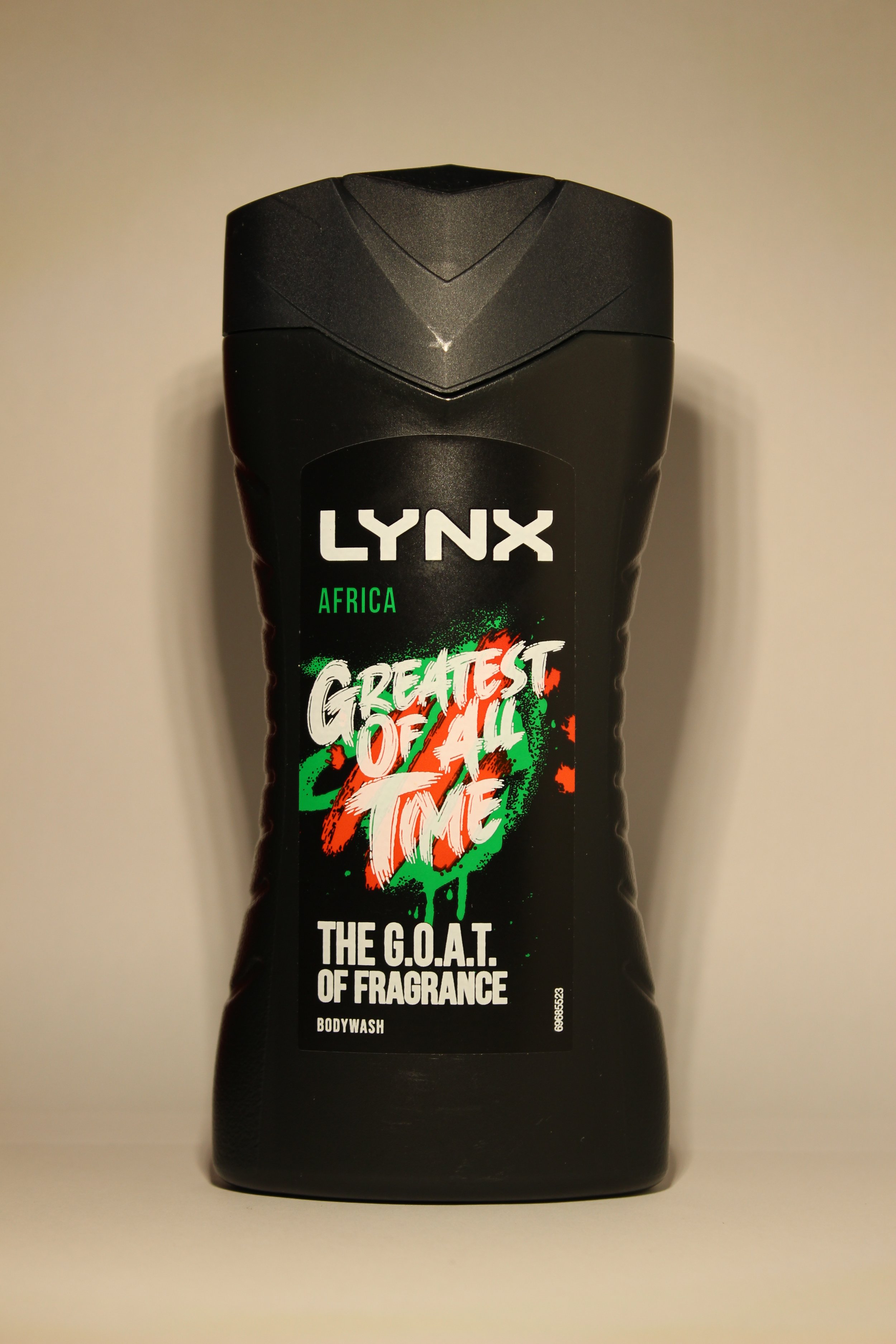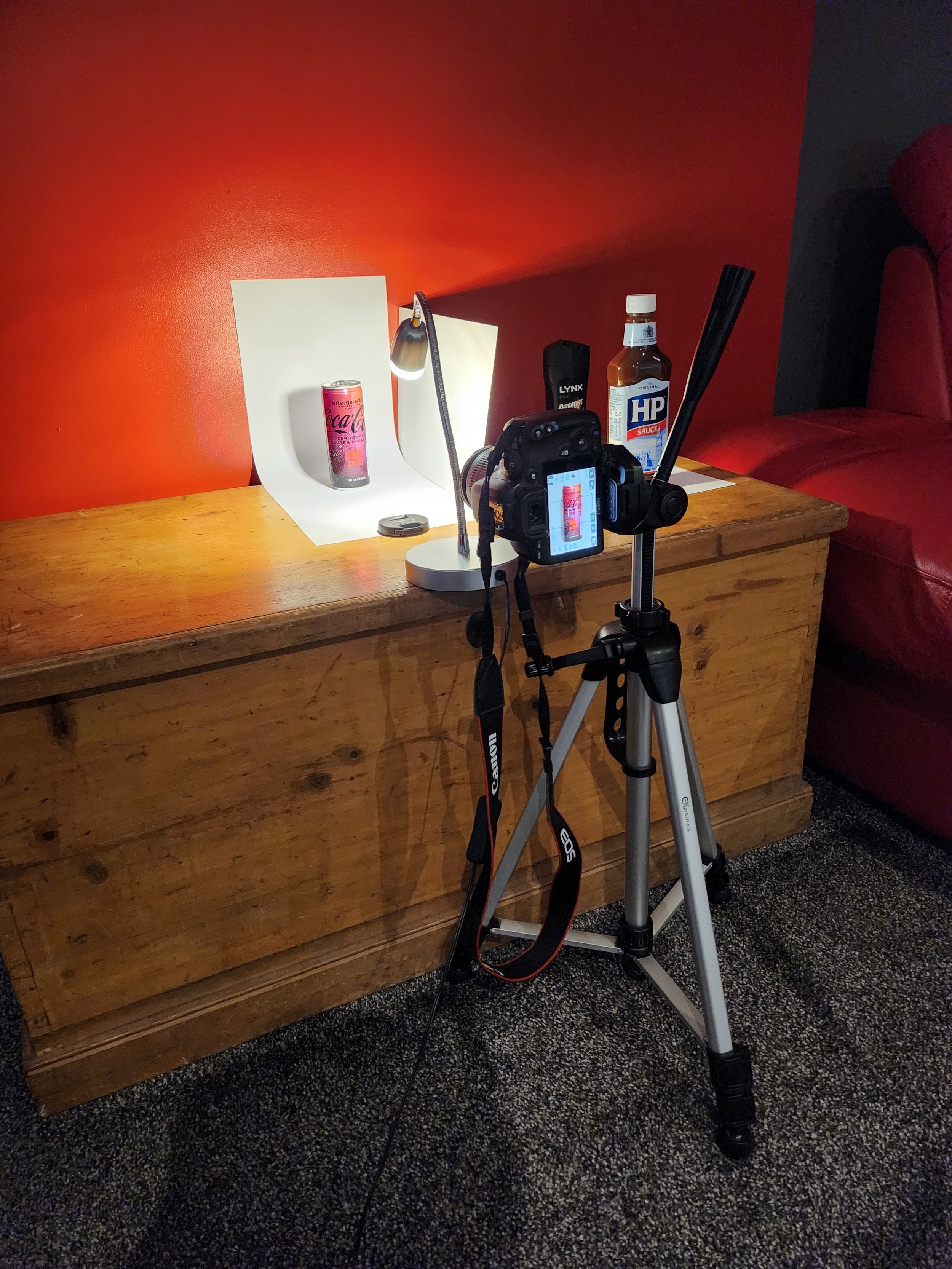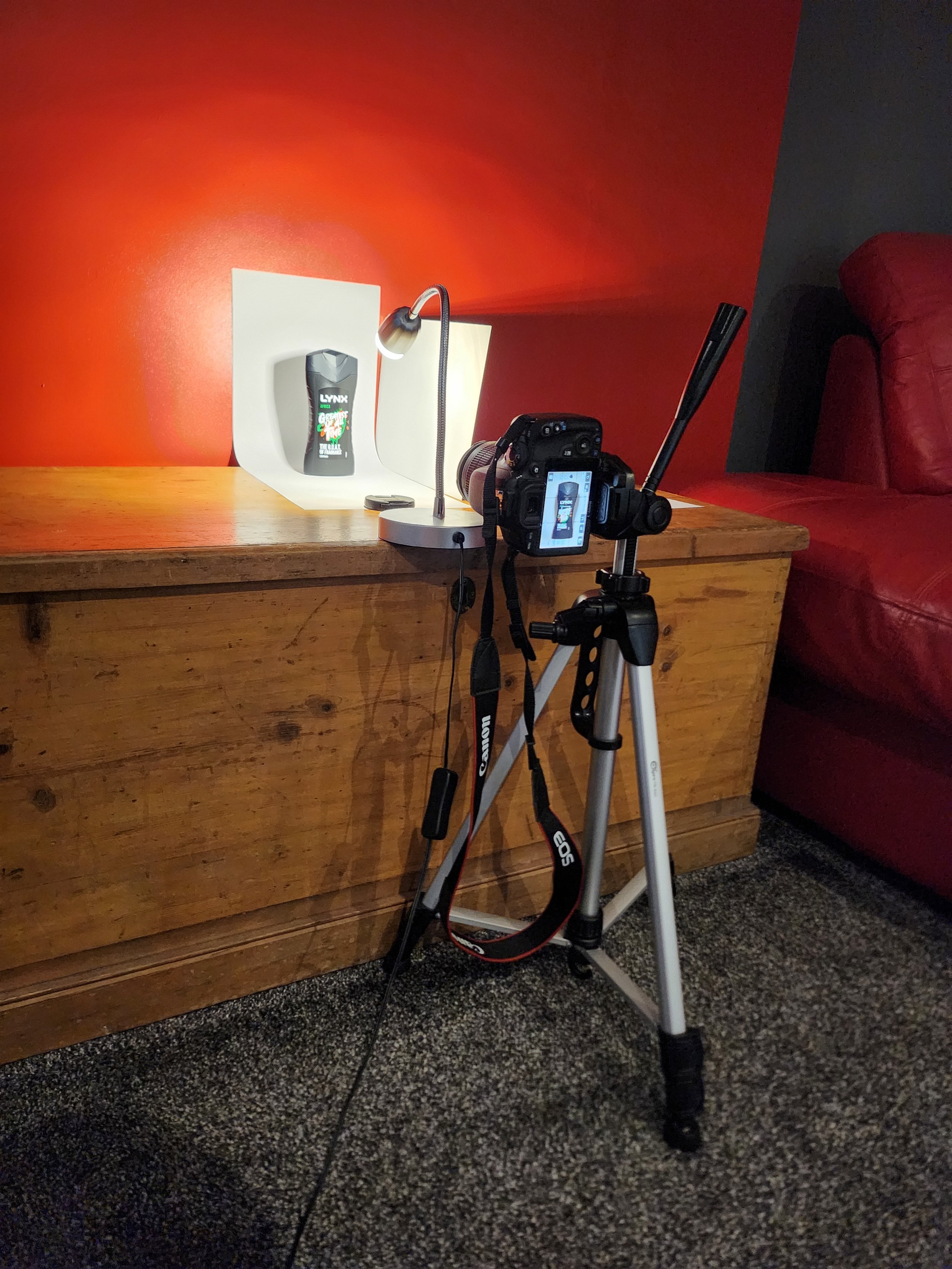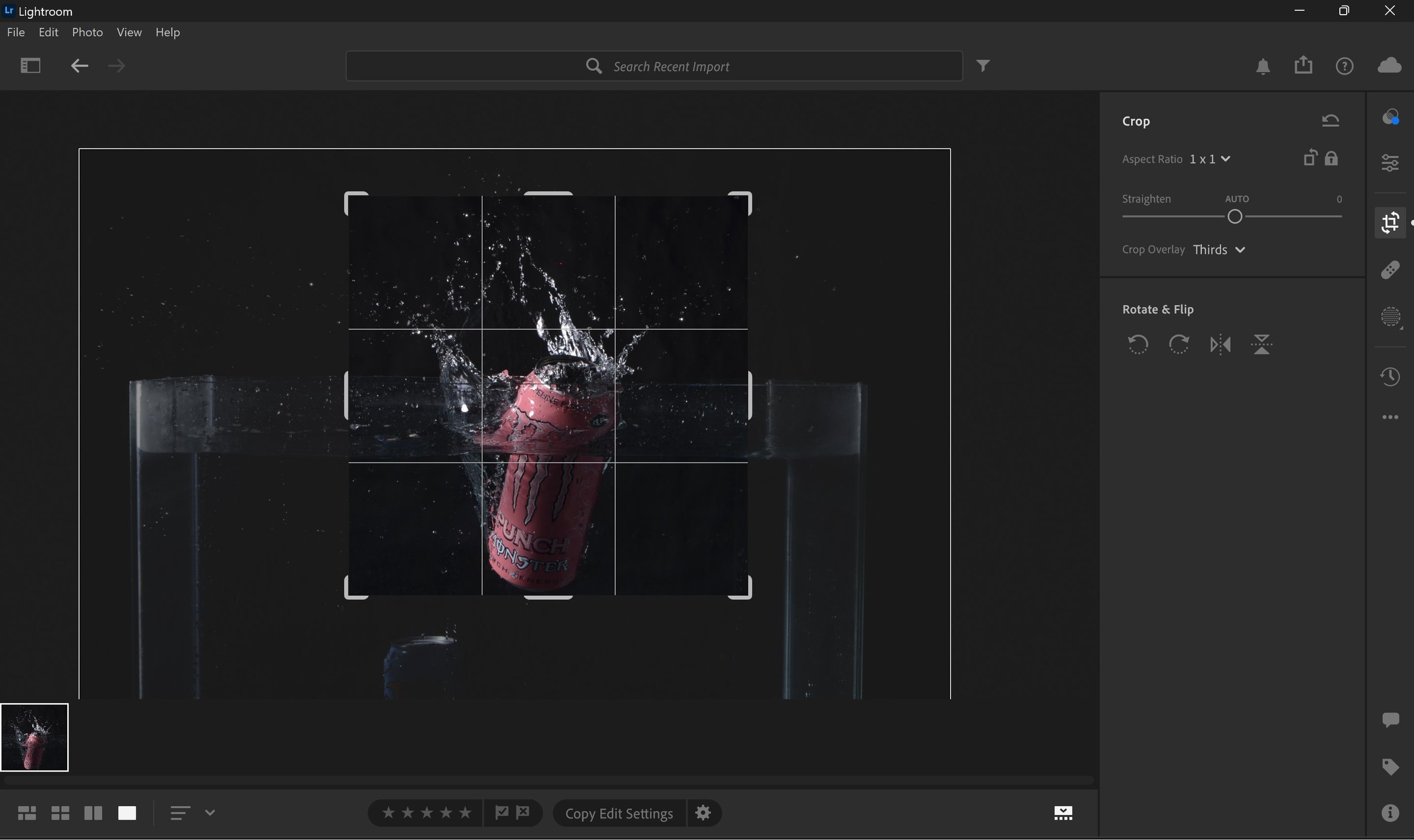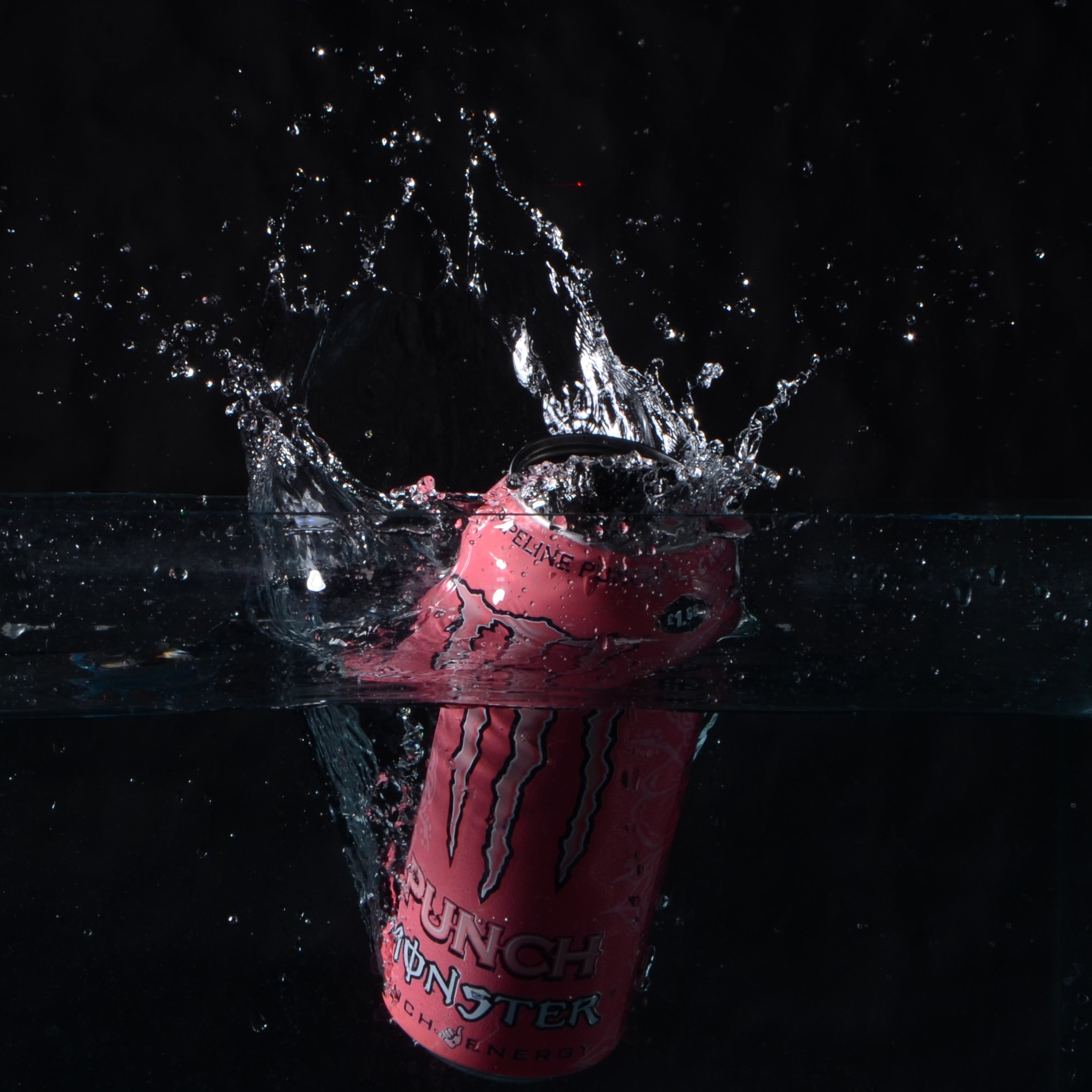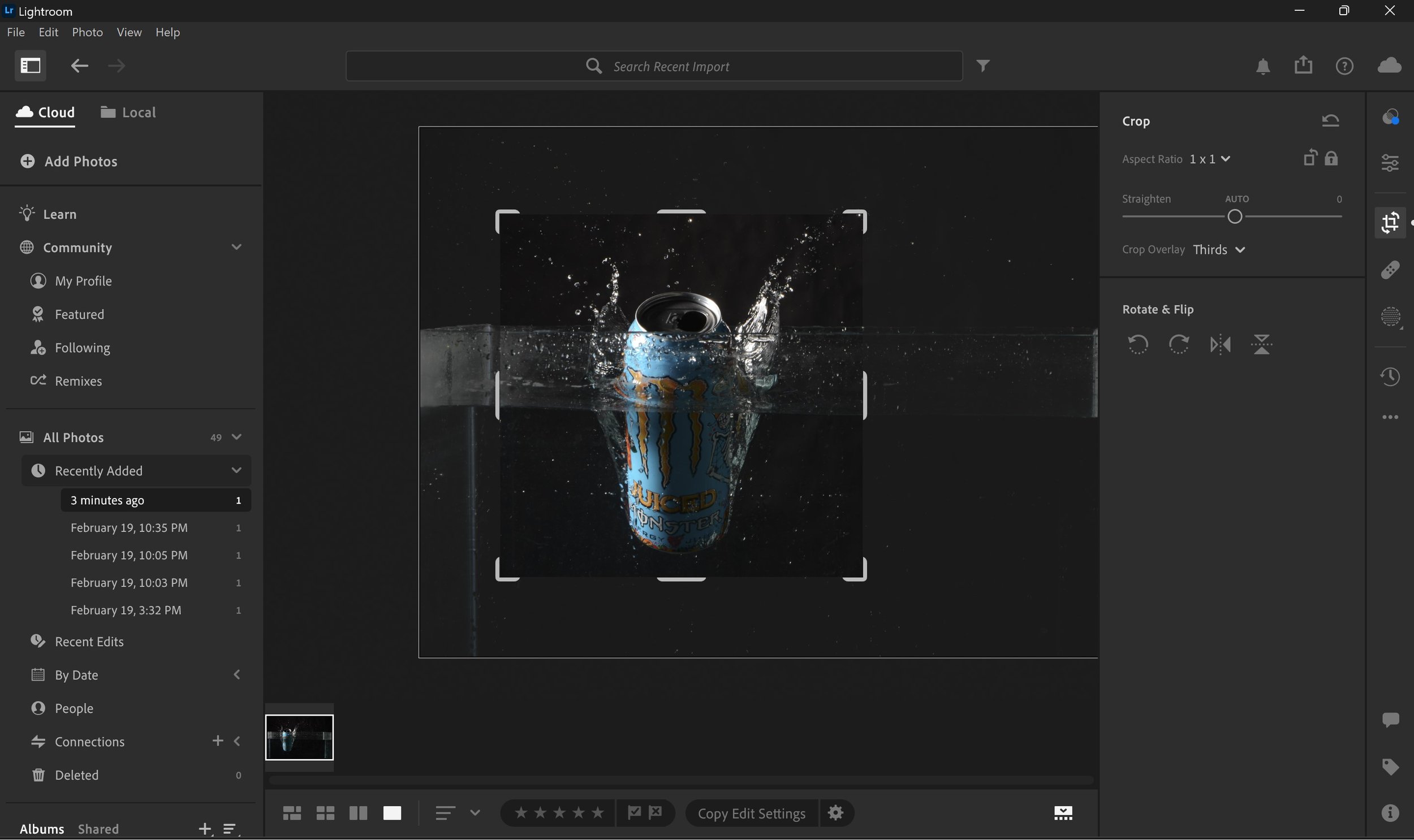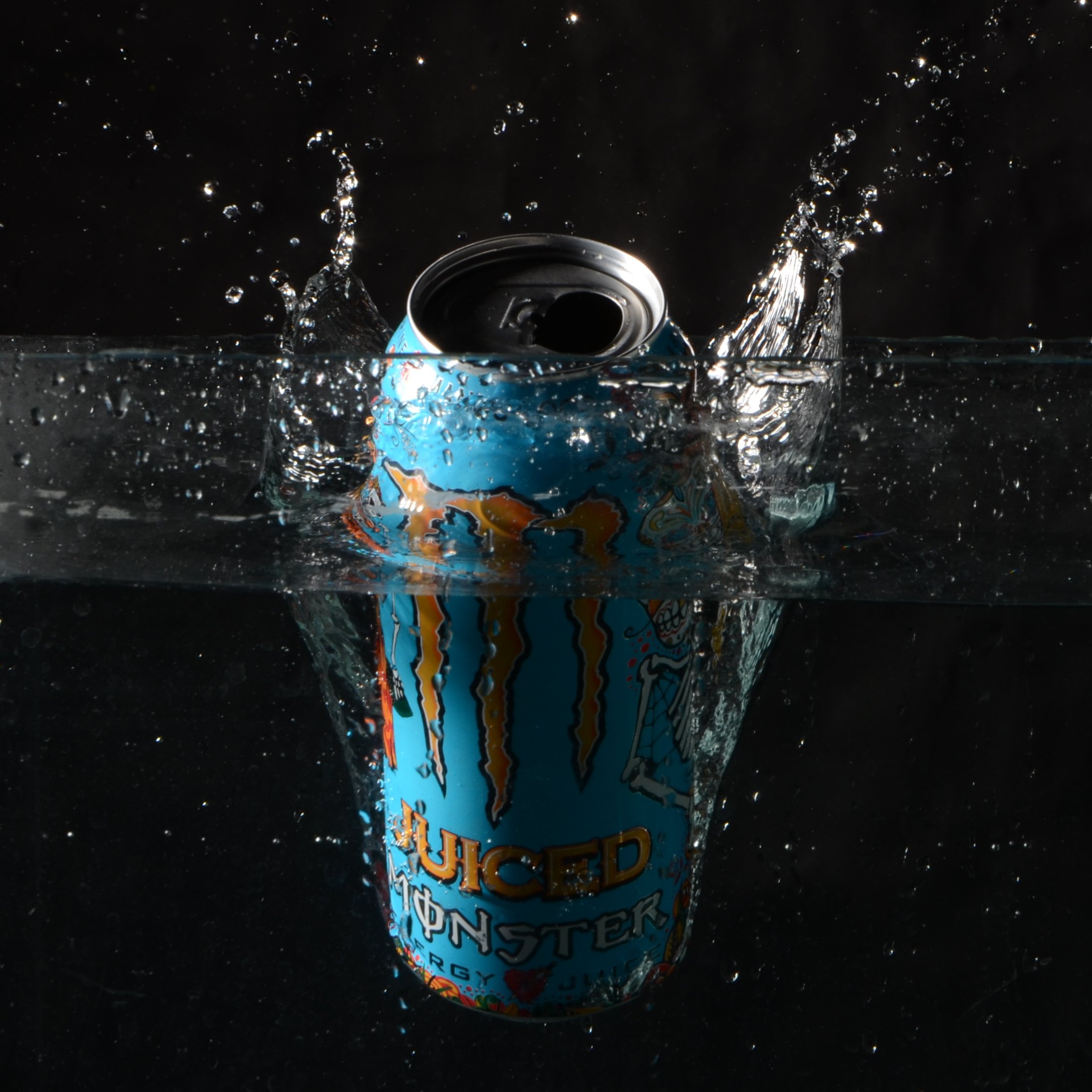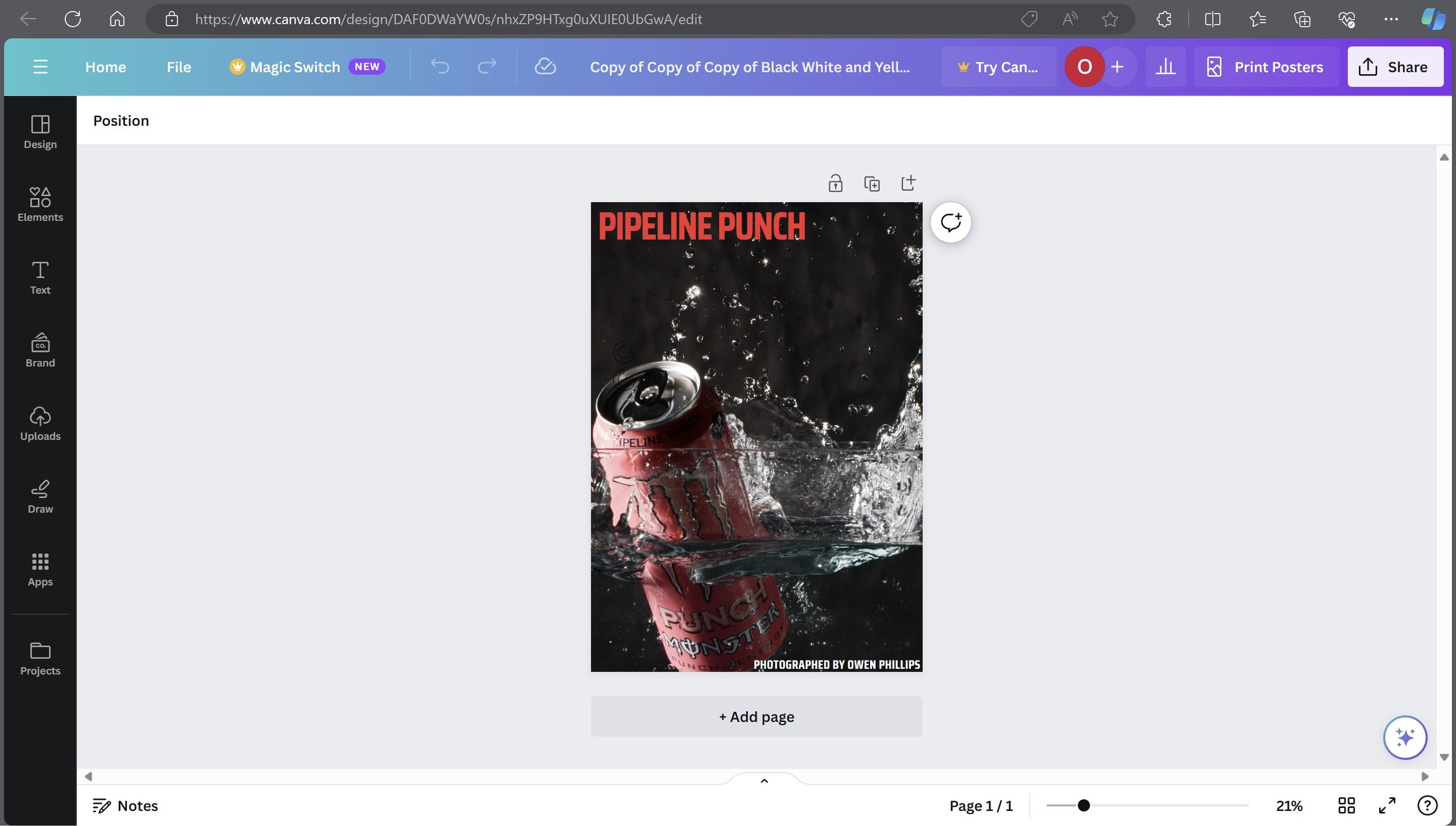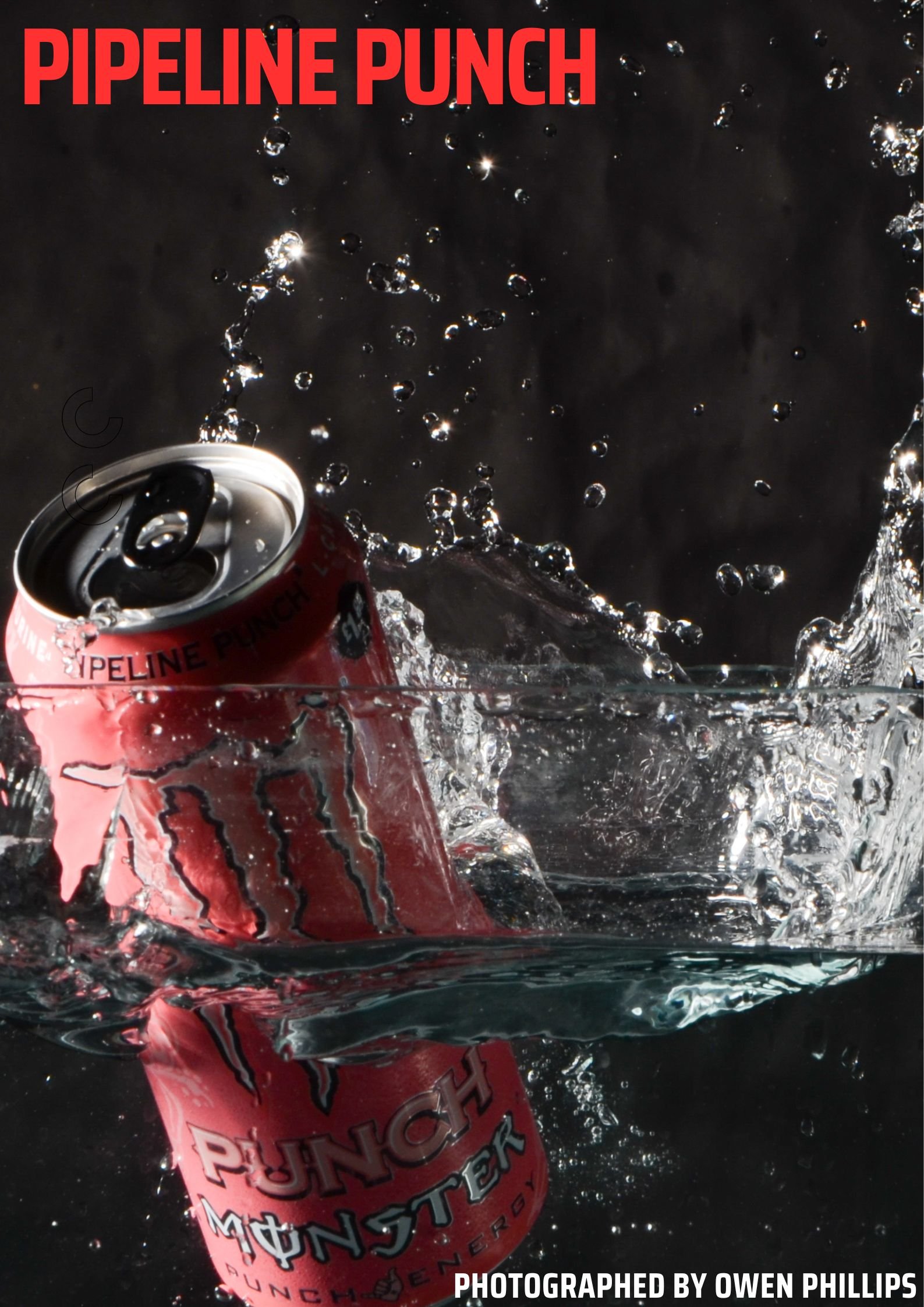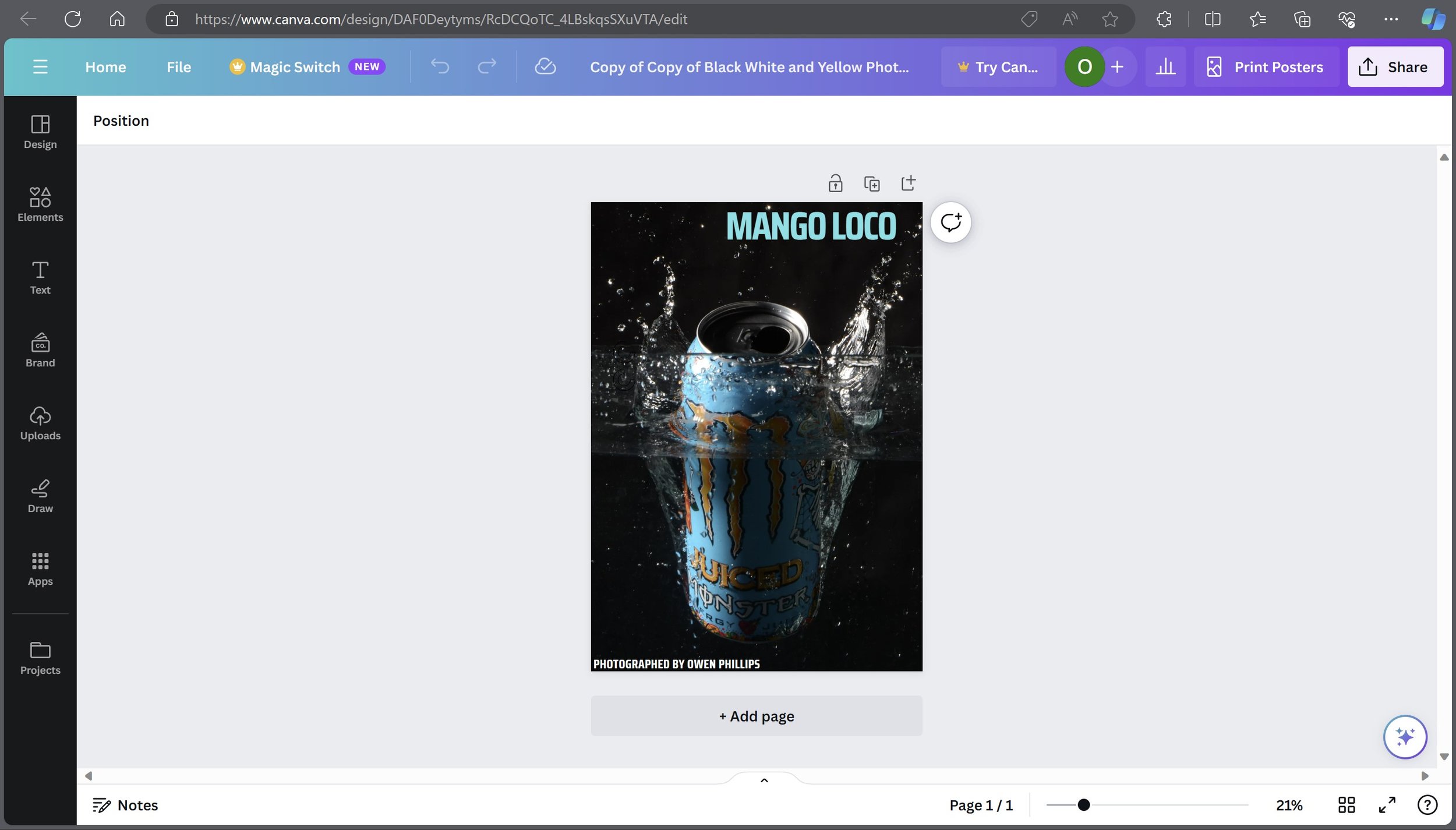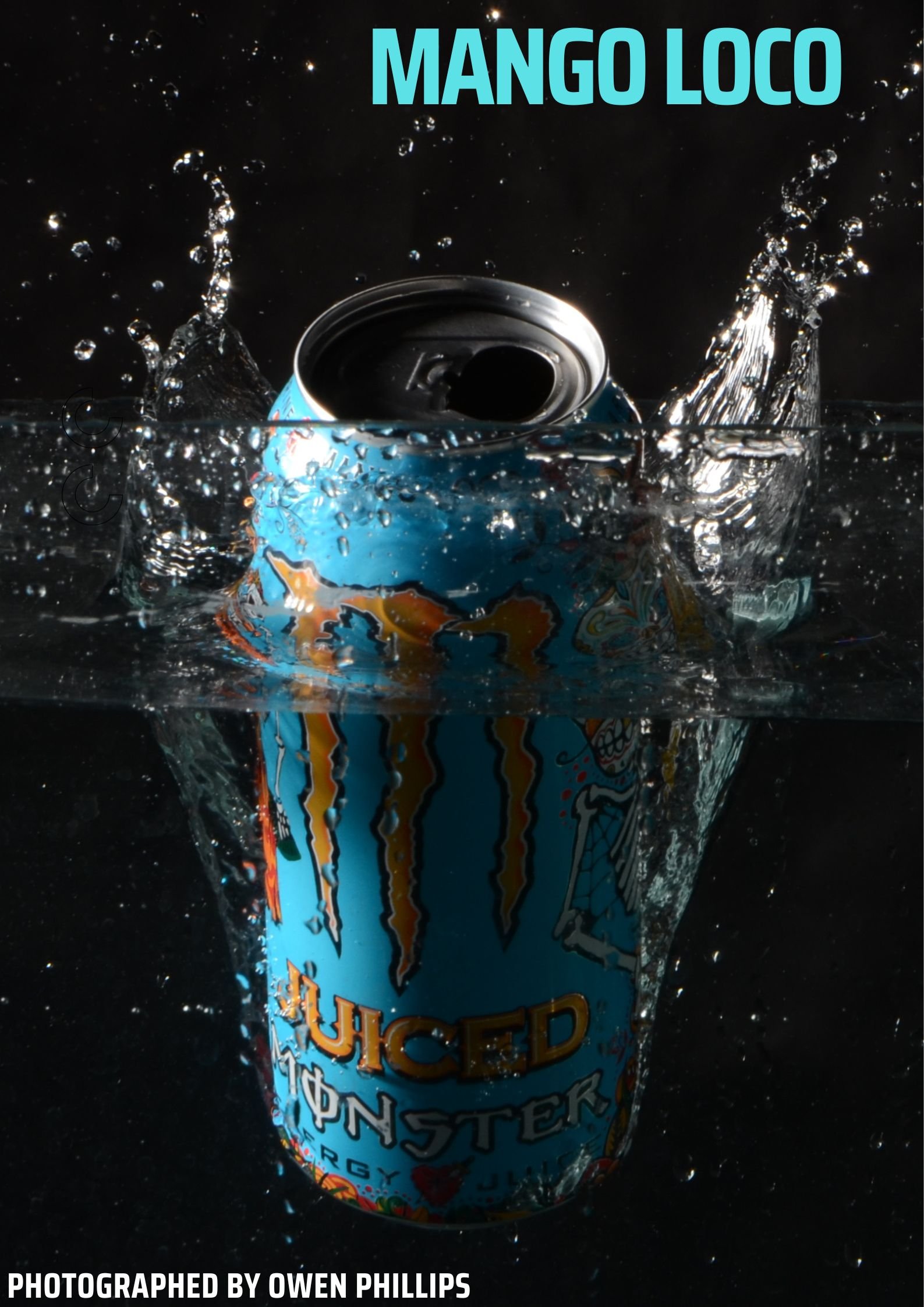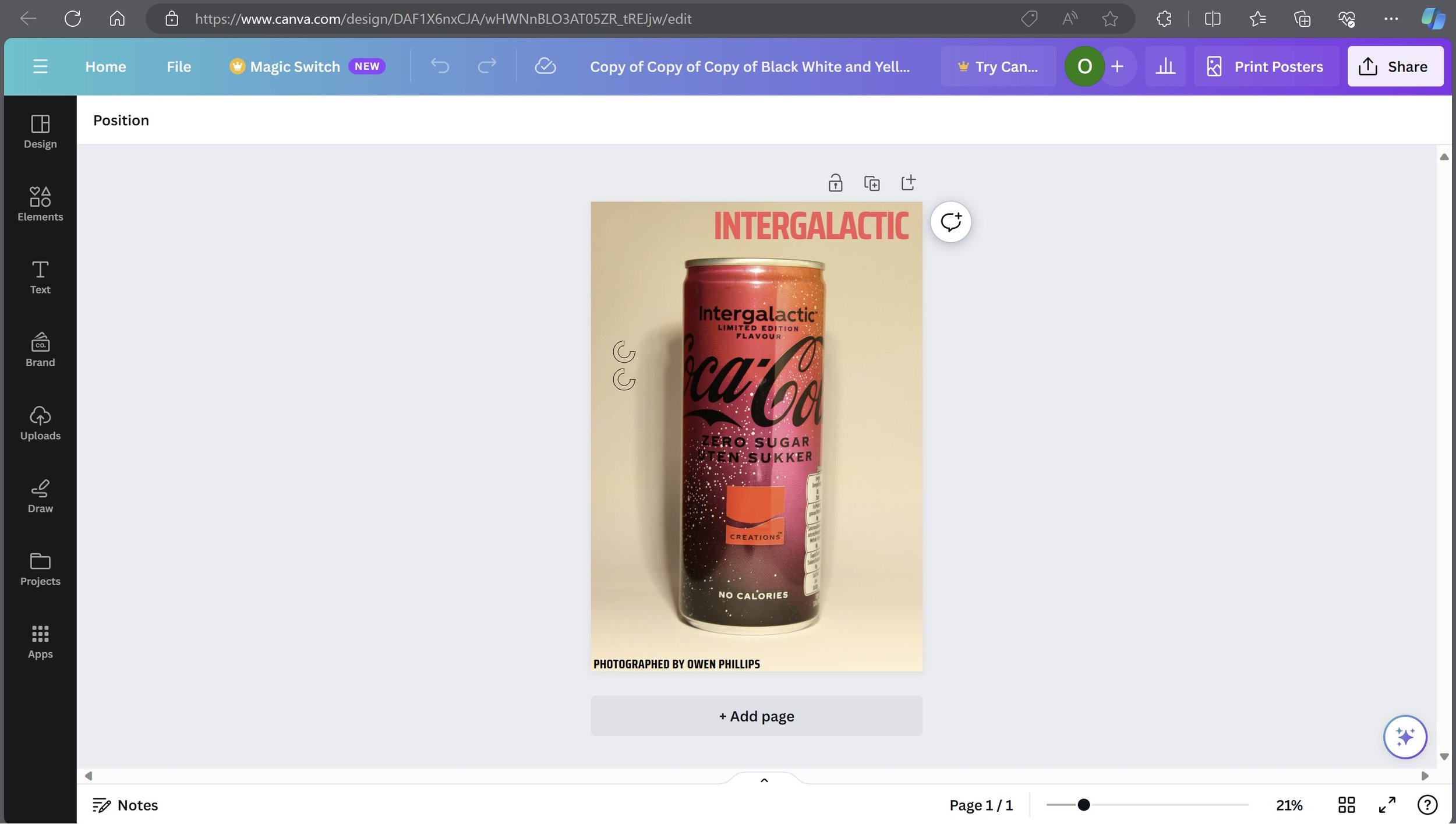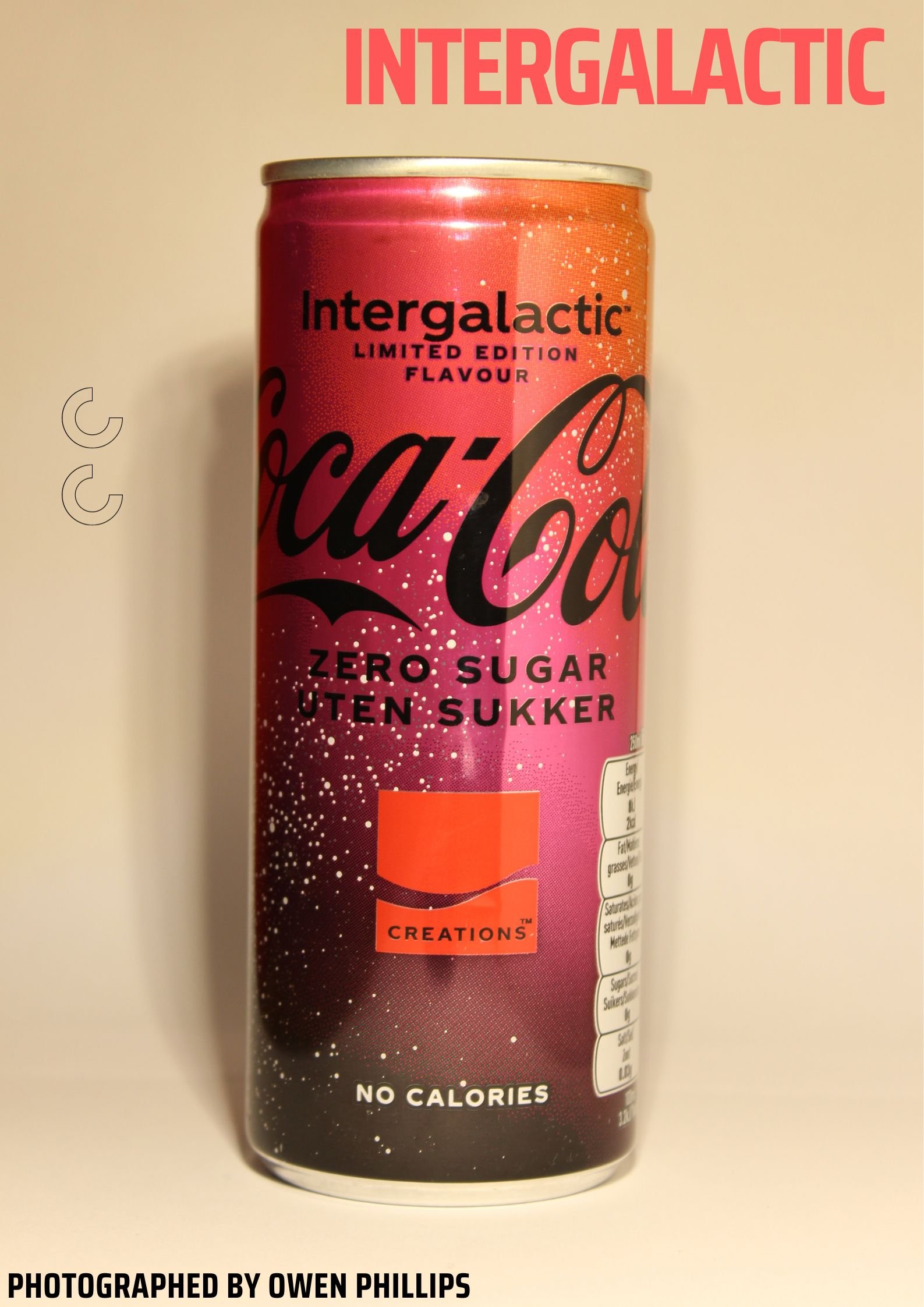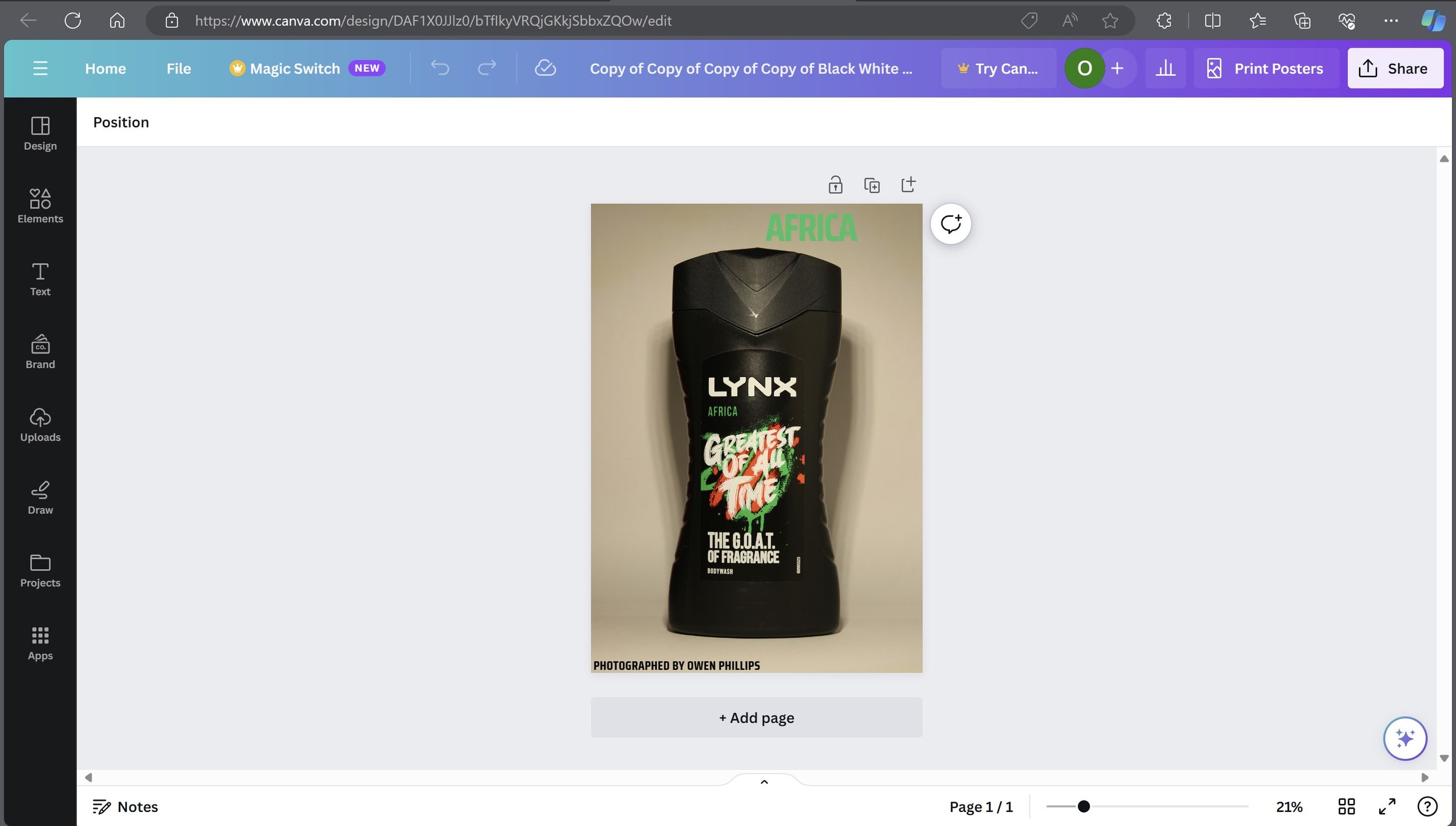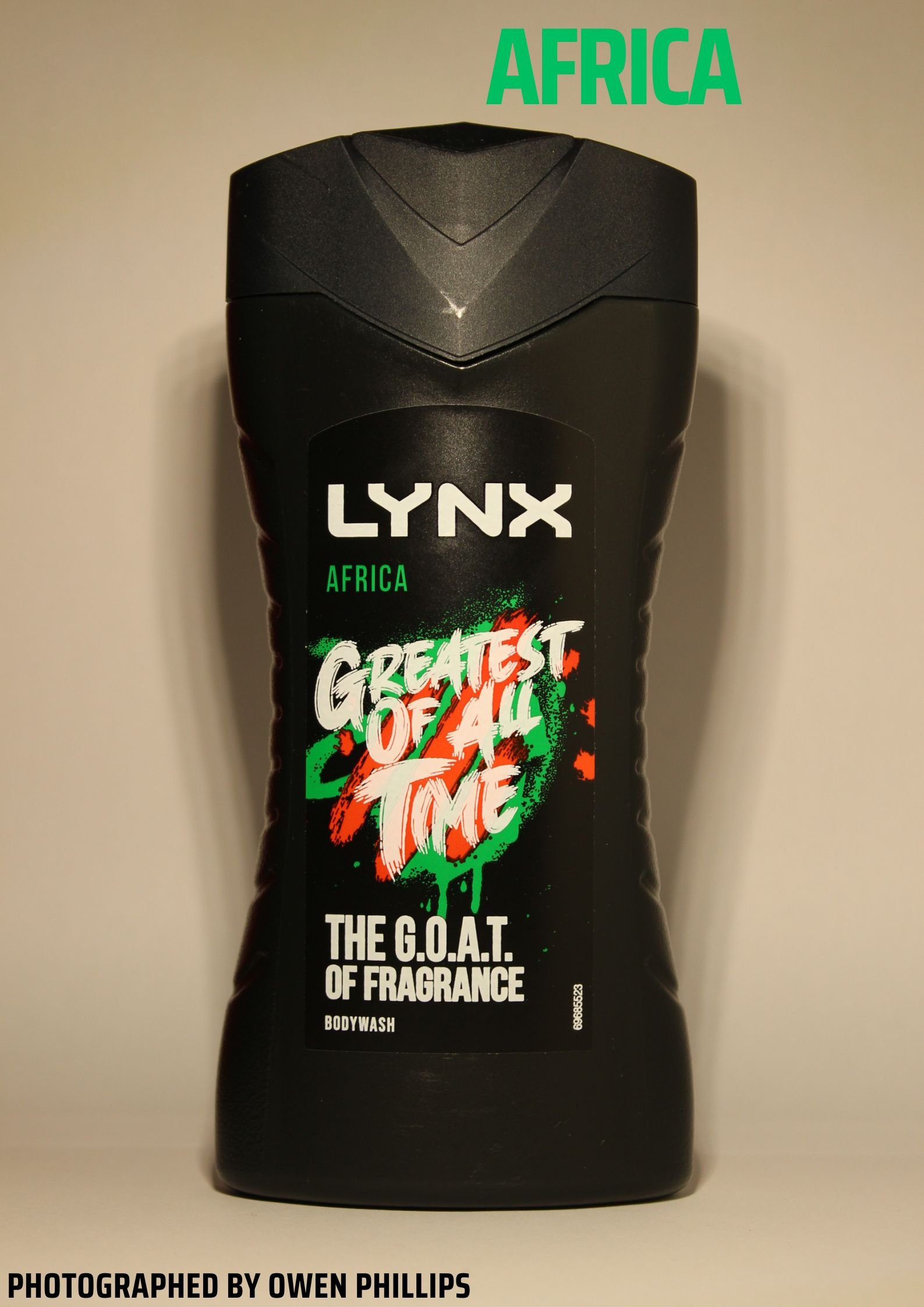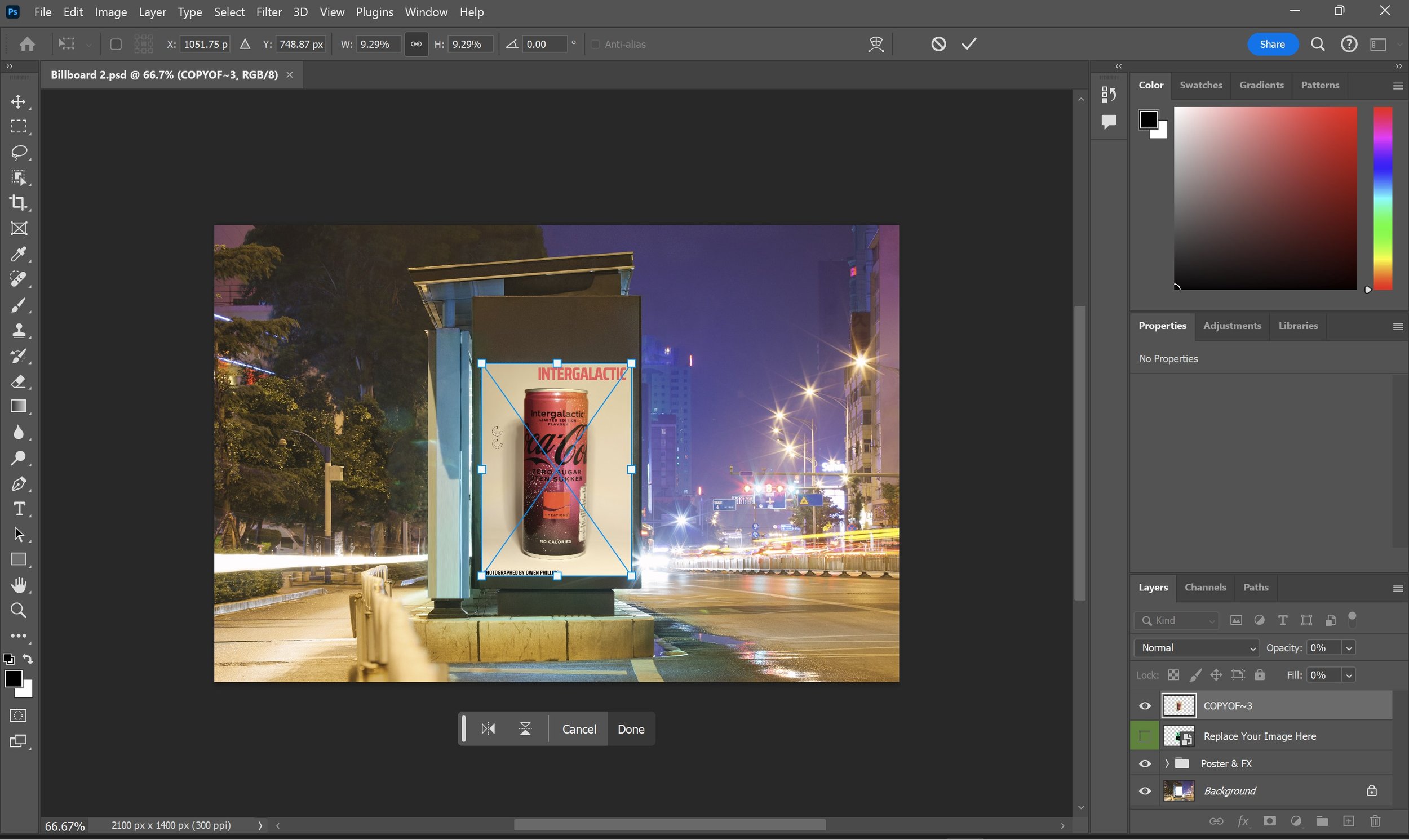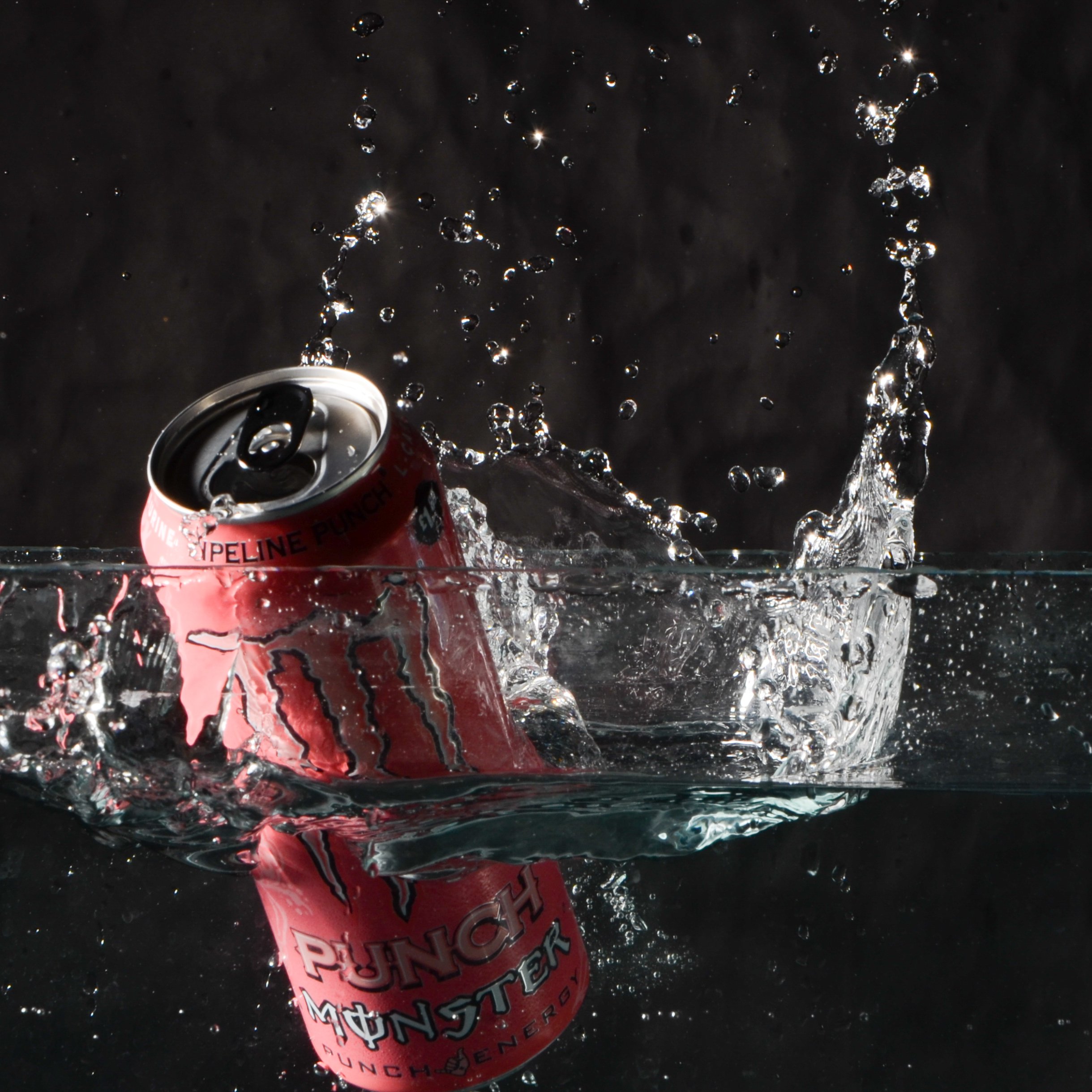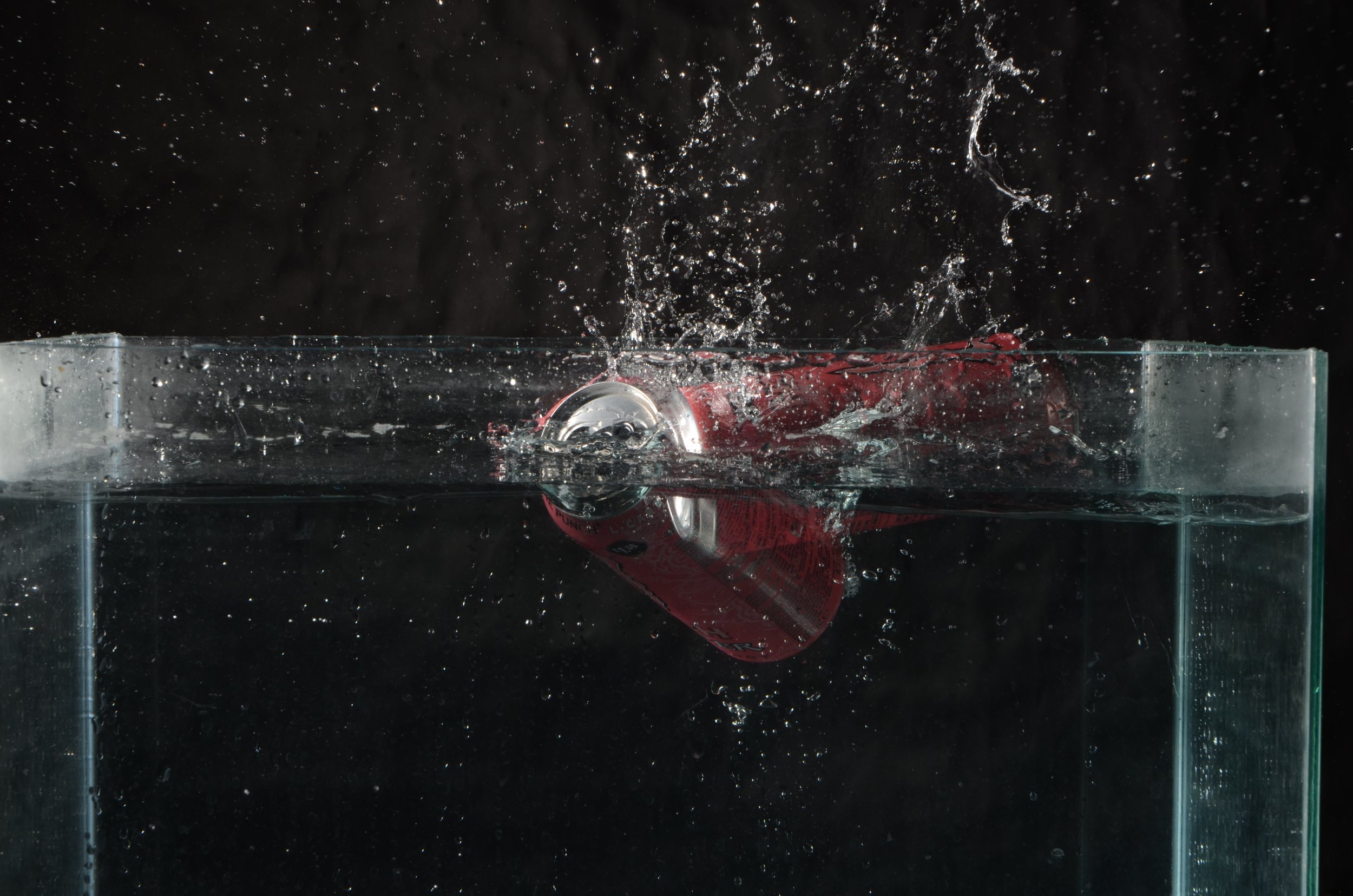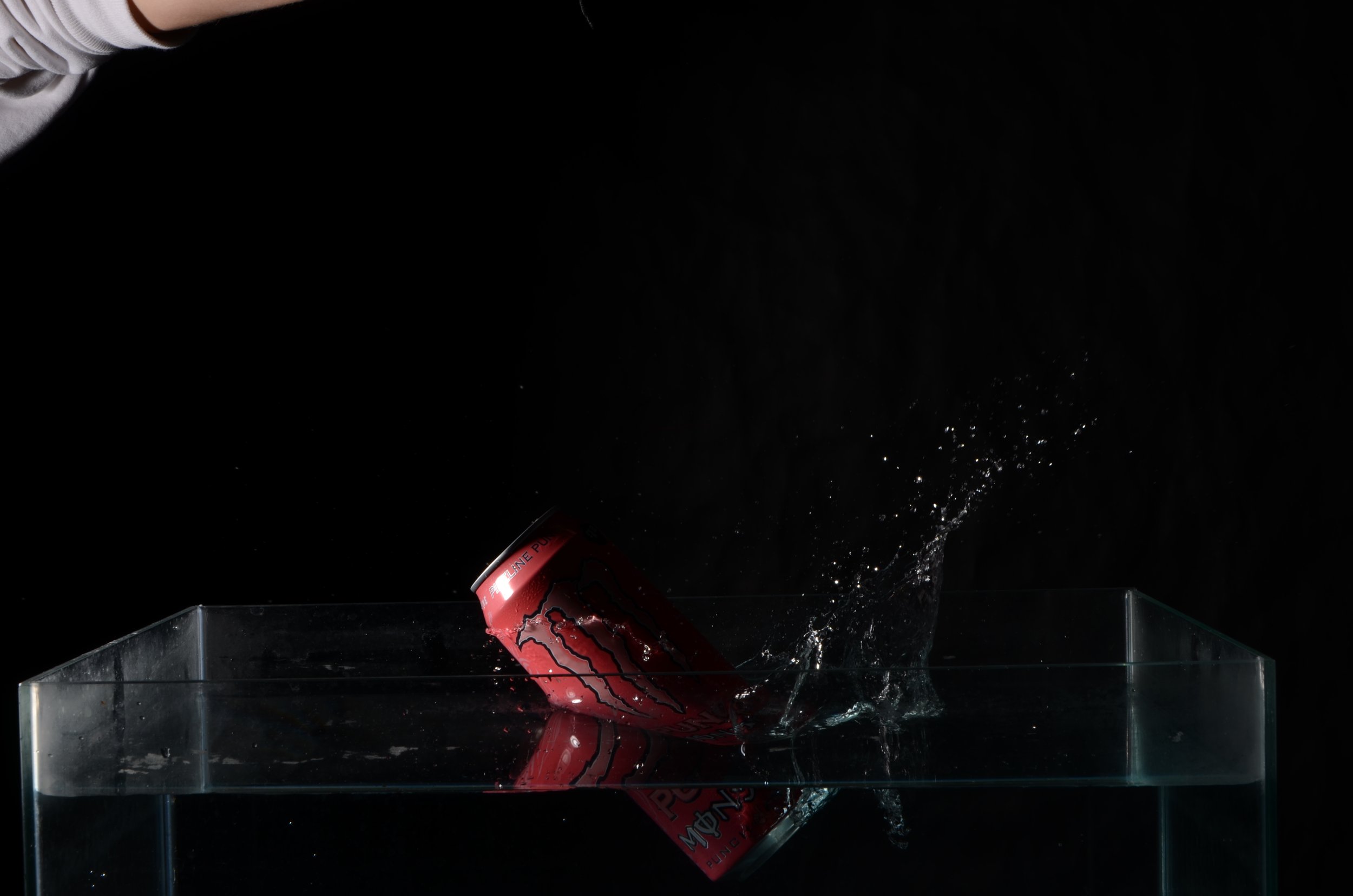Industry Knowledge
This website seems to be well thought out, Venture seems to use bold letters to make it really clear to read, they offer discounts for “VIP Venture” members, they also put a trust pilot to show what kind of rating they are. They mainly offer a experience which is probably their biggest selling point, they also show a pricing structure under the “Buy Now” section which shows different levels of experience that they offer. I think the colour scheme they have used on the website is nice and peaceful, it isn’t bright and colourful. The target audience they are trying to attract are the rich and wealthy families because of how expensive they are; this is all tied into the marketing strategy. On the basis of value for money, I’d consider Bartley Studios as the better option because when looking at the pricing structure it was £10 cheaper and I think that makes a huge amount of difference as I wouldn’t be going to the studio because of its experience or pricing. The only thing I can see that they offer is what they call a “Family Treat box” which is a box full of chocolates and sweets which also gives you alongside a one hour family photoshoot experience.
This website is very well layed out, everything is very spacious and using bold letters to make it really clear to read. The business model is very different from Venture or Bartleys as they don’t have the same type experience that they take their customers through, although they have a customer experience where you come in a bit early and they will put the kettle on or have a glass of wine or two. In other words they are not really treating it as a day out like the other two do.
The pricing structure is very clear and easy to read and from what I can see they are cheaper by far then the other photography studios. The target audience for this studio is a mixture between upper to middle class, because the pricing isn’t too expensive and I can see people paying the price for type of photographs that are being taken. One of Yaffe’s selling points is the that they have their own in house Frame with in a frame approach where you have a photograph and then you print something around the outside of the image, Yaffe was one of the first people to do this. This studio also has created videos to show you the experience inside the studio which shows you with the photographer and of course what it would feel like if you were in the studio.
One of the cons I have seen with this studio is that they don’t sell/offer anything alongside your photographs, for example a USB in a box etc.
My Hypothetical Business Plan
Find a Location
The reason why I have picked this location is because it is in the middle of town, good access to bus and train links and most importantly it has a forecourt to park customers cars. I have picked this one with ground floor space only because if anyone has any disabilities i.e., has a wheel chair then it needs to have good access for those type of individuals. The street also has good street lighting meaning that it will be well lit in the winter months compared to for example if I chosen a light industrial estate with next to no lights on, people might not choose to go down their for that reason. The location I have picked is very out the way and no where near any other competition, and this will draw in customers as they might not want to travel far to get a photo taken with their family. Signage is key to success as it needs to be well read and attached to the building properly, you don’t want it looking like it’s held on by a pieces of string or ropes as that isn’t very inviting for the customer who is coming to your shop.
Start Up Costs - are the expenses that are spent during the process of starting a new business. This could include a business plan, research expenses, borrowing costs and expenses for technology. The post-opening costs could include things like, employee expenses (if your employing anyone), adverting and promotion.
|
Item Description |
Cost |
Cost Saving Potential (different supplier or Ebay) |
|
Insurance / Furniture / Office Equipment |
|
|
|
Deposit on Property |
£1000 |
None |
|
Rent (1st month in advance) |
£1000 |
None |
|
Public Liability and Equipment Insurance (1
year) |
£ 250 |
£21 (monthly direct debit) |
|
Reception desk |
£ 300 |
£150 |
|
Reception L-shaped sofa (x2) - £600 each |
£1200 |
£800 |
|
Reception display prints (x12) - £25 each |
£ 300 |
None |
|
Signage (Shop Front) |
£1000 |
£600 |
|
Decorating budget |
£ 400 |
Free DIY – Do it with family and friends |
|
3 fold brochures size a4 (X1000) - Vistaprint |
£ 240 |
£120 Square format instead of A4 |
|
Business cards (x1000) - Vistaprint |
£ 28 |
None |
|
Pre-opening Advertising campaign – leaflet
drop / local press |
£ 500 |
Free Use social media and networking contacts |
|
Photo Studio Equipment |
|
|
|
Backgrounds (x3) & Support System |
£ 420 |
£100 DIY infinite curve like our photo studio |
|
Studio Flash Heads & light stands (x5) -
£329 each |
£1645 |
£987 Just have x3 to start with |
|
Nikon D850 DSLR Camera Bodies (x2) - £1850
each |
£3700 |
£932 Nikon D7100 @£466 each |
|
Flash attachments – Octobox,
beauty dish, snoots, spotlight, gel set etc) |
£ 760 |
£400 Used on ebay |
|
Wind machine |
£ 280 |
Free use white card |
|
Camera lenses – 12mm-24mm f4(£689), 24-70mm
(£1579) & 80mm-200mm f2.8 (£830)– all deemed fast lenses but more
expensive |
£3098 |
£948 Two 24mm-120mm Zoom @f4 -£474 each |
|
Mac computer plus adobe Lightroom software
package |
£1500 |
£800 High Spec PC (8GB RAM) + Adobe Lightroom
Keyboard |
|
Preview Sales Room |
|
|
|
Coffee Machine (bean to cup) |
£364 |
£28 Standard coffee machine |
|
4K Projector and screen |
£1100 |
£400 (HDR 4K 50inch Smart TV) |
|
A3 Epson SureColor
SC-P600 Inkjet printer |
£578 |
£230 Epson Expression Photo XP-960 |
|
Viewing Room Seating |
£600 |
£400 |
|
Viewing Room Wall Products and sample Frames |
£500 |
None |
|
Emergency Slush Fund |
£1000 |
None – arrange a business overdraft |
|
Grand Total |
£21,763 |
£9,473 |
Operational Costs - are the expenses incurred by a business that uses to run its operations. This may include payroll, rent, insurance premiums, utilities and equipment maintenance. This does not include capital expenditures and depreciation.
|
Item Description |
Cost |
|
Rent Insurance Business Rates (if appropriate) Service Charges (if appropriate Light
Industrial Estate Property – security/garden maintenance) |
£1000 £21 £0
(currently zero) £0 |
|
Office Supplies |
£100 |
|
Utilities (gas, electric, water) |
£100 |
|
Website Hosting / Internet |
£85 |
|
Wages (additional staff member/photographer..£15K per year) |
|
|
Total (Monthly) |
£1306 |
Yearly operational costs (monthly x 12 months) = £1306
x 12
= £15672
Profit wanted
= £30,000
Total Sales required (Operating Costs + Profit)
= £45,672
If the
studio was open x6 days a week that would give 288 days of trading in a year.
This allows for x4 weeks holiday a year. (6 days x48 weeks)
Daily Sales - To work out the daily
sales divide total sales required by 288 working days = £158.58
Total = £951 per week (over 6
days)
Working Schedule
|
Trading Day |
Potential Work Undertaken |
Hours Required |
|
Monday (Closed) |
|
|
|
Tuesday (2pm-8pm) EDITING DAY |
· Editing x4 studio sessions from Saturday · Administration Day |
6 |
|
Wednesday (2pm-8pm) EDITING & VIEWING |
EDITING & VIEWING · Editing x4 studio sessions from Sunday · Viewing the x4 sessions from Saturday |
6 |
|
Thursday (2pm- 8pm) VIEWING DAY |
· Viewing the x4 sessions from Sunday · Ready all orders for Photo lab |
6 |
|
Friday (2pm-8pm) SHOOTING & EDITING |
· Photo shoot x2 · Editing x2 from today ready for Sunday
viewing |
6 |
|
Saturday (12am-6pm) SHOOTING DAY |
· Photo shoot x4 |
6 |
|
Sunday (12am-7pm) SHOOTING & VIEWING |
· Photo shoot x4 · Viewing x2 sessions from Friday |
7 |
37 hours working week
Editing time per session 45 minutes
Viewing time per session 45 – 60 minutes
Media Associations & Agencies
British Institute of Professional Photographers
One of the main reasons why you’d join a photography agency such as the “British Institute of Professional Photographers” this one is because you can get all kinds of benefits from having dedicated insurance which gives you liability and peace of mind for if anything goes wrong, you also get free legal advice which is by either professional or accredited partner. You also get trade discounts with all different partners, they even give you business advice on how to start a business and how to run it. Their is many other perks you get, but I have evidenced screenshots below about their membership list.
Production Guild - UK Film & TV Drama Production
To join this film making agency you need to have completed three projects in your chosen grade either high end television or feature film project, but for a supplementary membership you will need to complete one project in a credited category. - When you join you get access to all contacts in the industry such as, roles in administration, accounts & finance, studio management and even roles in the production side. With this agency you also become part of the PGGB which helps you start out in the industry but with one less credit but less then three - Their is also three different types of membership depending on what part of the employment you are situated in.
A lot of what I am talking about is evidenced in screenshots below.
Evaluation & Reflection
What do you now understand about business planning?
To understand business planning, you need to understand the industry trends and research the market. This helps you set specific and measurable goals which help you develop a clear strategy to create a well sorted and thought-out plan that includes financial projections with marketing strategies. It is also vital to review and change the proposals regularly to make sure it stays as relevant as possible in the changing climate.
What did you learn from your research into media associates and agencies? I learnt that there are different types of agencies which deal with different parts of the industry i.e. film, TV, photography and even sound. The beneficial parts of being part of an agency is to have the membership perks which you wouldn’t have if you weren’t part of the club. For example, you will get legal advice from an accredited partner, dedicated insurance liability, trade discounts and you may even get employment advice.
Authentication Document
Documentary Photography
Contest & Research
Documentary Photography Research
Analyse x3 Photographers
Sir Donald McCullin MBE aka Don McCullin was born on the 9th October 1935, He grew up in Finsbury Park in London. From an early age he was called up for National Service in the RAF, after returning from his postings he bought home a twin reflex Rolleicord camera and began photographing a local gang named “The Guv’nors” they also happen to be his friends. More by accident then anything else, McCullin persuaded the “Observer” to show them the picture editor in 1959, this started his career off.
He has won various awards such as the “British Press Award” for his essay of the construction of the Berlin Wall in 1961. He also won the “World Press Photo Award” where he covered the armed eruption of the ethnic and nationalistic tension in Cyprus in 1964 and lastly he was awarded the “Commander of the Order of the British Empire” (CBE) award, he was the first photojournalist to be awarded this specific award in 1993.
Limassol, Cyprus in 1964 - The Cyprus Civil War
From having a look at the visual elements and analysing the image, from the start I can tell that rule of thirds is being used used here as two thirds of this image is empty compared the other third has the man walking out the door and the soldier run towards battle. The lighting techniques used are natural but with the way the sun is facing, it has cast a shadow on the wall. Frame within a frame is also being used with the man standing in the door way. The storytelling aspect of this image is telling us that as their is a war going on, other people are living their normal lives as you can see somebody is walking out of the door while the soldier is running into battle.
Londonderry, Northern Ireland in 1971
From having a look at the visual elements of this image, I can see that it it uses the leading of lines composition as when you look at the image your drawn to the curb and it leads you to where the soldier is. This also uses a rule of thirds because the young man is in the first three squares of the image and the soldier is in the last two squares at the bottom of the image. The lighting techniques are natural and as you can see their is no shadows being cast in this one - so the light must be shining from above these two subjects. The storytelling aspect of this image is telling us that it feels like a normal day to a few in Northern Ireland even when their is a war being fought, you can see this by the young man is walking with a parcel in his hand and the soldier on the floor is holding a gun aiming/shooting.
Gang of Boys Escaping CS Gas, Londonderry, N.Ireland in 1971
From having a look at the visual elements of image, I can see that it is using leading of lines because when you look at the image the kids are jumping off this huge concrete wall and your eyes are lead to following them down the wall and where their running to. This image also uses rule of thirds with the last 2 segments of the third is showing the kids on the wall and then the first third is showing them running on the floor. The lighting techniques seem very generic and natural. The smoke that is in the air sets the atmosphere and creates a special effect which suggests poisoners gas has been set off and this shows the storytelling of the image because all the kids are running away and getting to safety.
Hue, Vietnam in 1968
To start with this image shows frame within a frame because the image is shot between two posts. Rule of thirds is also being used in this shot as well because most of the action is using the middle three boxes of the image. What makes this photograph really interesting is the fact that you can see the soldier is throwing a grenade in the battle field and at the same time he has lost his balance when throwing. The lighting techniques used in this image is generic and is using the natural daylight to generate the image.
The Christian Youth Celebrating the Death of a Young Palestinian Girl, Beirut in 1976
From a storytelling point of view I can see that these 6 people are celebrating the death of a Palestinian Girl, but from the facial expressions and actions I can see one of them is holding a gun pointing it towards the dead body suggesting that he could of killed her and the other kids seem to be laughing and joking about death and thinking it is a normal event when really it isn’t. The visual effects shown in the image where their is plenty of smoke being show, this suggests that this is residue from a grenade or gas. The lighting techniques used is generic and relaying on natural light. Rule of thirds is being shown in this video with the middle third of the image is where the young kids are and the bottom middle third is showing the dead Palestinian Girl.
Sebastiao Riberio Salgado Junior was born 8th February 1944, he grew up in Aimores, Minas Gerais, Brazil. By trade Salagardo is a Economist after earning a “BA Degree” from UFES and a “Master’s Degree” from University of Sao Paulo. He also earned a PhD from the University of Paris. As a first job as an economist, he worked in Africa at the “International Coffee Organisation” - He would often be travelling on missions for the World Bank.
On his travels around Africa he started getting into taking photographs, He eventually abandoned his career as an economist and became a photographer in 1973. Sebastiao has worked for many photography firms; most notably “Sygma, Gamma and Magnum Photos”. After working for many firms he started his own Agency in Paris called “Amazonas Images” to help represent his own work a lot more. He has won many awards - to name a few, in 1992 he one a “Centenary Medal” from the “Royal Photographic Society” and the “Crystal Award” from the “World Economic Forum”
Serra Pelada, Gold Mine, Brazil in 1986
From the storytelling point of view I can see that these people are climbing up a big hill using wooden ladders out of a gold mine and of course as you can tell by the clothes they are wearing, they are old and worn out. On one side of the image you can see their carrying a bag of gold from the mine and the other side they are carrying nothing. From a composition point of view it uses leading of lines because your eyes are focused up to the top of hill. The lighting techniques used in the this image are very generic a relays on natural light to generate the image.
Serra Pelada, Gold Mine, Brazil in 1986
From a storytelling point of view I can see that these people are climbing up a big hill using wooden ladders, but in this image it is more of wide shot of the hill, but with a close up of somebodies back and it is looking very sweaty and muddy as it all seems really hard work. The wide shot of the image above shows the vast scale of the gold mine and the whole complex. As you can see all the climbers are carrying up bags of gold and it seems they are leaving a few behind as they can’t carry them all up. From the composition side, the image uses leading of lines because your eyes are following towards the ladder and up it. Lighting techniques used are very generic and is relaying on natural light to generate the image.
Refugee Camp, Benako, Tanzania in 1994
From a storytelling point of view, this is showing a very depressing and poor atmosphere. One of the saddest parts is where their is a baby and its mother on the floor, but the baby’s expression is suggesting that the comfort they are receiving from their mother seems good, but in a very depressing situation. Apart from that the image suggests poverty and everyone seems to be struggling. The lighting techniques used are are very generic and relaying on natural lighting. The composition used in this image is rule of thirds because every third has something happening in it, for example the middle bottom third has the mother and baby.
Yanomami Indigenous Territory, State of Amazonas, Brazil in 2014
From a storytelling stand point, this image is so ambiguous; meaning it could be open to interpretation by anyone who looks at it, but from what I can tell he is either surrendering or he is saying stop. I think the guys behind him and presumably surrendering as they are not fighting. From a composition point of view it is almost as if it is using frame within a frame with all the branches overshadowing the images. Lighting techniques which are being used are very generic and relaying on natural light to generate the image shown.
The Oil Fields, Kuwait in 1991.
From a storytelling point of view, you can see that this is showing a firefighter trying to put out the flames in the oil fields, I believe it took them nine months to put it all out properly. From a composition point of view I can see the contrast has been cranked up really high to showcase the fire in its best light. Rule of thirds has been used as each third has something happening in it. So far most of the images have been shot in the daytime, but with this one, It has been shot at night time and rather then relaying on the daylight, he is depending on the light from the fire to bring out the image.
Practical Skills
Pre-Production
The main idea for this documentary photography unit is I am going to photograph a day in a life of my Dad in his work environment in a garage as he is a motor mechanic. My mood board of ideas below features shots that I would like you to emulate and take for my project. I will also create a magazine layout with a front cover, back cover and pages inside with a minimum of 15 images to be placed inside. As the brief suggests this is a good way to feature the photographs taken and as human beings we seem to be more curious about other peoples lives and by creating a zine it makes people feel more connected to the people were are reading about whether it is a magazine, newspaper or even generally an online news article/blog about them specifically.
Production
These photographs above are the non-edited images of the ones I used in the magazine mock-up. There is a minimum of 15 images for the zine and I have chosen 19 out of 181 images. As you will be able to tell above, I did my best to make sure the exposure settings are correct so I did little to no hue and saturation editing. There was only one image that I altered the levels due to poor lighting in the premises, but for all the other ones - the lighting is really good. I will only need to crop the image to delete some of the unnecessary parts of the image.
Post-Production
Edited Images For The Magazine
For this image, I altered the light levels as to me it seemed to bright. The contrast, the highlights and the white levels were mostly altered. This made the colours look more vibrant in the places I wanted to be able to be seen rather then looking somewhat white washed.
For this image I changed the image from colour to Black and White by clicking onto the B&W button inside Lightroom.
As you can see above, I have cropped the images to cut out the unnecessary parts such as some of the background to keep in focus the subject in the foreground.
The Magazine Layout
As you can see above this is the magazine layout, I used a template originally and I customised it to the way I wanted it. The graphic design suite I used is called Canva.
Presentation
Evaluation & Reflection
Annotate three strengths & three Weaknesses of the final Documentary Photography Images?
To start with – the pre-production planning for this project was good as I knew exactly what I was going to shoot and how I was going to do it for example, the Land Cruiser image was inspired from a 60s image using an old WW2 Jeep and someone small under the bonnet working on something. (All this is evidenced in the ideas section under pre-production) Secondly, the camera exposure settings used were very good as I didn’t need to alter the levels in Lightroom, there was only one image that I needed to alter, but that was mainly down to the poor lighting in the building which made it dark. Lastly the magazine layout which I picked from Canva looks good and after putting in my 19 images in, everything came together exactly how I wanted it too.Moving onto my weaknesses, I could have photographed more of my Dads spare time and what he does outside of work rather than dedicating it to his work in a garage, but with the time against me on this project I couldn’t do everything, Secondly I could of shot a more variety images of machinery or miscellaneous items then sticking to the image of my Dad working in a garage. Lastly I could of added my own text into the magazine layout so it looks more realistic, for example when he talks about performance cars, I could of written in about that specifically like an interview – (now this is me being a perfectionist)
Who was your intended target audience for your “Day in the Life Zine”?
The intended target audience for my magazine is to the car industry or even somebody interested in cars generally interested to hear an actual mechanics take on things for example “the process of MOT Testing” or even attracted to a particular article such as “How Actually Good is the Rover K-Series engine” when back in the 80s and 90s it was known for its fragility and head gasket problems – what I am trying to say is that it is attracting people to read the article with their existing knowledge on such topics, but with their minds open to learn more about why this person thinks or how he thinks that way.
What were your key areas of development during this unit work?
The main area of development for me throughout this unit work is the photography techniques have improved significantly, as I am tailored towards more the film making side – I can transfer some of my skills from that field and put them into practice when taking photographs. The hardest part was making sure that the camera exposure settings were perfect before taking pictures as I didn’t want to alter levels in Lightroom. From that point of view, I am a perfectionist because it needs to be right otherwise it is not worth bothering with. It took a few days to practice and experiment with different angles and shot types to get the right one I wanted. I would go as far as going back on location again if I wasn’t happy with the pictures I’d got and reshoot.
Authentication Document
Product Photography
Context & Research
Outcomes
Create a Logo: -
For this project we have been asked to produce product photography for a fictious company called “Good Vibes”. The brief has asked me to create a logo for it and include it on a billboard campaign for the fictious company. As I have created three logos, I have created a Google Forms voting page to see which one the people thing I should use. This will go into my Primary Research Section.
Subject Research
Primary Research: -
I made a survey on Google Forms to see what my class mates thought of the logos and which one they would like me to use, as of now I have received 3 responses with 66.7% chosen option 3 out of the 33.3% who chose option 1. For me this was a good way to see what the people think of the logo and it gives me a good idea of what I should be using for this next project.
Secondary Research: -
Product Photography is a very small type of commercial photography which is used for selling products online. The aim is to clearly show the product for the people online shopping to have a better experience of viewing and to see what it would look like in real life.Usually most product photographers have to be really technical compared to other types of photographers, because the shots are taken in a studio environment with specific studio lighting. These type of photographers can get really creative with all types of props and models especially with either natural or artificial lighting.
Most product photography features show the brand and other visual featureswhich would make the shopper look at the item and buy it. The type of images that would be taken are a key factor to selling things online for the viewer.
Their are many different types of Product Photography which are usually related to different business uses, some vary in different styles.
E-Commerce Product Photography: -
As I have talked about the E-Commerce and how it works in my own blog, I will put a link into my previous article below to refresh your memory if you don’t know what it is.
E-Commerce Multi-Media Campaign — Owen Phillips Media & PhotographyThis type of Product Photography is centred around selling online and most have different styles for their shop, different shops usually have different requirements for their photography whether it is white background or a black background. These shots can easily be done by picking the colour for the background which is plain and the goal is to represent the product to the customer as if they are going to receive it. Most often white backgrounds are used as it is a very simple and bland colour. Most sites like Amazon or eBay use this type of medium.
Creative Product Photography: -
This type of product photography goes way past the plain and simple white background used and incorporates a artistic element with a background, props and even a bit of false greenery in a form of a plant etc. This type of medium is usually used for content branding, advertising and even used digitally. Most of them are used on product pages as it represents that type of product. These type of images even work well on social media platforms and throughout your online shop.
Print Product Photography: -
This type of product photography is mainly used to create a tangible marketing or advertising material, usually requires plenty of pixels to create, the image used will probably resized for many type of print product photography. It is so you can capture enough visual information to avoid any type of distortion in the printed photographs.
Lifestyle Product Photography: -
Putting the product into a contextual environment helps the shoppers imagine themselves with the product in the lives and this could potentially appeal to the customer instead of trying to focus on the features of the product. In traditional terms this is usually expensive and can include models, different locations and even assistants to help you. Another one also requires Adobe Photoshop and turn it into a stock photo which is your contextual environment, all this is called lifestyle compositions.
Food Product Photography: -
This type of product photography mainly shows food and beverage which are available to purchase, photographers who work on this type of medium work closely with a food stylist to prep the plater and make it look good to be photographed. Some images may even feature the preparation stage. They also use complex lighting techniques and complex backgrounds.
360 Degree Spin Photography: -
This is a very special type of product photography where you take a series of images and combine them together to create a GIF type of image. These type of images can give the buyer a complete look from every angle of the product. Most people usually add a few lines of code or more to make the photographs animated.
Now I am going to be moving onto the different types of lighting techniques people use when they create product photography.
”Hard light photography” is used a lot as it gives off a sharp edge shadow of the side of the item, these type of shots are usually best shot from above the item as this gives off plenty of texture enhancements and creates more contrast in the photograph.Another type of Hard light is called “Specular” which retains it’s qualities of reflectiveness. When the light shines onto the subject, it bounces off the subject into the camera. The bright spot which is the highlight of the technique appears on shiny objects when illuminated. It is very important in modern day computer graphics as they provide a strong visual cue for object shape and location.
Linking into “Specular”, “Diffused” is another type of lighting which has all of it’s reflective qualities removed, as the light hits the object, the light does not reflect any form of light back into the camera.
“Flat white photography” is softer light which is shot on non-reflective white material, it is usually white paper. A contact shadow happens when the light meets the subject, but then a softer light goes past that. All this helps give the product place. For example glasses are usually require attention as it is a see through object at one end.
“Natural light” is a technique where a window of light creates soft light coming in from one direction. This creates a long soft shadow which could be left dark or changed to be lighter. A comforting casual look uses natural light with a grey background and with messy reflections of the subject which are natural.
Practical Skills
Production Considerations: -
For this assignment, the ideas I want to do for my project is do some water splash photography featuring a good looking can with a funky design on it and crop it to only the can and the splash which makes the image look good as you have captured the water and the can. I will be using the laser which makes the lights flash as something is dropped passed it. I think this is a good basis to start off with as it is creative.
For my next set of images if this doesn’t pan out as how I want it, I will do a simple product shoot using “Hard lighting” their is no shadows from the image whatsoever and it is a dead sharp and crisp image. For this I will need a white background with something white to sit the product on top of, some sort of levitated platform (a table or stool), a tripod and a camera.
Production: -
For the water splash images using the Monster cans, we used a laser which made the lights flash when we dropped the object into the fish tank full of water. I took about 21 shots and out of 4 of them were usable for this project.
For the last two images, I will not edit them, as I think they don’t need any altering. I created a DIY setup to shoot this, I used two pieces of clean white paper, a lighting source which was a light, a tripod and Canon EOS 100d. I shot landscape as you can see. Behind the scenes for this shoot is below.
Post-Production
Edited Images: -
For most of the images, I have cropped them and not altered any of the exposure or contrast levels, but with this Punchline Punch Monster Energy Can I altered the Exposure as the red/pink looked too dark for my liking and effectively it brightened the image up. The software used is Adobe Lightroom.
As you can see with these two images above, I have cropped the image using the square crop to only catch the action in the images, like the water splash and the can itself. There was no alterations the levels to these images whatsoever. The software used is Adobe Lightroom.
Advertising Posters & Billboard Designing: -
I used a site called Canva which is a graphic design website to create these advertising posters. The way I designed this is fairly simple, The type of text I used is Saria Condensed. I used the bold version for the title of the poster and the standard one for the bottom text. I changed the colour and text for the titles depending on which flavour or image it is.
Billboard Designs from Graphic Burger: -
I used a site called Graphic Burger to find templates for the billboard advertising screens. The site allows you to download a set of photoshop files and all you do is drag in your image into the program and it places it into the selected slot on the layer. In this case we are dragging out newly created advertising poster created from Canva into Photoshop. I used my two favourite image from the shoot to create these Billboard Designs.
Presentation
Final Selected Product Photography Images: -
Final Billboard Design: -
Evaluation & Reflection
What are your three strengths & three weaknesses of your Product Photography?
My first strength for this project is the planning was well thought out and it was clearly talked about in my blog, and I knew exactly what I was going to do, secondly, I think my final products are strong especially the water splash images as it shows the splash from the water and a clear view of the actual Monster cans. Lastly which makes my images look good was the use of the advertising posters and of course putting them into the bus stop billboards as well which makes it realistic.
My first weakness is some of the water splash images that I had taken were either miss timed or looked good from the splash but couldn’t see the artwork of the can. I have placed some of these examples below.
Secondly, I should of photographed more images of the hard light product photography as from looking at my two brilliant examples, I feel as I could of used different products then just the two I have used and this leads me onto the time management problems I had because if I had more time to shoot and experiment, I think I could of come out with a better selection of images and more in detail images using the logo I created for the fictious company “Good Vibes” .
What do you now understand about the characteristics and contexts of Product Photography?
I learnt mostly about all the different types of lighting that is involved in creating product photography, such as Hard Light, Soft Light, Flat white and even Specular light which is another type of Hard light. I also learned about how there is many different types of product photography for the different industries that it is used in, E-Commerce is a huge medium as it requires you to sell it online and it requires product photography to be involved. 360 Degree product photography is probably the most interesting one as you take a series of images from different angles and then you put it together to make a moving image of the product.
What were your key areas of development during this assignment work, Give Explanations
I think experimenting was a huge factor through out this assignment as at the beginning I didn’t know how I was going to shoot my ideas. After researching into every bit of lighting techniques and of course I asked my lectures for support with setting up the lighting rigs etc. I also learned more about different camera settings which need to be set up for the water splash.
Authentication Document


